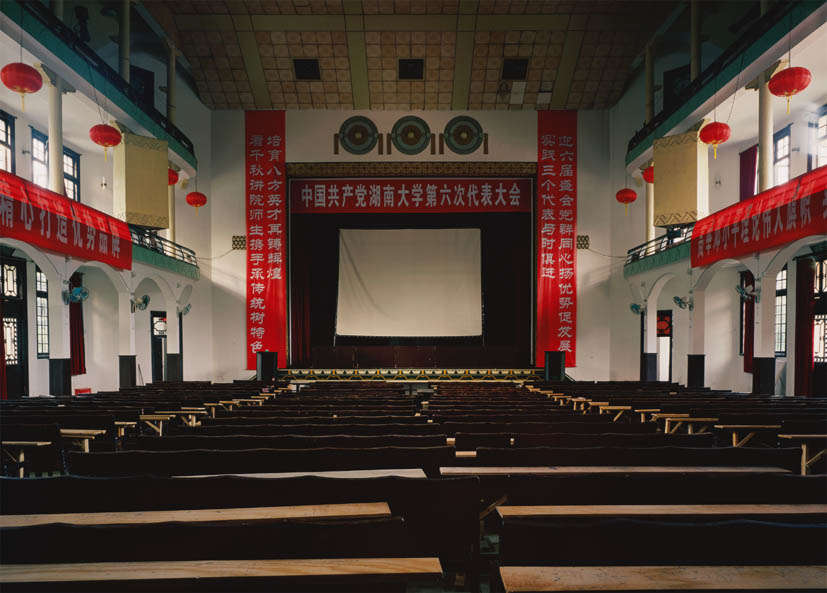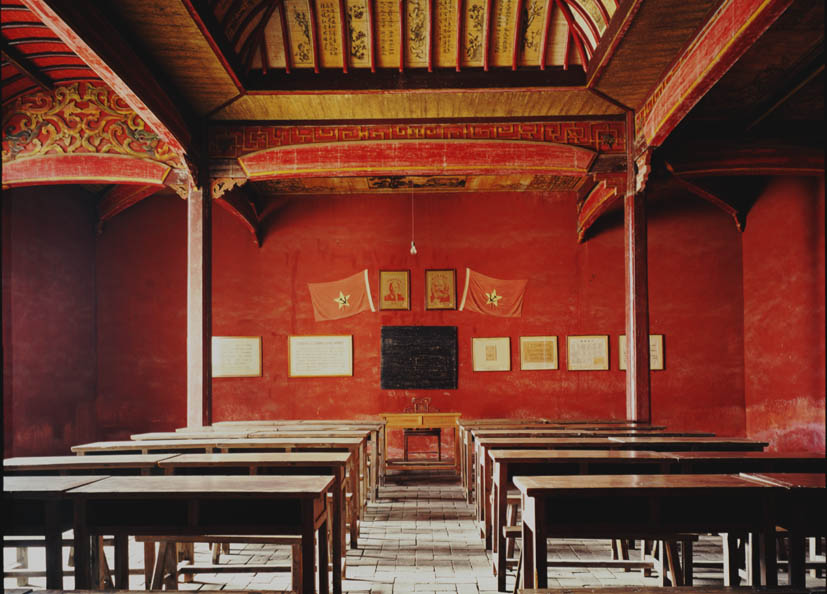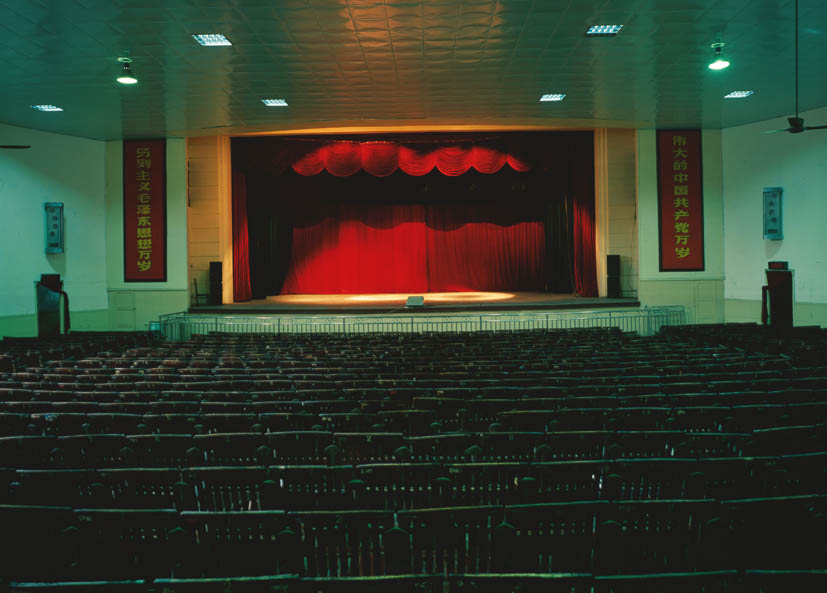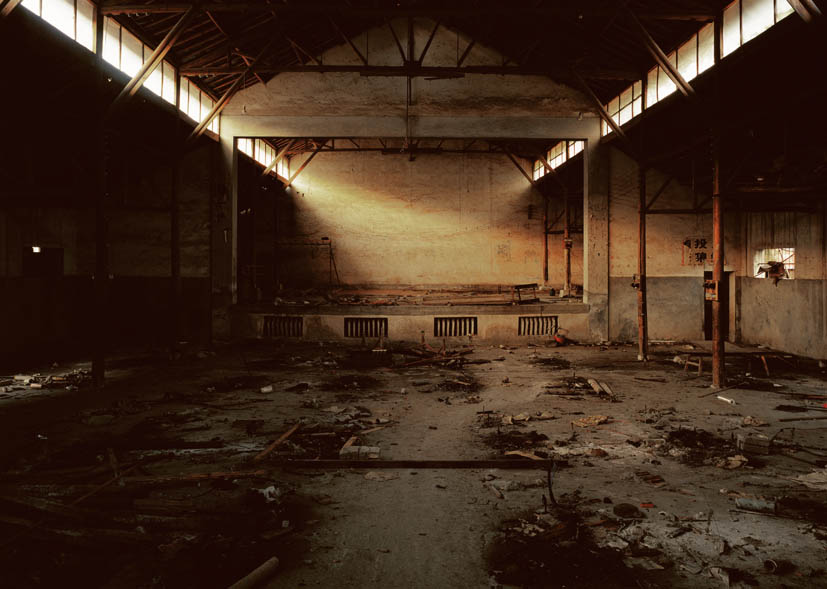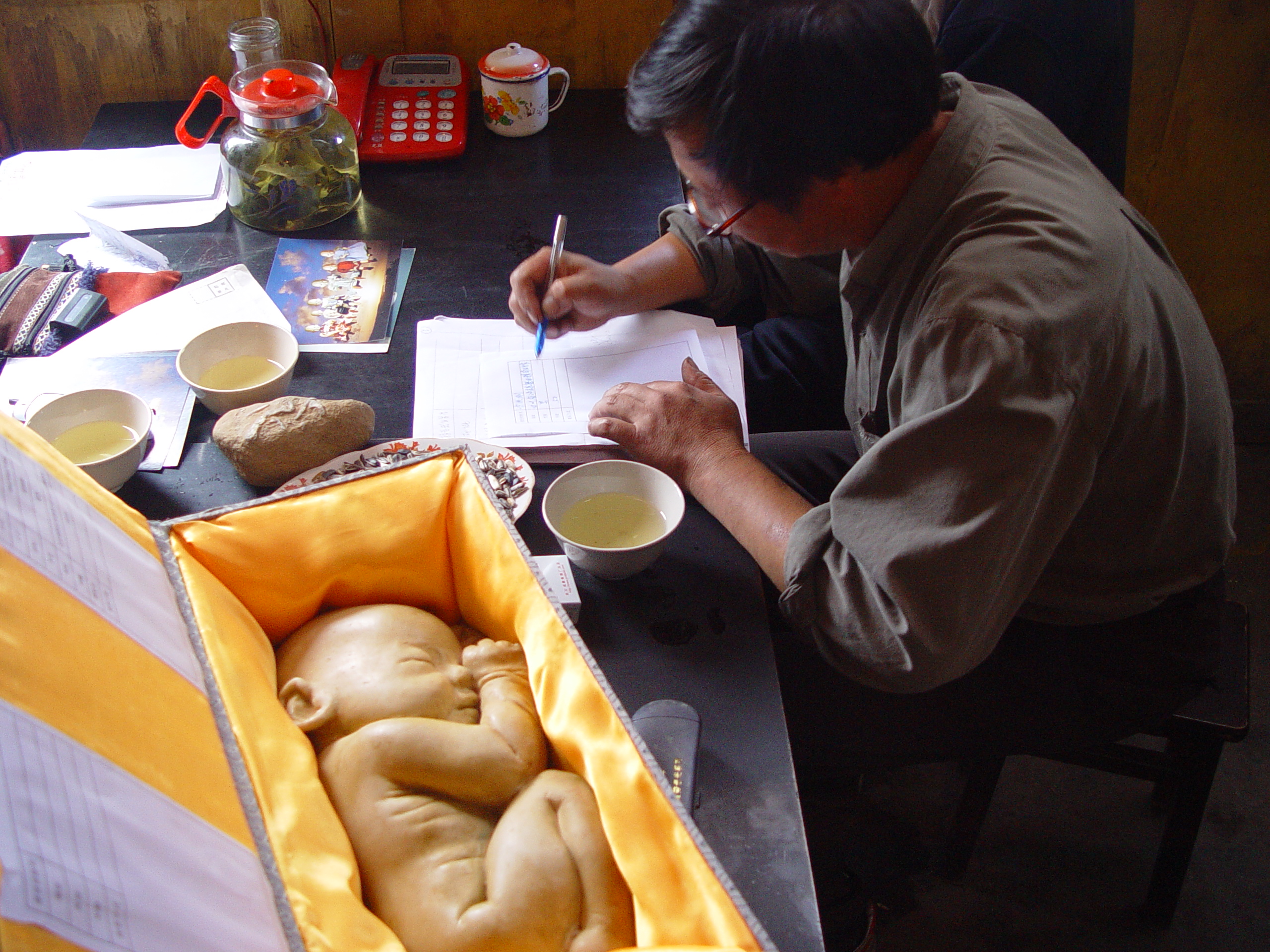Long March – A Walking Visual Display
作品《难民共和国》展在原中华苏维埃中央临时政府前展出-2-400x300.jpg)
Site 1: Ruijin, Jiangxi Province
Long March- A Walking Visual Display
Time: Jun. 28 – Jul. 7, 2002

Site 2: Jinggangshan, Jiangxi Province
Long March- A Walking Visual Display
Time: Jul. 8 – Jul. 12, 2002
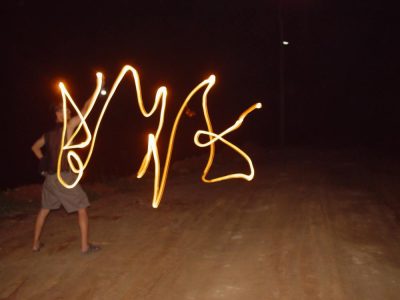
Site 3: Daozhong, Guangxi Autonomous Region
Long March- A Walking Visual Display
Time: Jul. 13 – Jul. 18, 2002
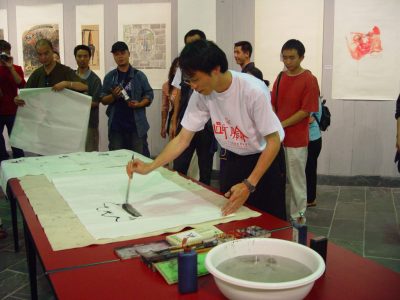
Site 4: Kunming, Yunnan Province
Long March- A Walking Visual Display
Time: Jul. 21 – Jul.22, Aug. 2 – Aug.5, 2002

Site 5: Lijiang, Yunnan Province
Long March- A Walking Visual Display
Time: Jul. 23 – Jul. 27, 2002
Jul. 31 –Aug.01,2002
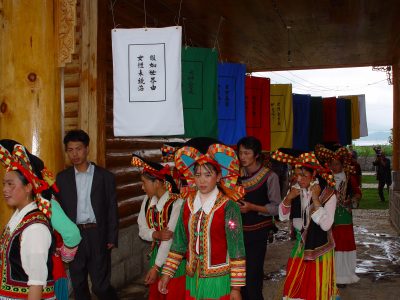
Site 6: Lugu Lake, Yunnan/Sichuan Provinces
Long March- A Walking Visual Display
Time: Jul. 27 – Jul. 30, 2002
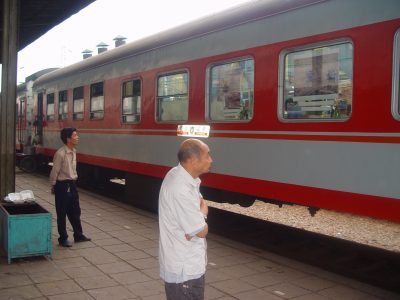
Site 7: On the Train between Kunming and Zunyi
Long March- A Walking Visual Display
Time: Aug. 6, 2002
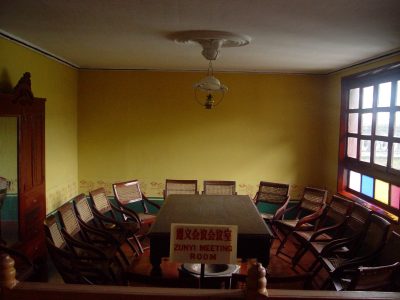
Site 8: Zunyi, Guizhou Province
Long March- A Walking Visual Display
Time: Aug. 7 – Aug. 12, 2002
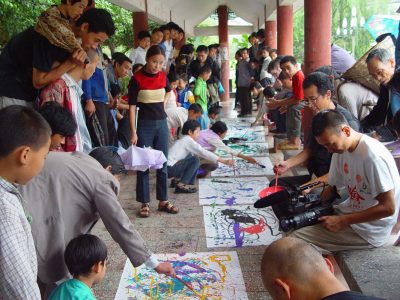
Site 9: Maotai, Guizhou Province
Long March- A Walking Visual Display
Time: Aug. 13 – Aug. 15, 2002
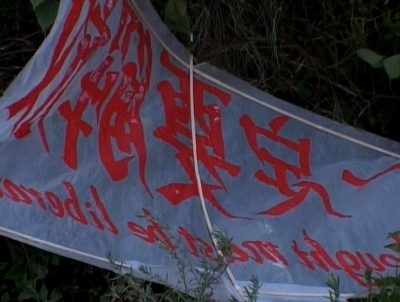
Site 10: Xichang Long March Satelite Station, Sichuan Province
Long March- A Walking Visual Display
Time: Aug. 16 – Aug. 21
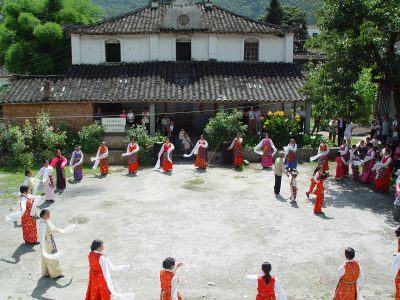
Site 11: Moxi, Sichuan Province
Long March- A Walking Visual Display
Time: Aug. 22 – Aug. 27, 2002
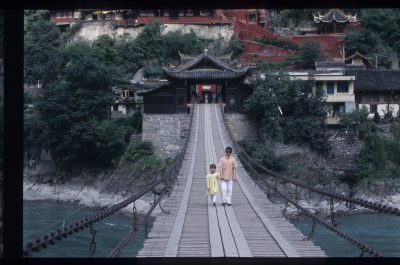
Site 12: From Anshunchang to Luding Bridge
Long March- A Walking Visual Display
Time: Aug. 28 – Sep. 1, 2002
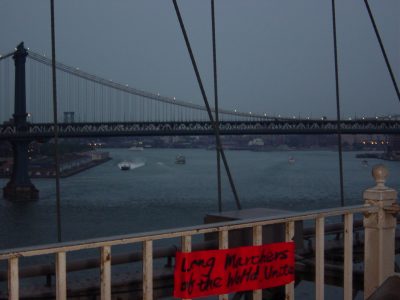
Works made along the Long March
Long March- A Walking Visual Display
Time: 2002
Artists: Qu Guangci, Qiu Zhenzhong, Song Dong, Yin Xiuzhen, Wang Bo, Qin Ga, Qiu Zhijie, Ingo Günther, Jiang Jie, Wang Jingsong, Yao Ruizhong, Shao Yinong, Mu Chen, Xiao Lu, Shen Meng, Xiao Xiong, Ding Jie
Works made along the Long March
Long March- A Walking Visual Display
Time: 2002
Artists: Qu Guangci, Qiu Zhenzhong, Song Dong, Yin Xiuzhen, Wang Bo, Qin Ga, Qiu Zhijie, Ingo Günther, Jiang Jie, Wang Jingsong, Yao Ruizhong, Shao Yinong, Mu Chen, Xiao Lu, Shen Meng, Xiao Xiong, Ding Jie
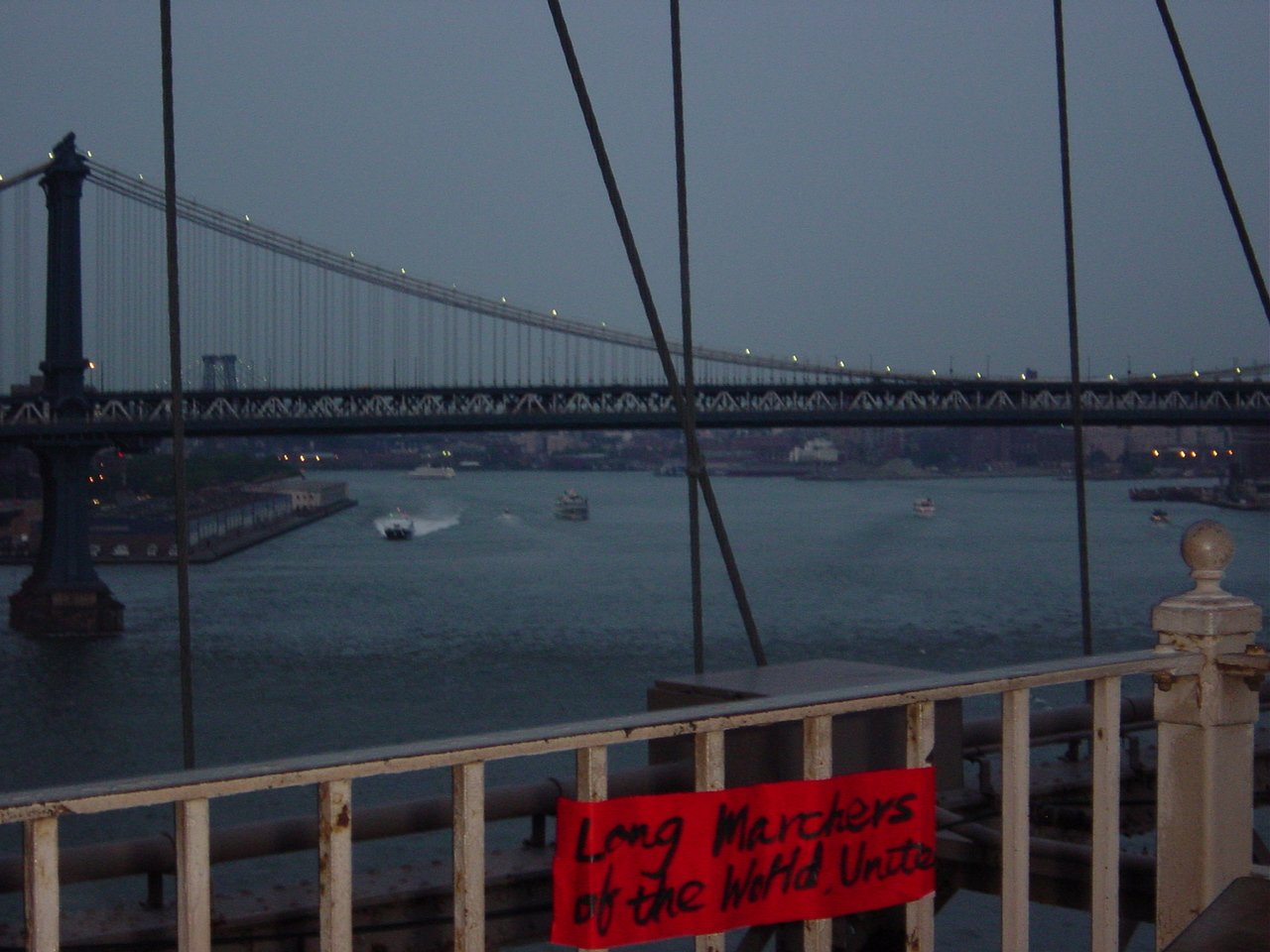
Xiao Lu, Shen Meng
June 2002. While the “Long March” troops are preparing to leave Beijing, far away in New York, Xiao Lu and Shen Meng have already initiated the work of the “Long March Propaganda Team”. For days they posted flyers on the streets with slogans like “The Red Army is Coming”, “Long Live the Long March”, “longmarch!”, “The Proletariat is fearless”, written in big red letters. The “Long March Propaganda Team” was founded by Xiao Lu and Shen Meng and counts Zhao Gang, Yu Congrong, Ma Limei, Cai Guoqiang’s wife and daughter Wu Honghong and Cai Wenyou and others as its members. Xu Bing created the logo for the New York Long March event.
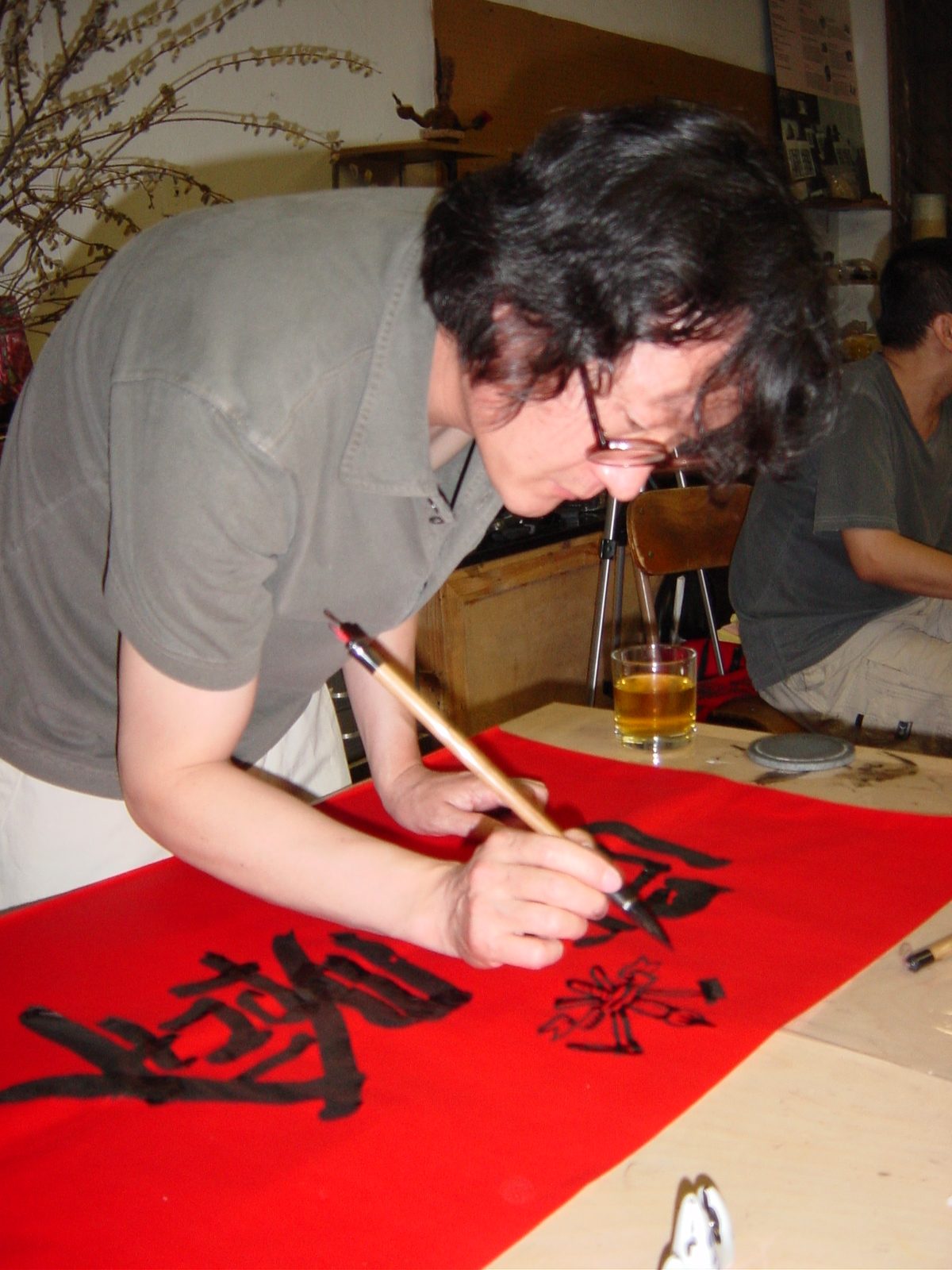
 Xiao Lu, Shen Meng, et al, Long March Propaganda Team, 2002
Xiao Lu, Shen Meng, et al, Long March Propaganda Team, 2002
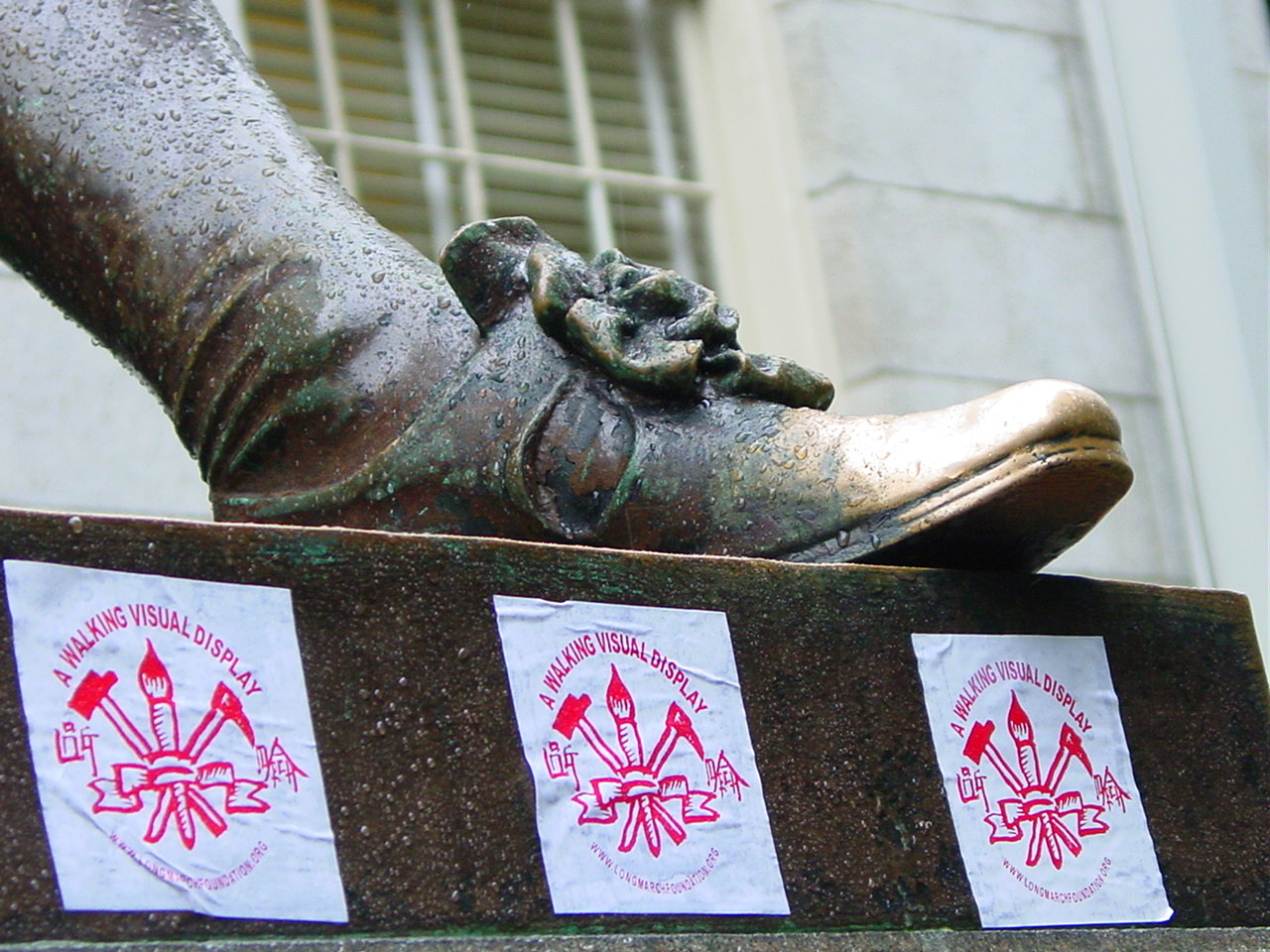
 Xiao Lu & Shen Meng, Execution of Long March Propaganda Team work in New York, 2002
Xiao Lu & Shen Meng, Execution of Long March Propaganda Team work in New York, 2002
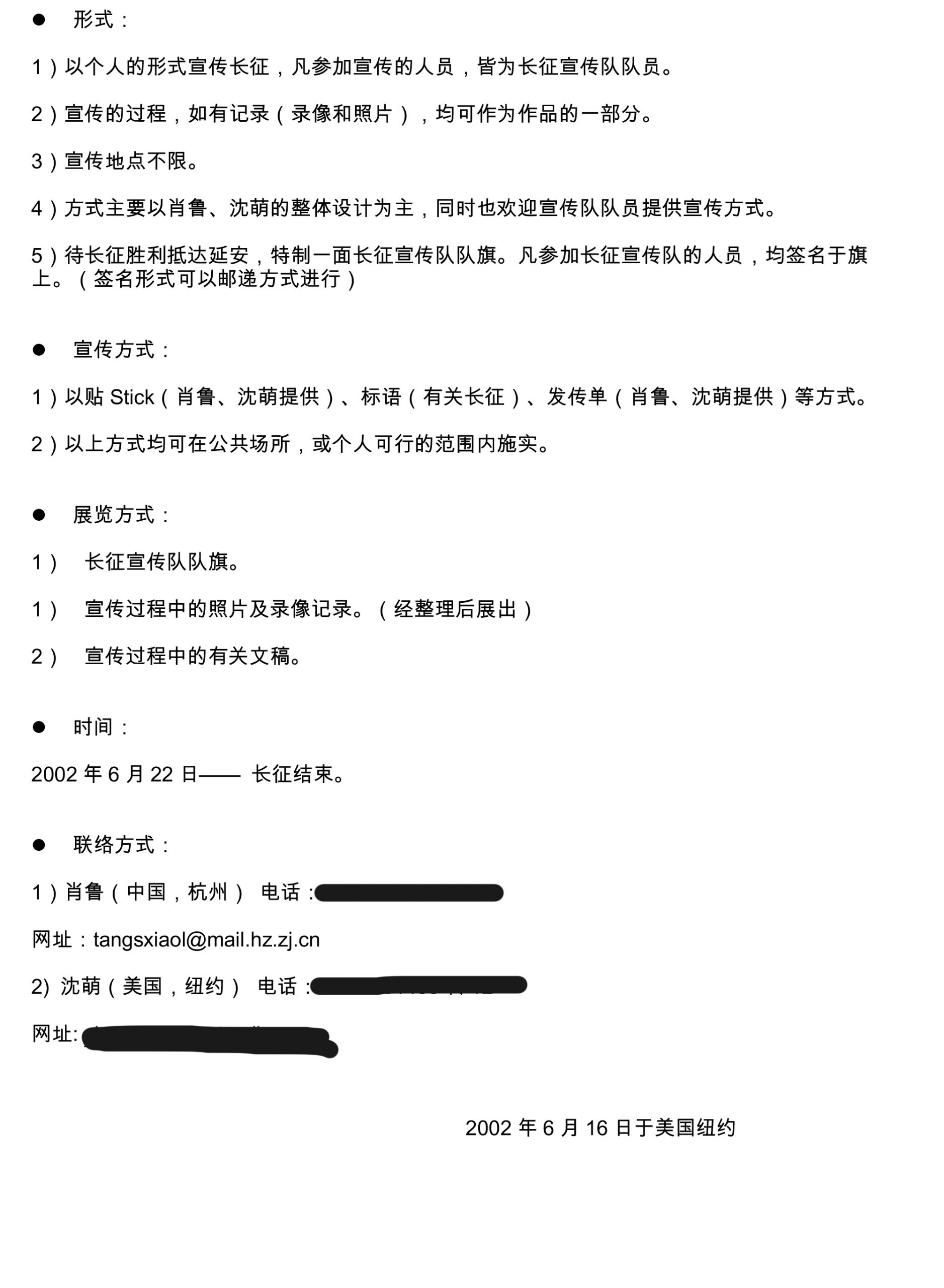
 Xiao Lu & Shen Meng, Work plan for Long March Propaganda Team and recording of first event, 2002
Xiao Lu & Shen Meng, Work plan for Long March Propaganda Team and recording of first event, 2002
Xiao Xiong
10 July 2002. Xiao Xiong left Beijing following the route of the Red Army’s Long March. Setting out with a bust of Chairman Mao purchased at the Chairman Mao Memorial Hall in Beijing in his luggage, he bartered and exchanged goods along the way. Xiao Xiong’s project overlapped with the path taken by the curatorial brigade, and they crossed paths twice along the way reaching Yudu County and Ruijin (the starting point of the Long March) by August 20 at which point the journey of exchange was completed. The objects Xiao Xiong had in his suitcase at the end of the journey were a thermometer, Long March logos, a postmark, and an official seal.
In his Exchange Diary (2002), Xiao Xiong writes: “My intention, what I had initially written down in my plans was shattered early on in the process of carrying out the actual project…I simply became responsible for recording the “other” amidst the rush of people…The process of the Long March ought to be written down by hand, not printed.”
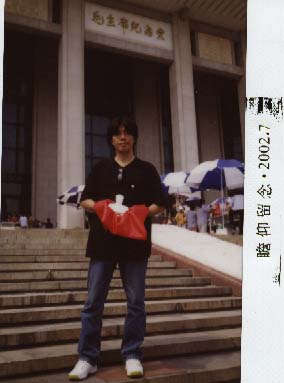
Xiao Xiong, Enter and Exit, 2002
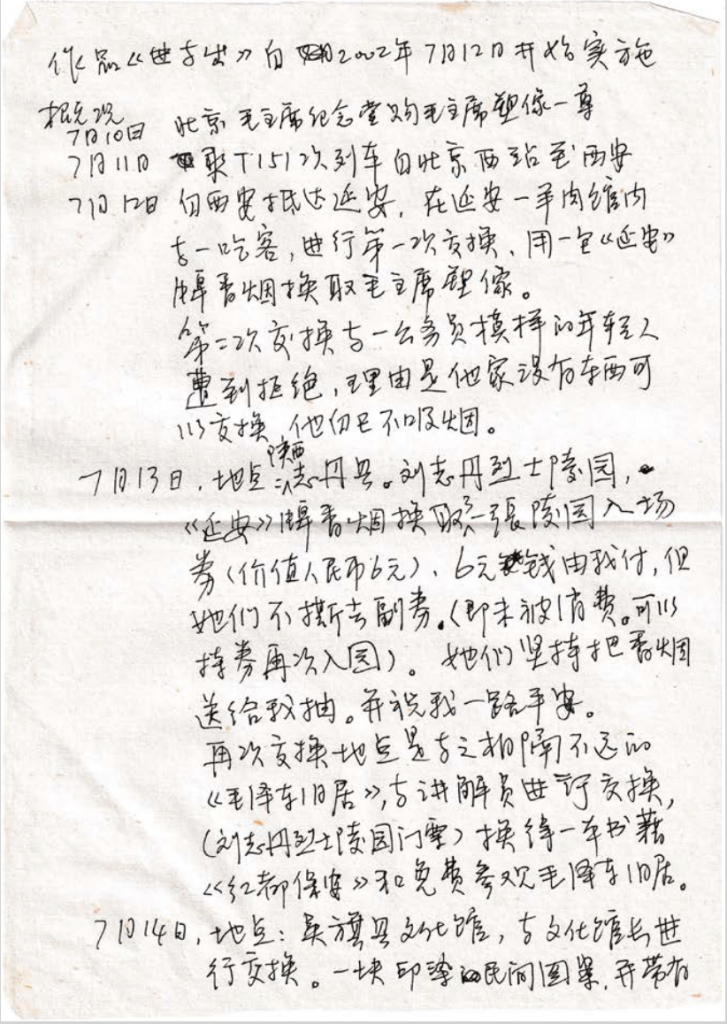 Xiao Xiong’s record of his journey in Exchange Journal, manuscript, 2002
Xiao Xiong’s record of his journey in Exchange Journal, manuscript, 2002
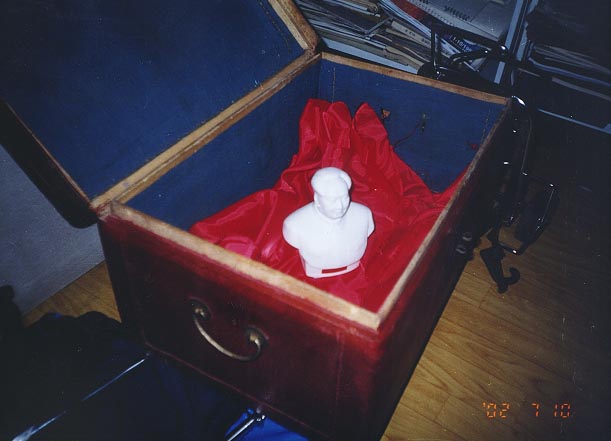 Bust of Chairman Mao carried in the suitcase at the start of Enter and Exit
Bust of Chairman Mao carried in the suitcase at the start of Enter and Exit
 Upon returning the suitcase at the conclusion of Enter and Exit, there remained one thermometer, one psychrometer, one short piece of yak leather rope. Inside the box are the signatures of the people who participated in the exchanges.
Upon returning the suitcase at the conclusion of Enter and Exit, there remained one thermometer, one psychrometer, one short piece of yak leather rope. Inside the box are the signatures of the people who participated in the exchanges.
Sui Jianguo
Qu Guangci
4 July. “Qu Guangci”, the executor of Qu Guangci’s work Who is the Third Party?, arrived in Ruijin and reported to the Long March troops. He is a 30-year-old man employed by Qu Guangci to embody the identity of Qu Guangci for the duration of Long March activites, who is also responsible for carrying out the implementation of the work The Model Soldier on the Road of the New Long March. Additionally, the Long March organizing committee has authorized “Qu Guangci” to assist in the implementation of Qiu Zhenzhong’s Signature, and support the works of Song Dong, Yin Xiuzhen and others throughout the project’s duration.
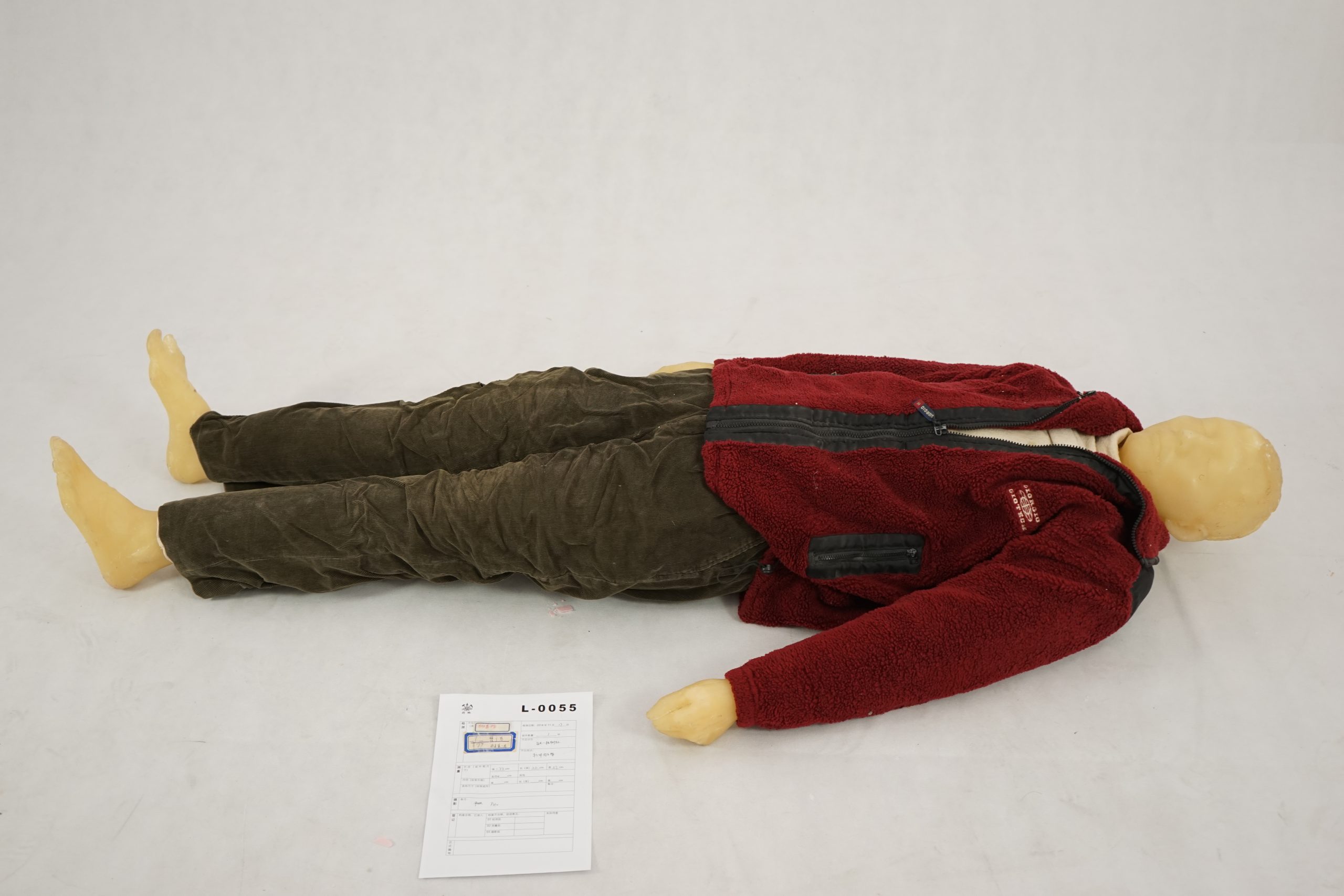 Qu Guangci, Who is the Third Party?, 2002
Qu Guangci, Who is the Third Party?, 2002
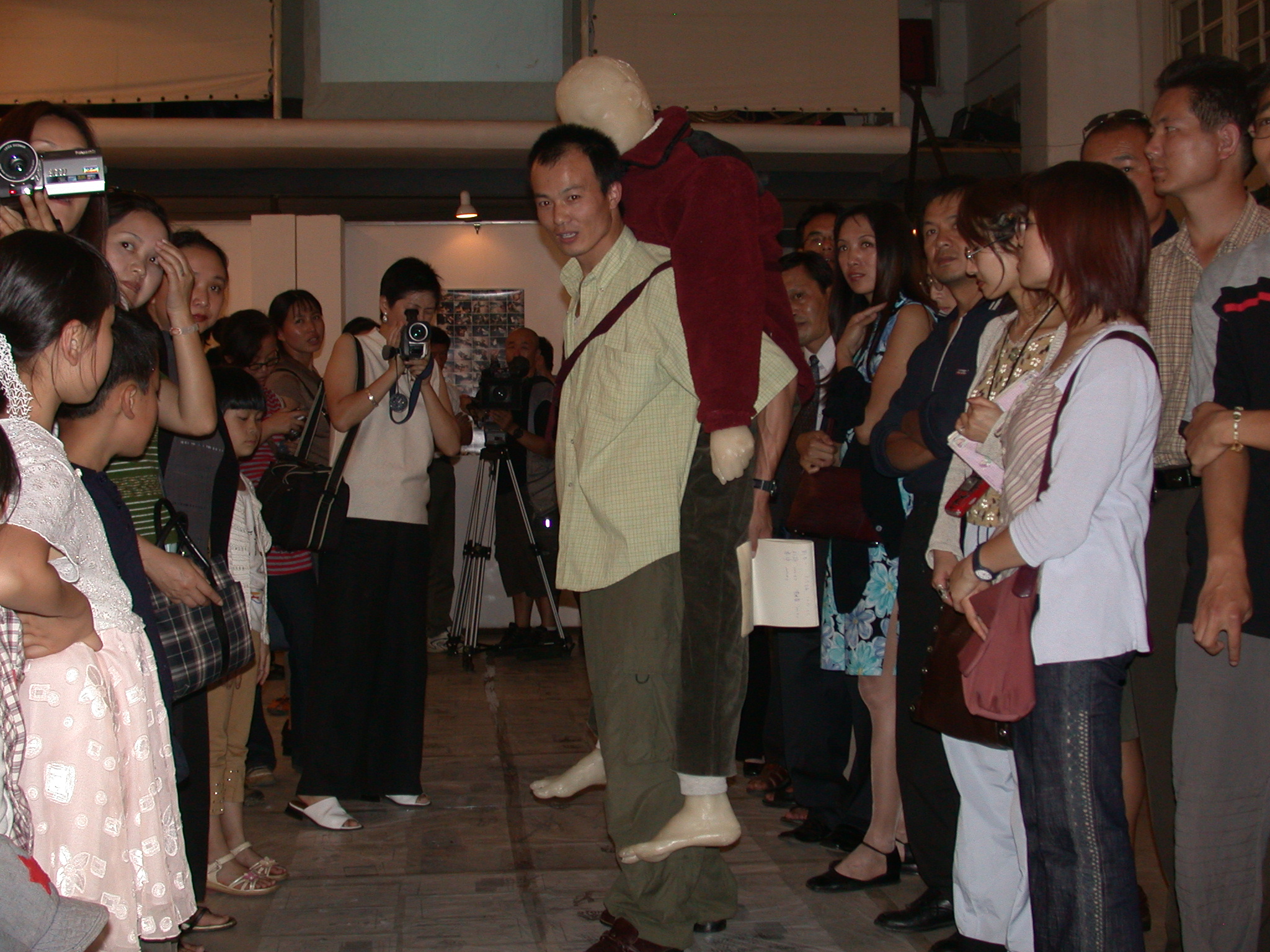

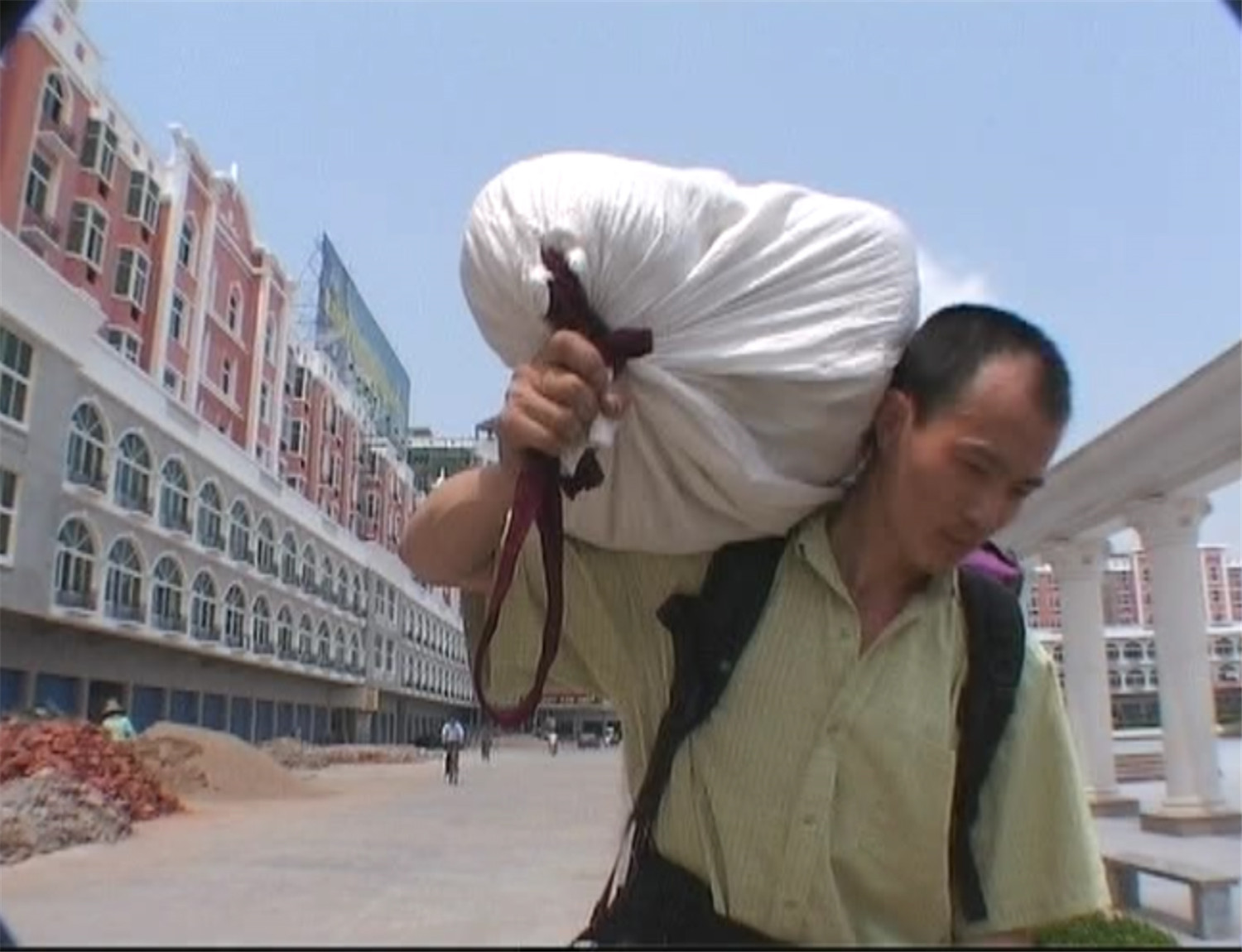
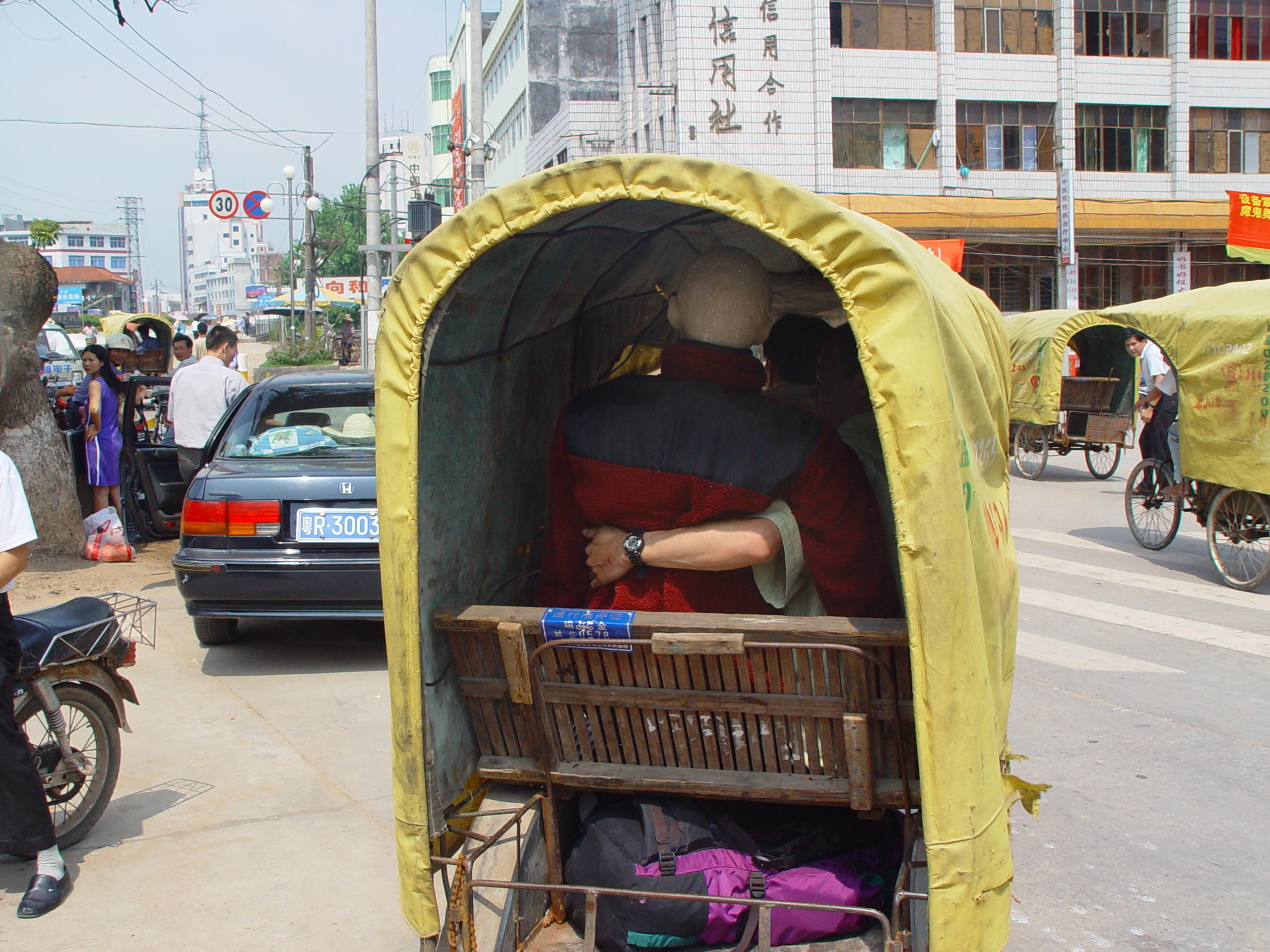
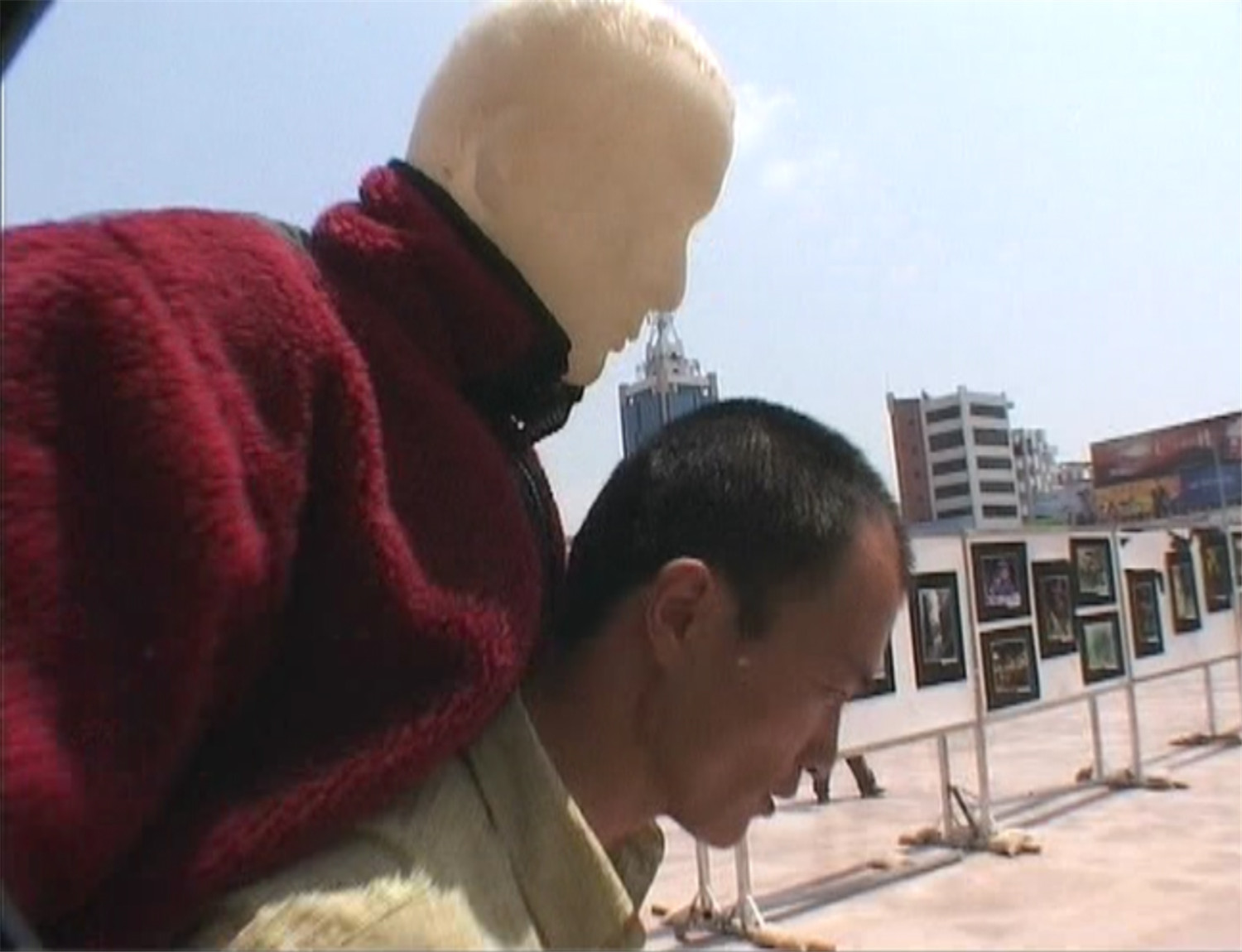

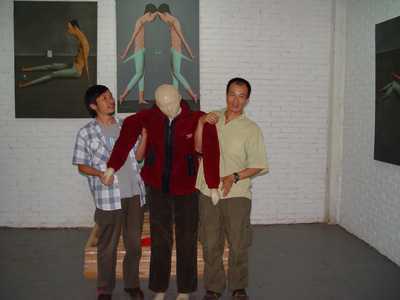
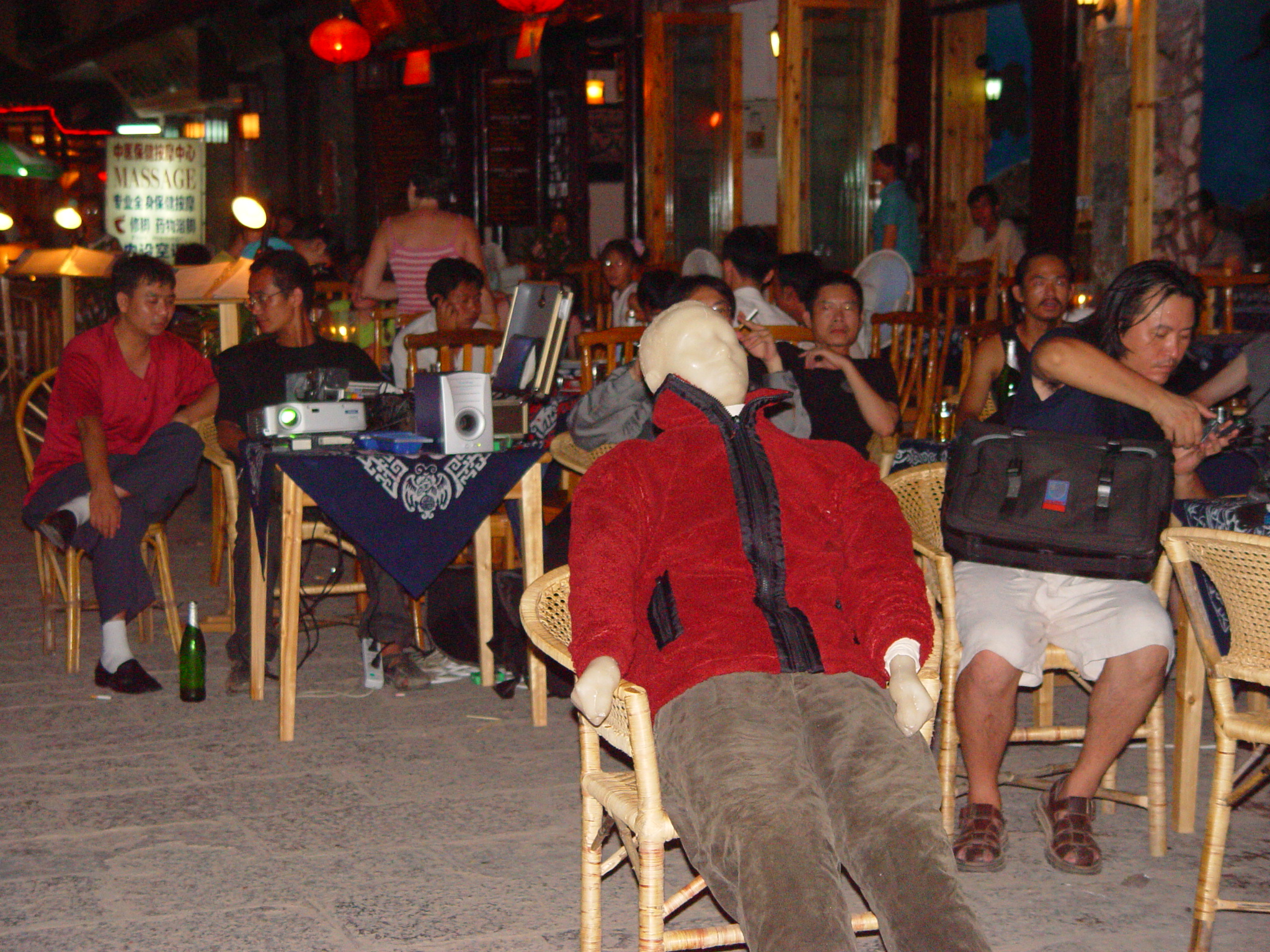
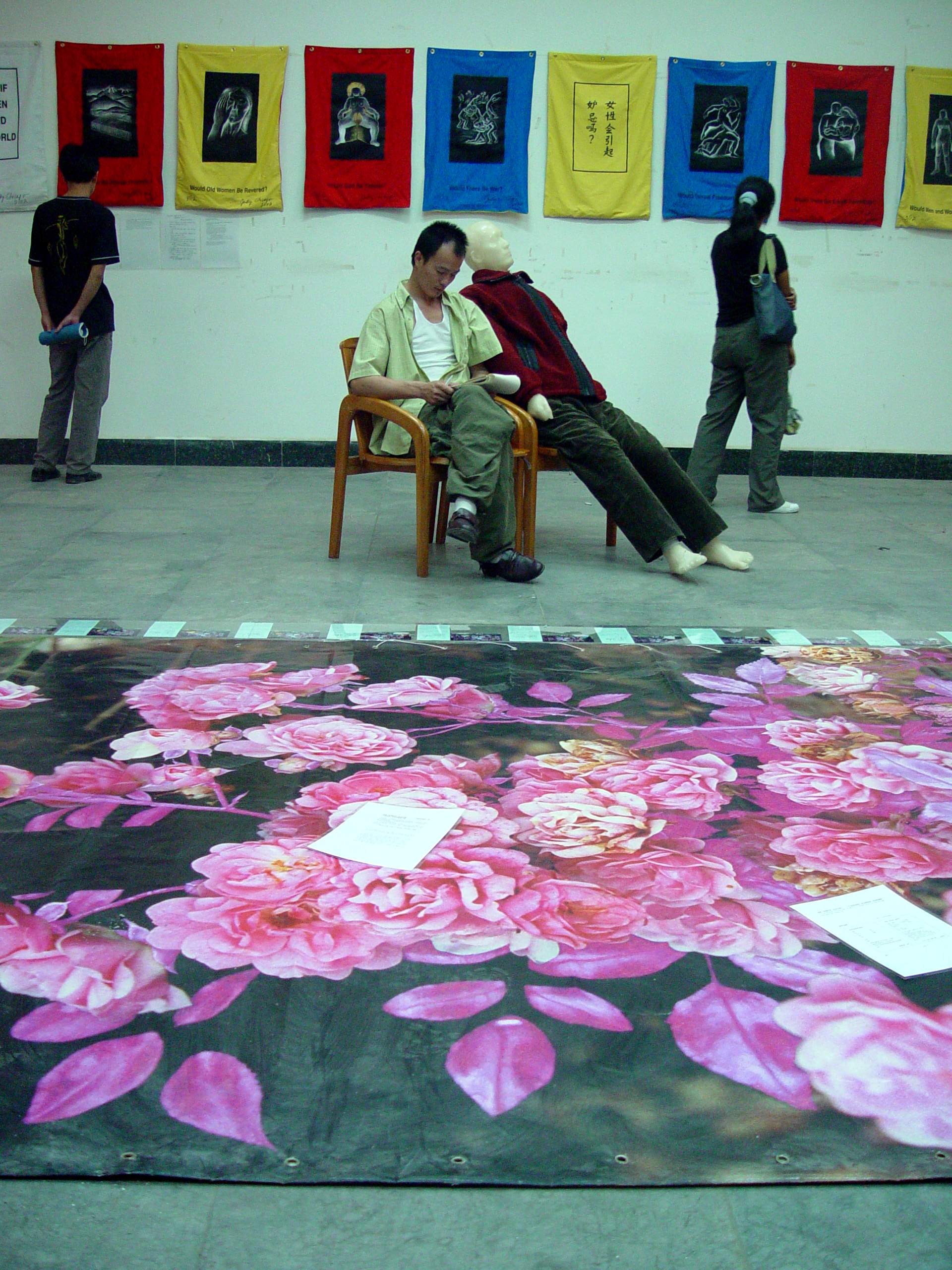
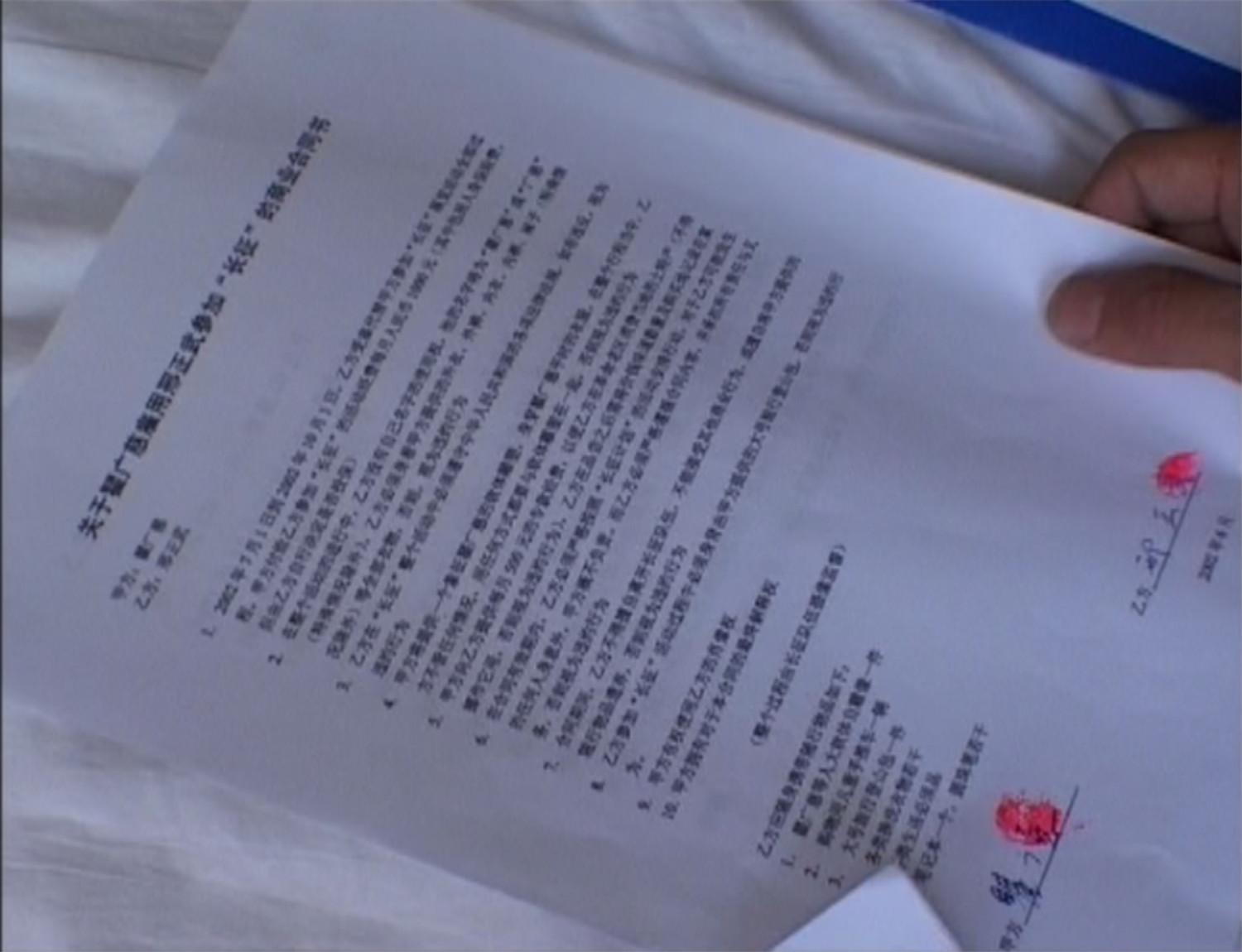 Qu Guangci, Who is the Third Party?, draft contract
Qu Guangci, Who is the Third Party?, draft contract
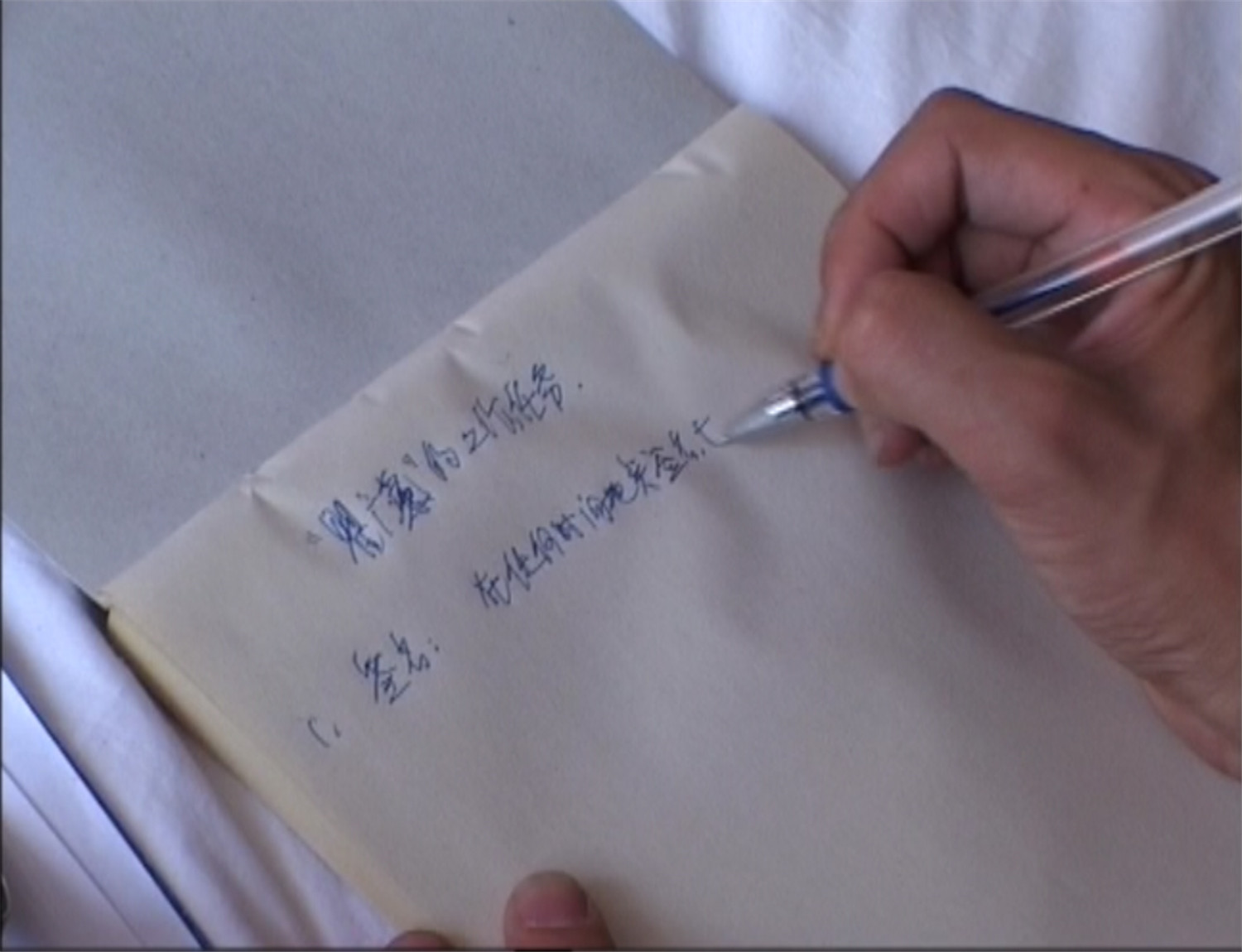
All comrades participating in the Long March were invited to vote for “The Model Soldier on the Road of the New Long March”, placing their ballot in the corresponding “democracy box”. After three months, three names were selected as the model soldiers (those previously selected as model soldiers who were selected again were not counted), and the voting process was completed by “Qu Guangci”.
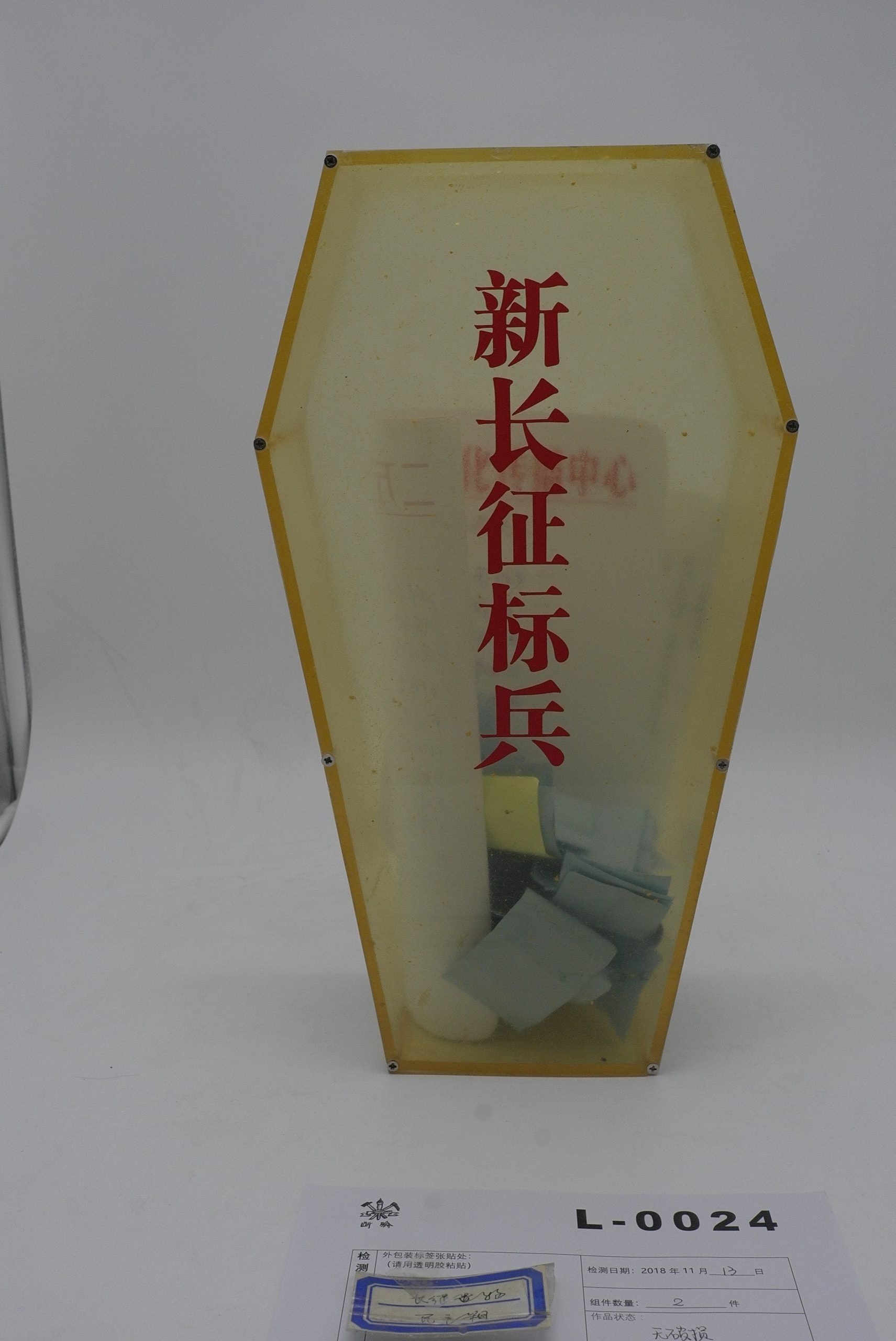 Qu Guangci, Who is the Third Party?, 2002
Qu Guangci, Who is the Third Party?, 2002
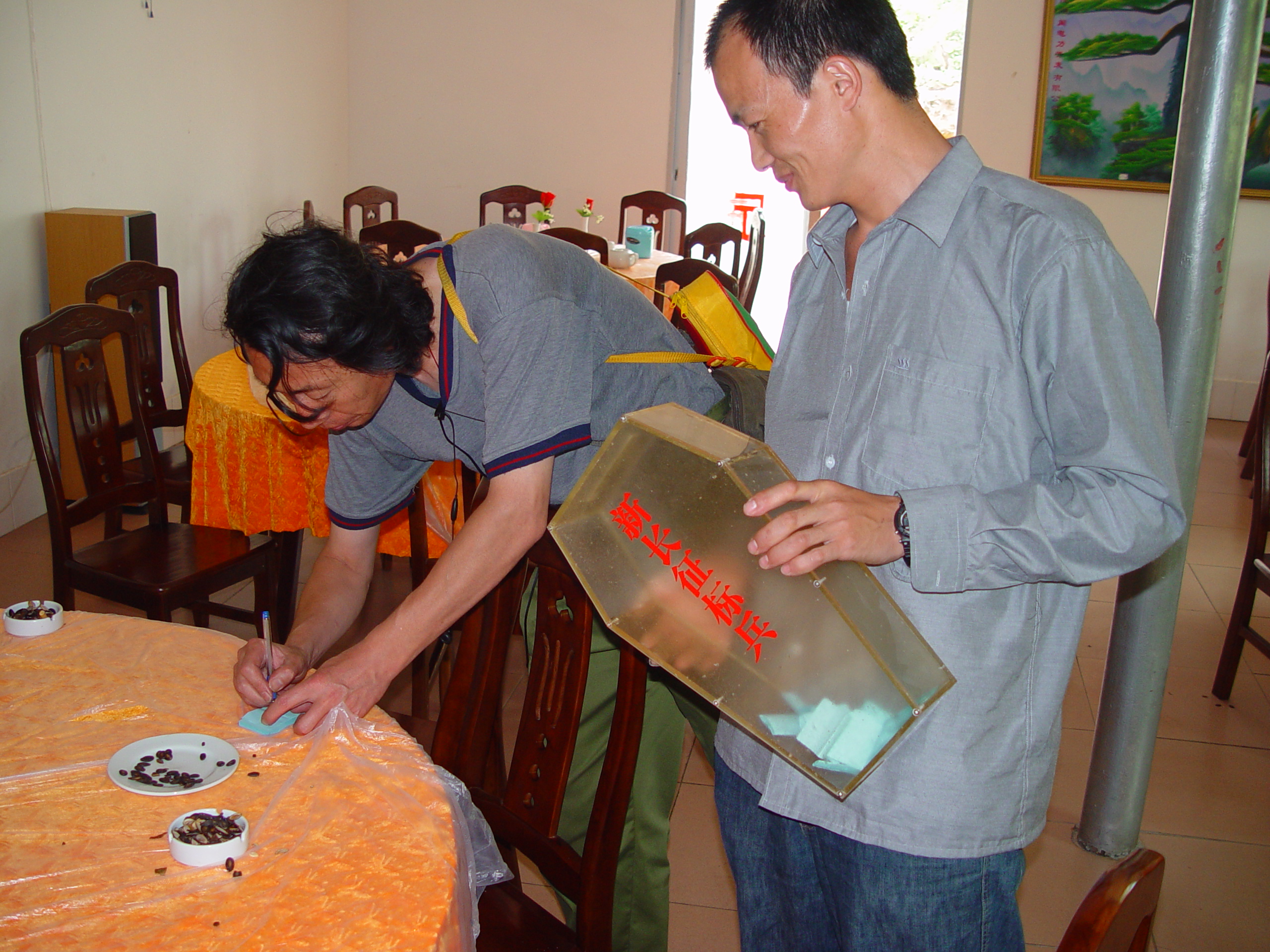
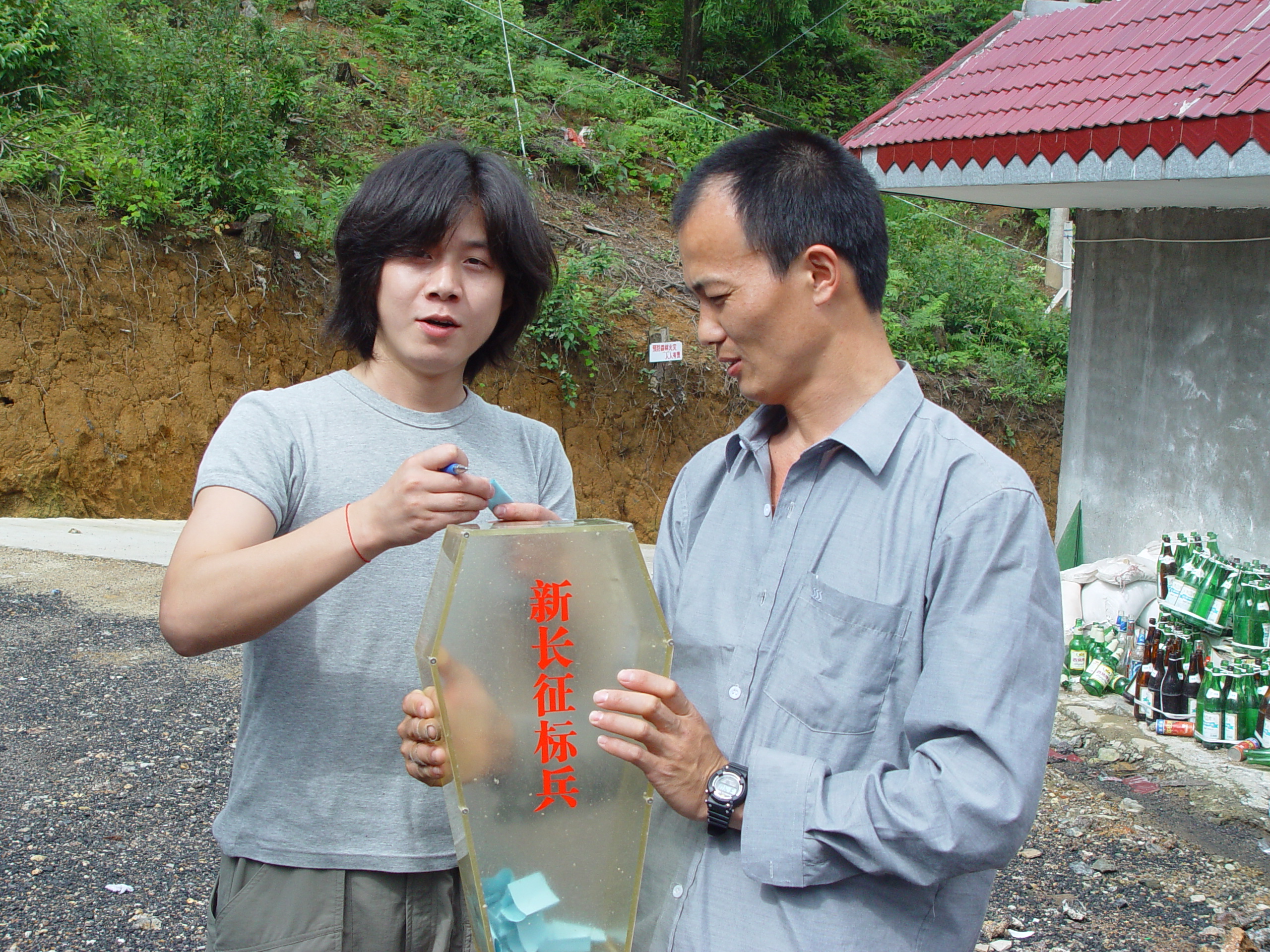
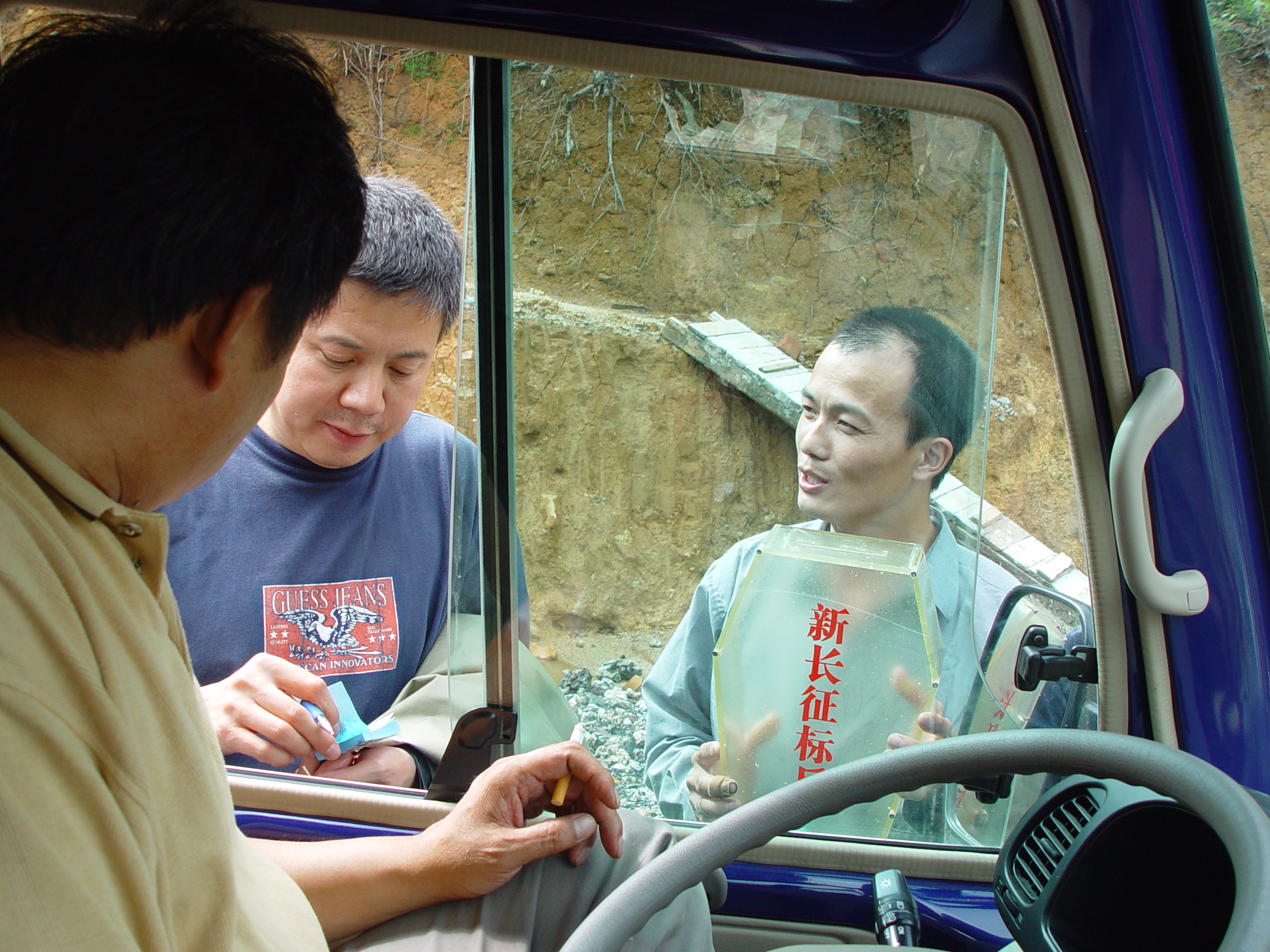
Wang Jingsong
Song Dong
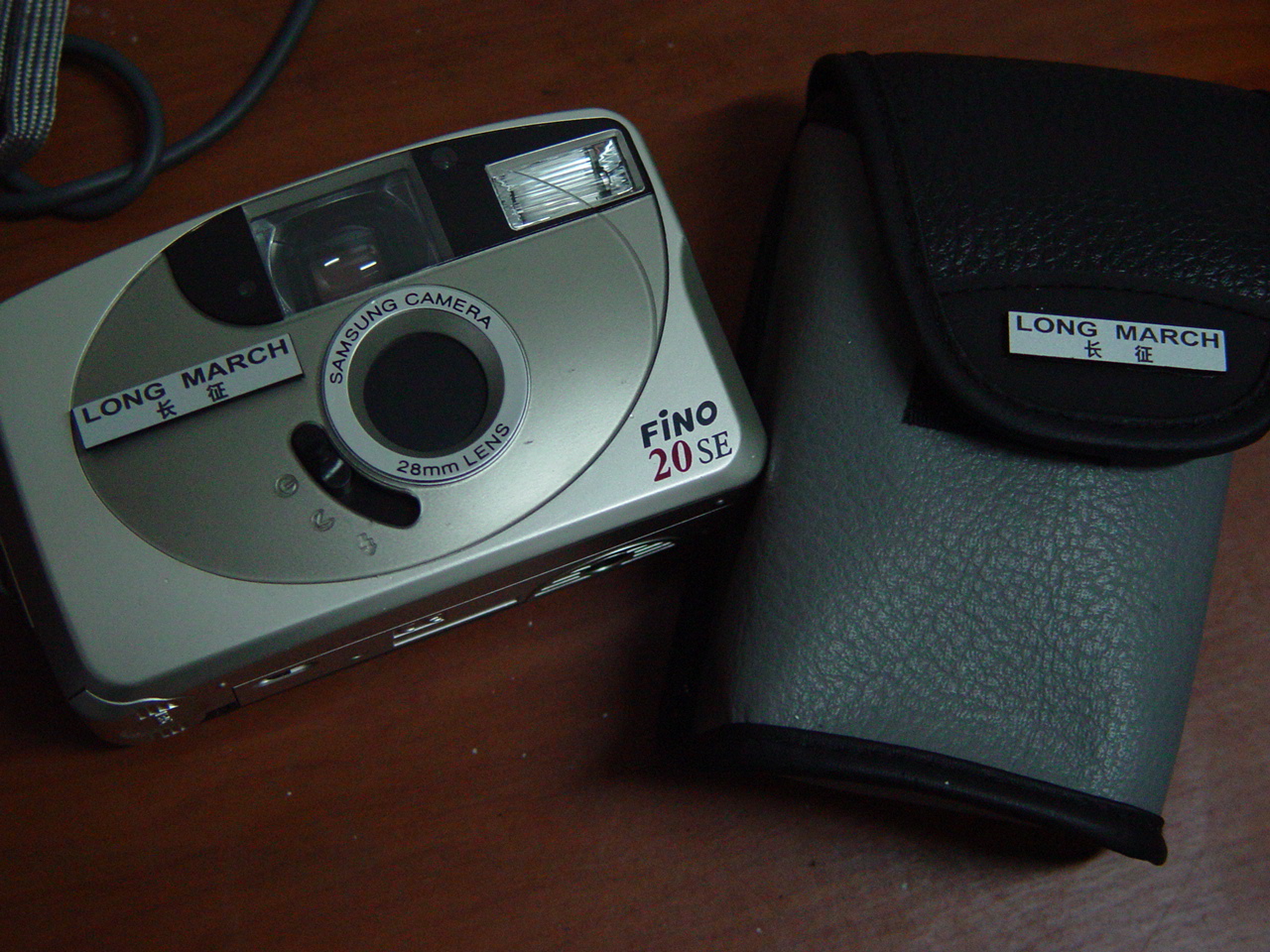 Song Dong, Long March Camera, 2002
Song Dong, Long March Camera, 2002
Song Dong, Walking Space 1:25000, 2002
Wang Bo
Wang Bo, QQ Long March, 2002
Ding Jie
As one of the artists who submitted a proposal to exhibit works at Lugu Lake, Ding Jie’s work was exhibited just outside of the “House for Chinese Women”. Lugu Lake Area Plant Ecological Plan; Local Villagers Sustainable Production Training Program.
 Ding Jie, Non-art Activities, 2002
Ding Jie, Non-art Activities, 2002
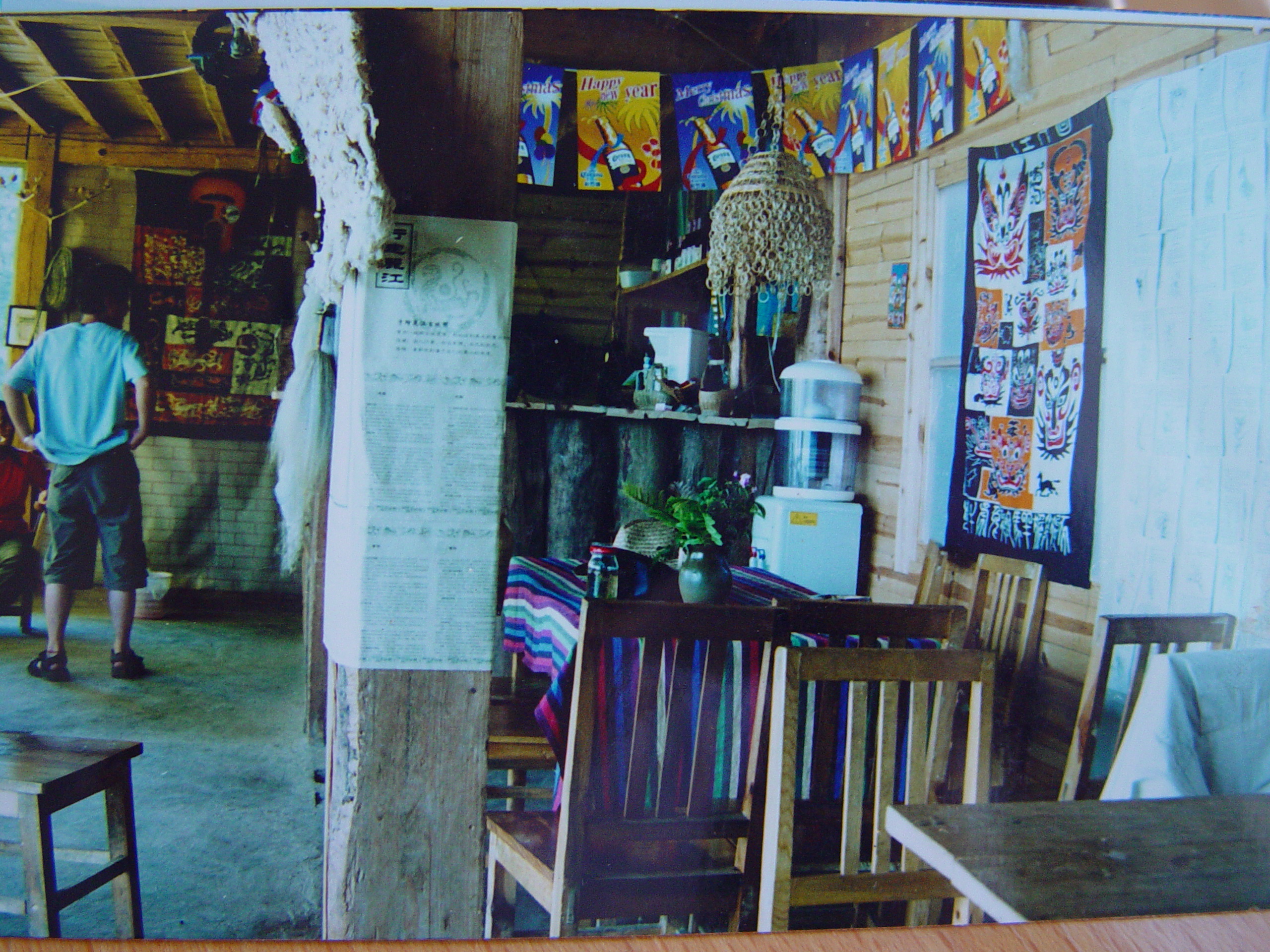

Shao Yinong, Mu Chen
Yao Jui-chung
The Taiwanese artist Yao Jui-chung took the first photograph for his work Turning the World Upside-down in front of a memorial plaque. Yao Jui-chung’s working method retraces history through his own body, standing upside down on his hands at memorial sites along the route of the Long March, the images displayed upside down in the subsequent exhibition. Witnessing Yao Jui-chung’s creative process reminded the group of his previous Historical Survey series which was likewise focused on the movement of the body at various sites of historical relevance. In that series, Yao Jui-chung jumped straight up into the air, using the experience of being ‘neither here nor there’ between sky and earth as a commentary on how individual human entanglements with a given historical context become lost over time. Discussion of this translated into action, and numerous people imitated Yao Jincheng’s action, with the artist ending up inviting everyone to jump with him. This joke became more and more serious, and Yao Jui-chung went so far as to very conscientiously photograph the actions at every stop along the Long March.
 Yao Jui-chung,Turning the World Upside-down,2002
Yao Jui-chung,Turning the World Upside-down,2002
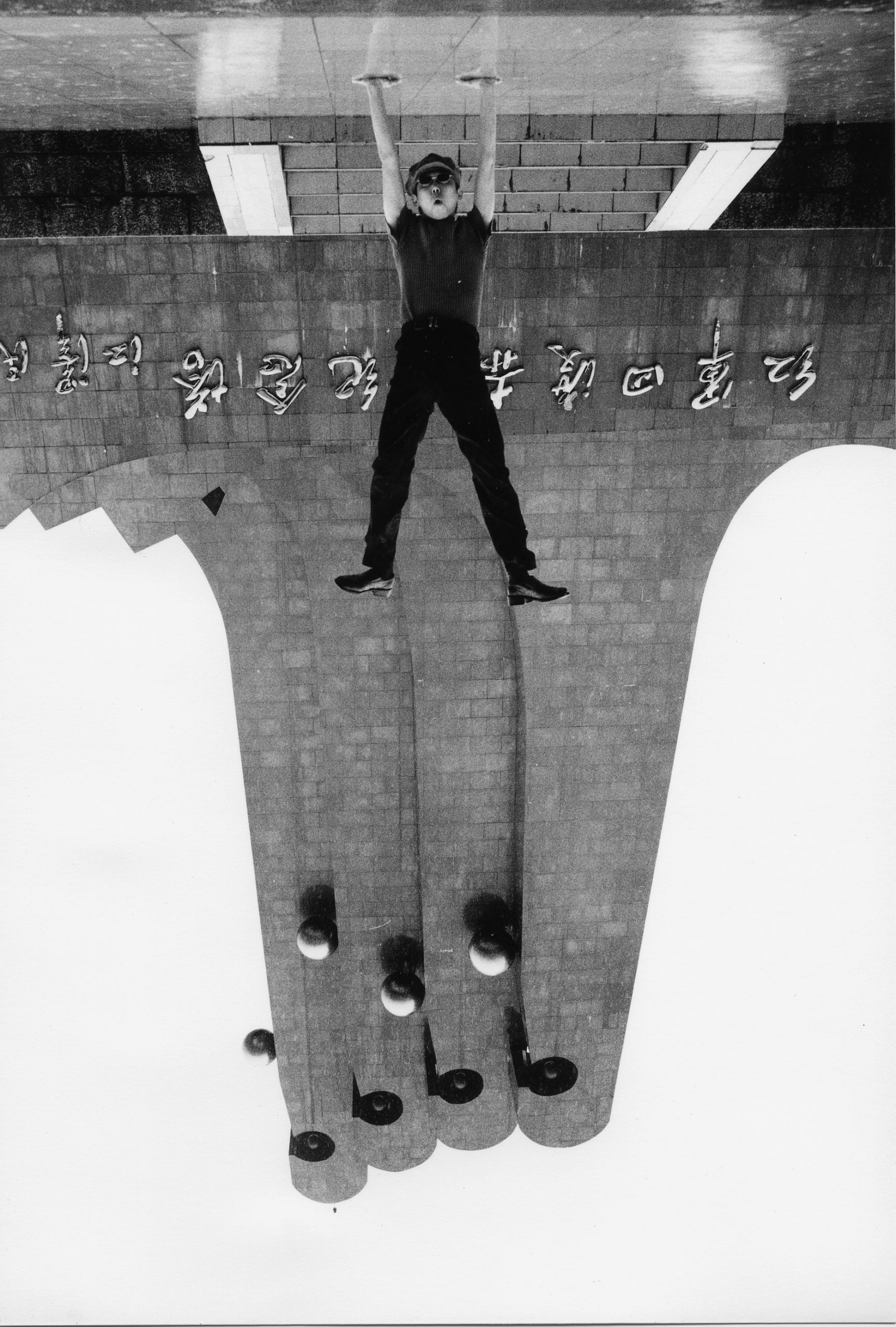
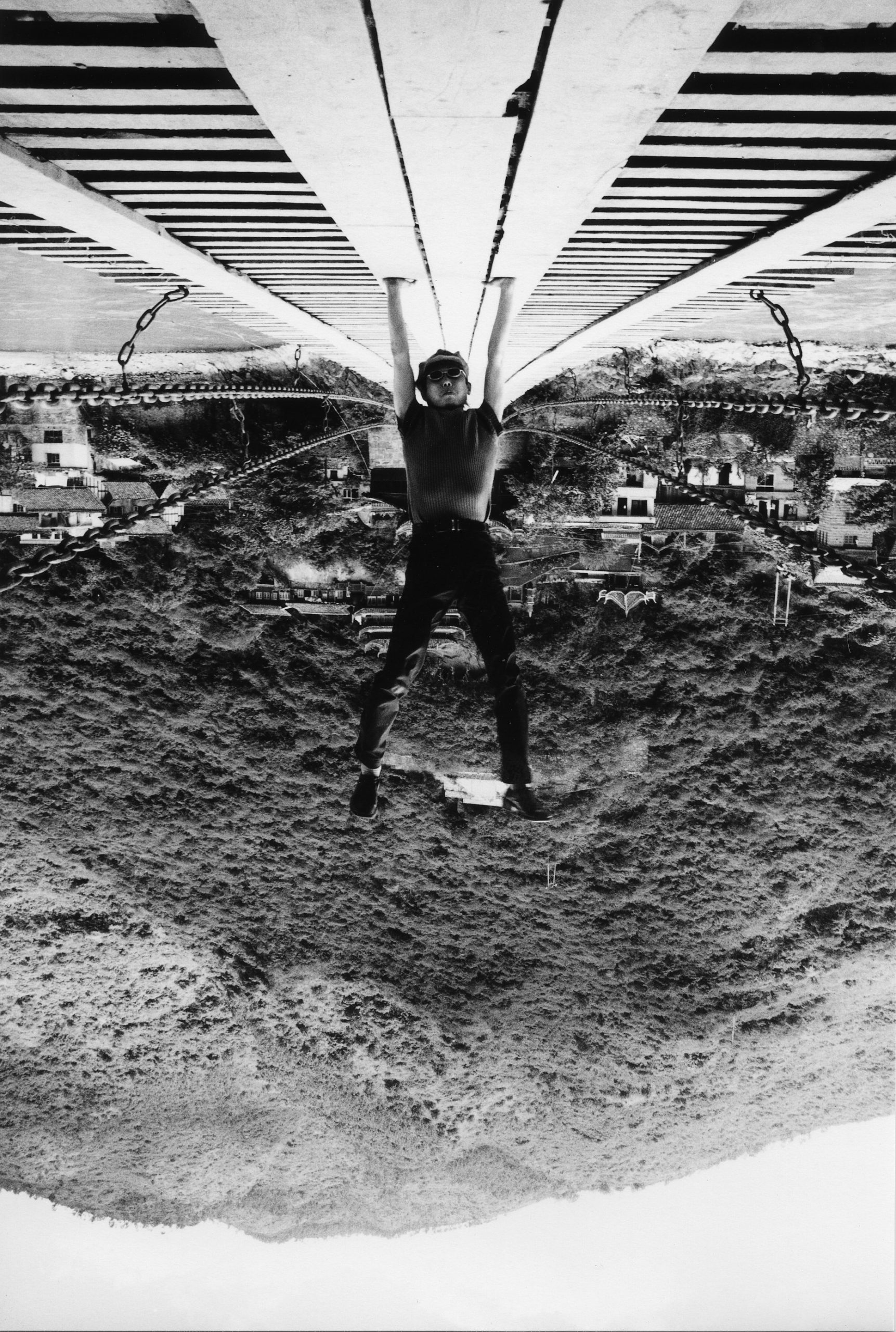
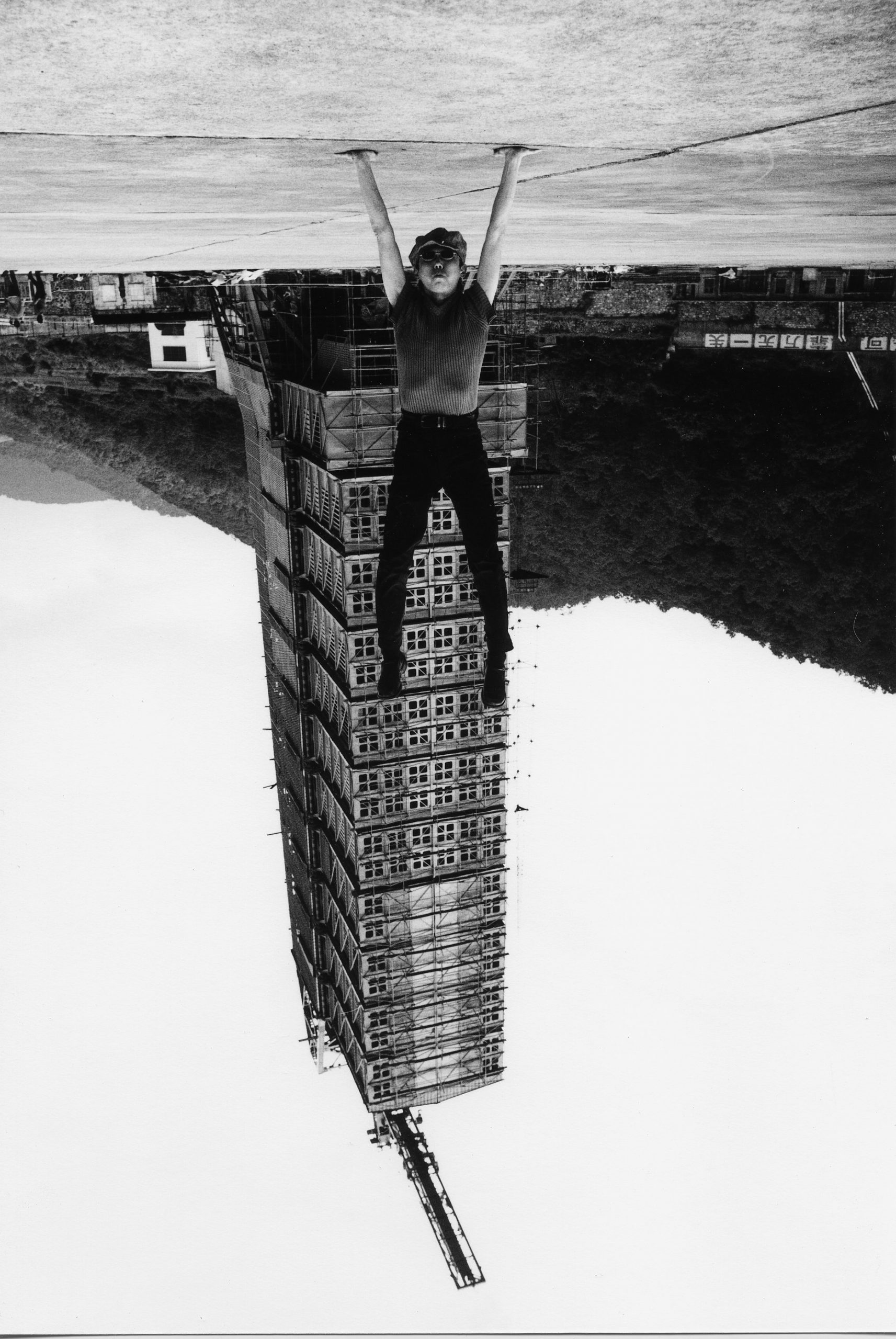
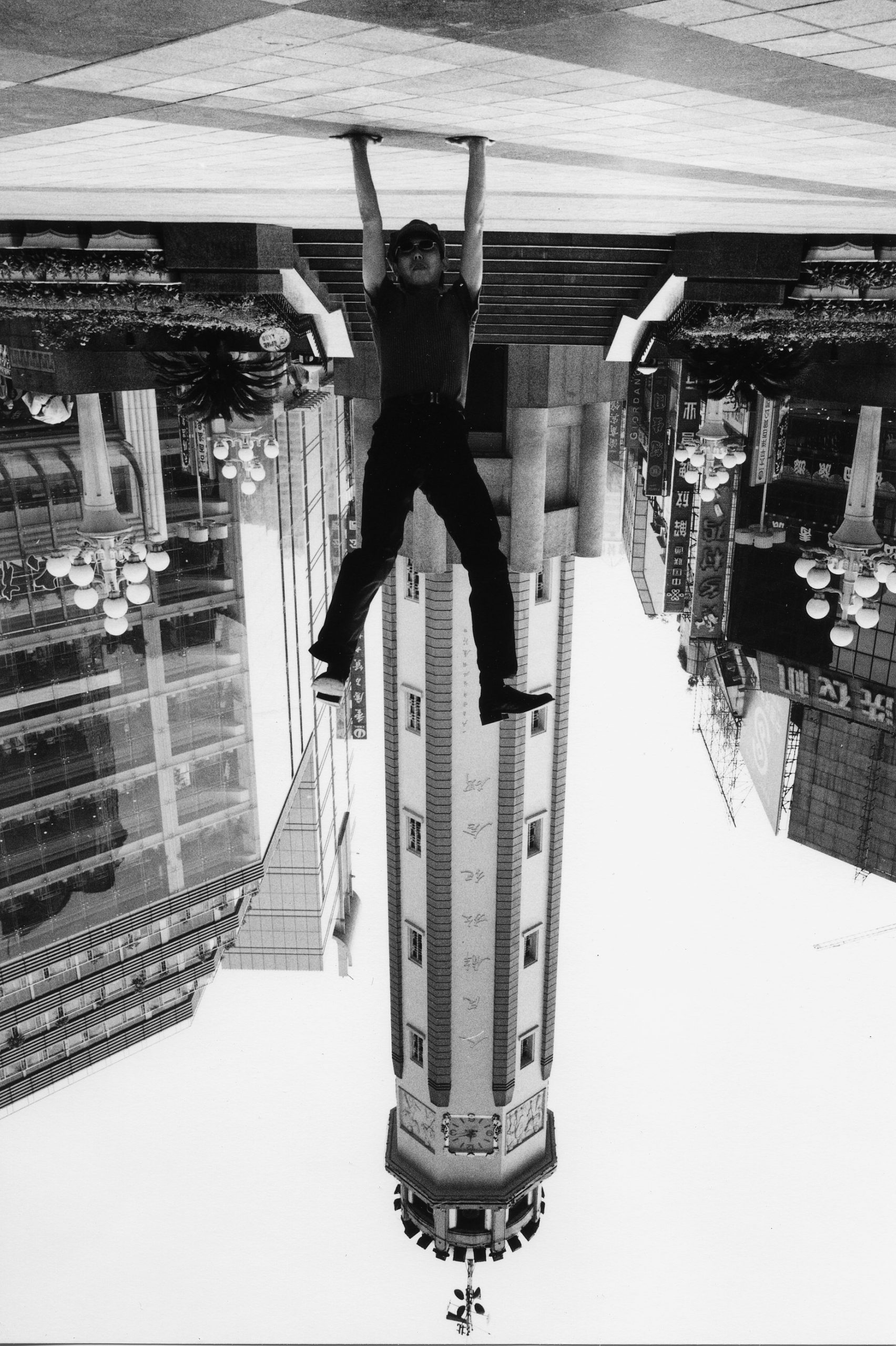
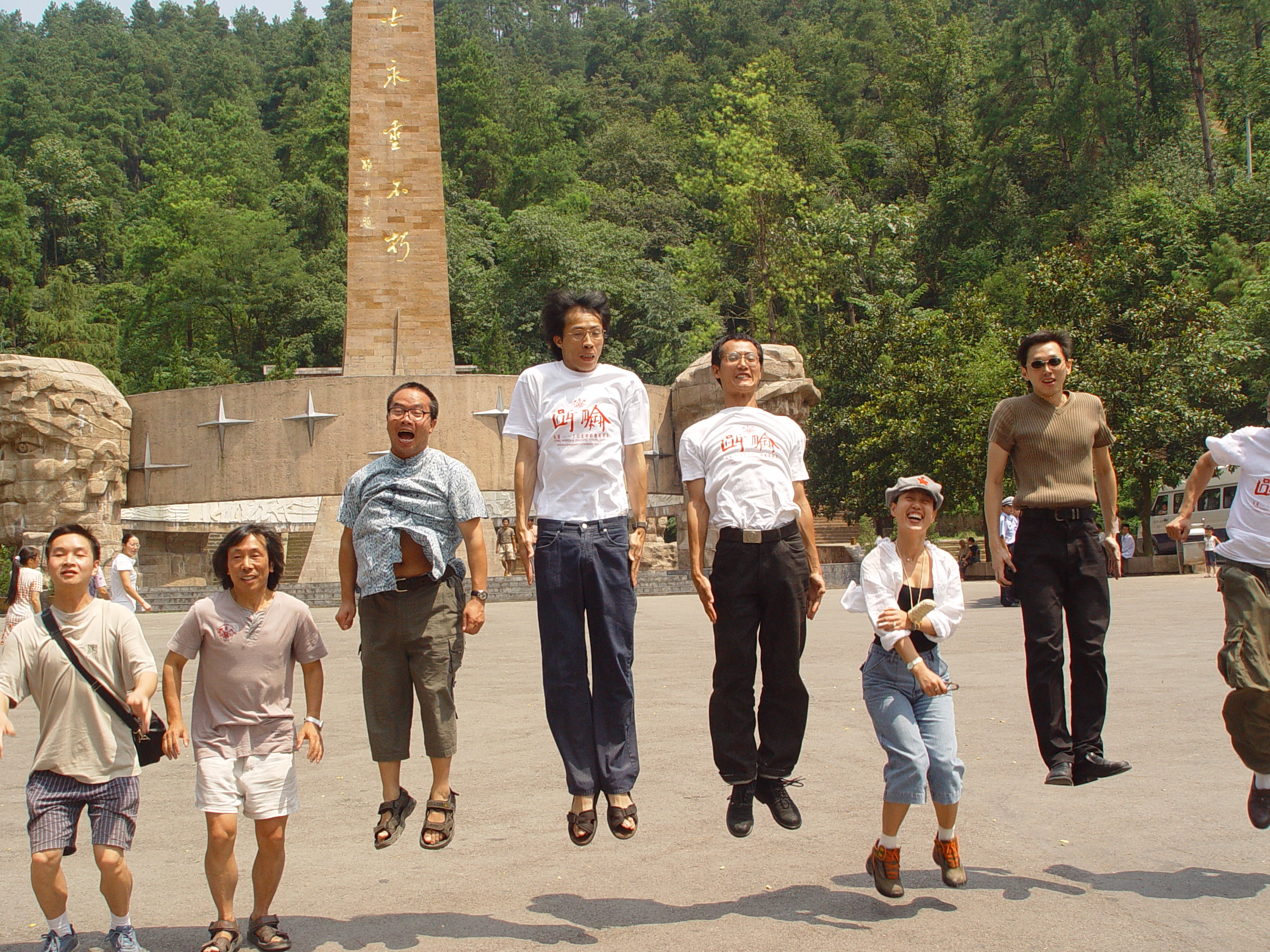
Ingo Gunther
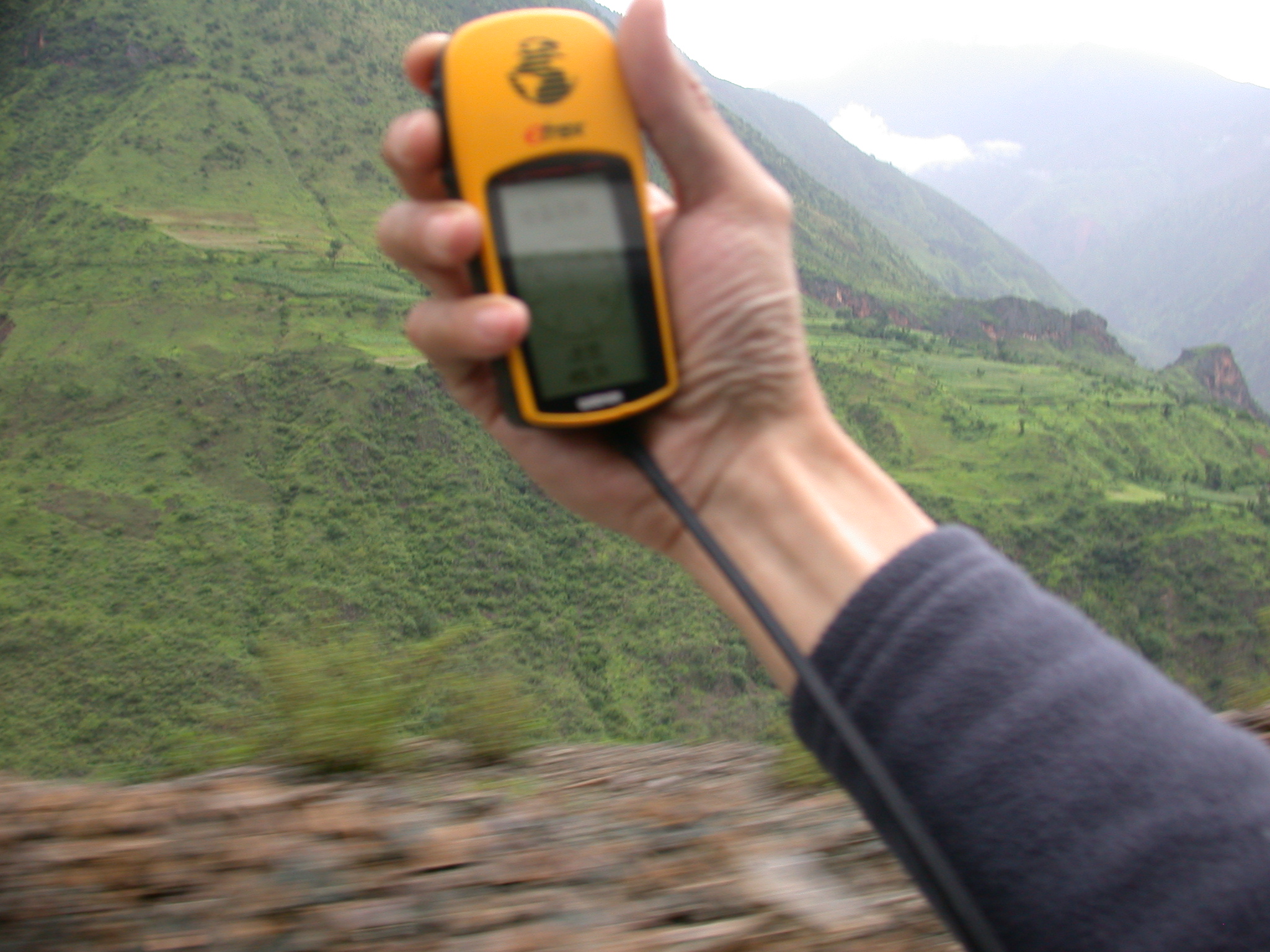 Ingo Günther, Latitude and Altitude, 2002
Ingo Günther, Latitude and Altitude, 2002
Jiang Jie
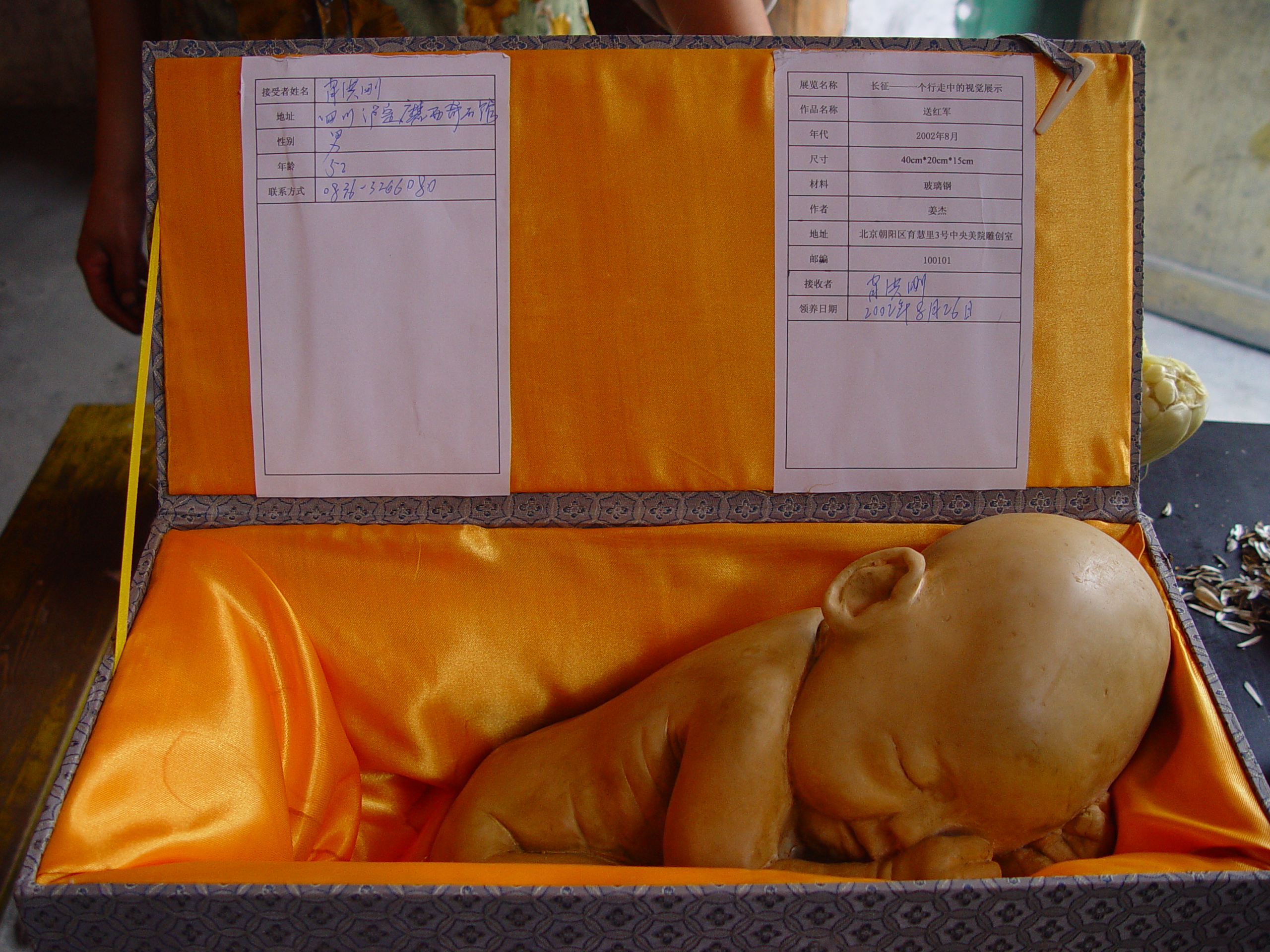 Jiang Jie, Sending off the Red Army: In Commemoration of the Mothers on the Long March, 2002 (title later changed to Xiao Shuxian)
Jiang Jie, Sending off the Red Army: In Commemoration of the Mothers on the Long March, 2002 (title later changed to Xiao Shuxian)
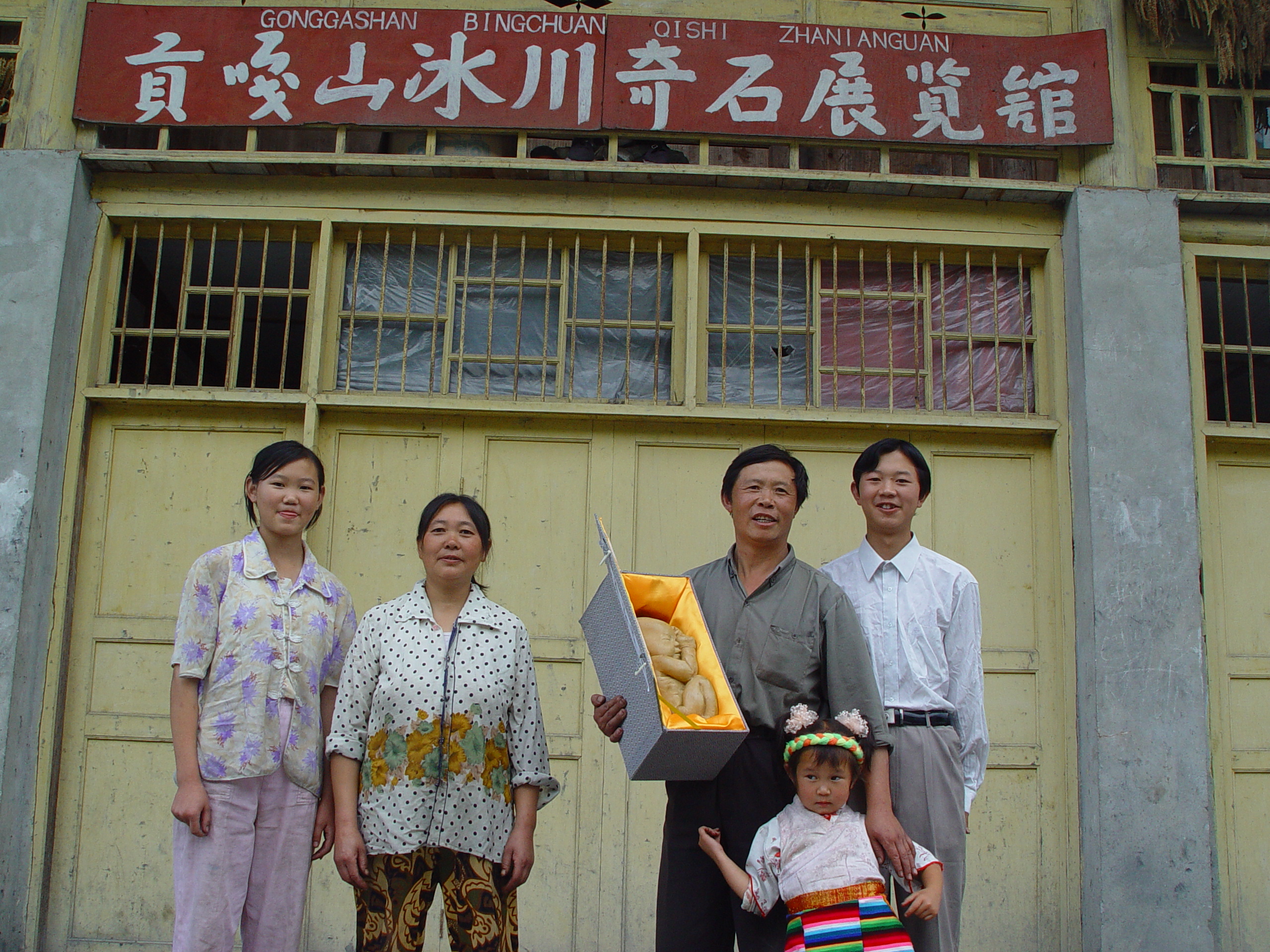 26 August 2002, The first photo of Xiao Honggang and his family together with the adopted “Xiao Shuxian”
26 August 2002, The first photo of Xiao Honggang and his family together with the adopted “Xiao Shuxian”
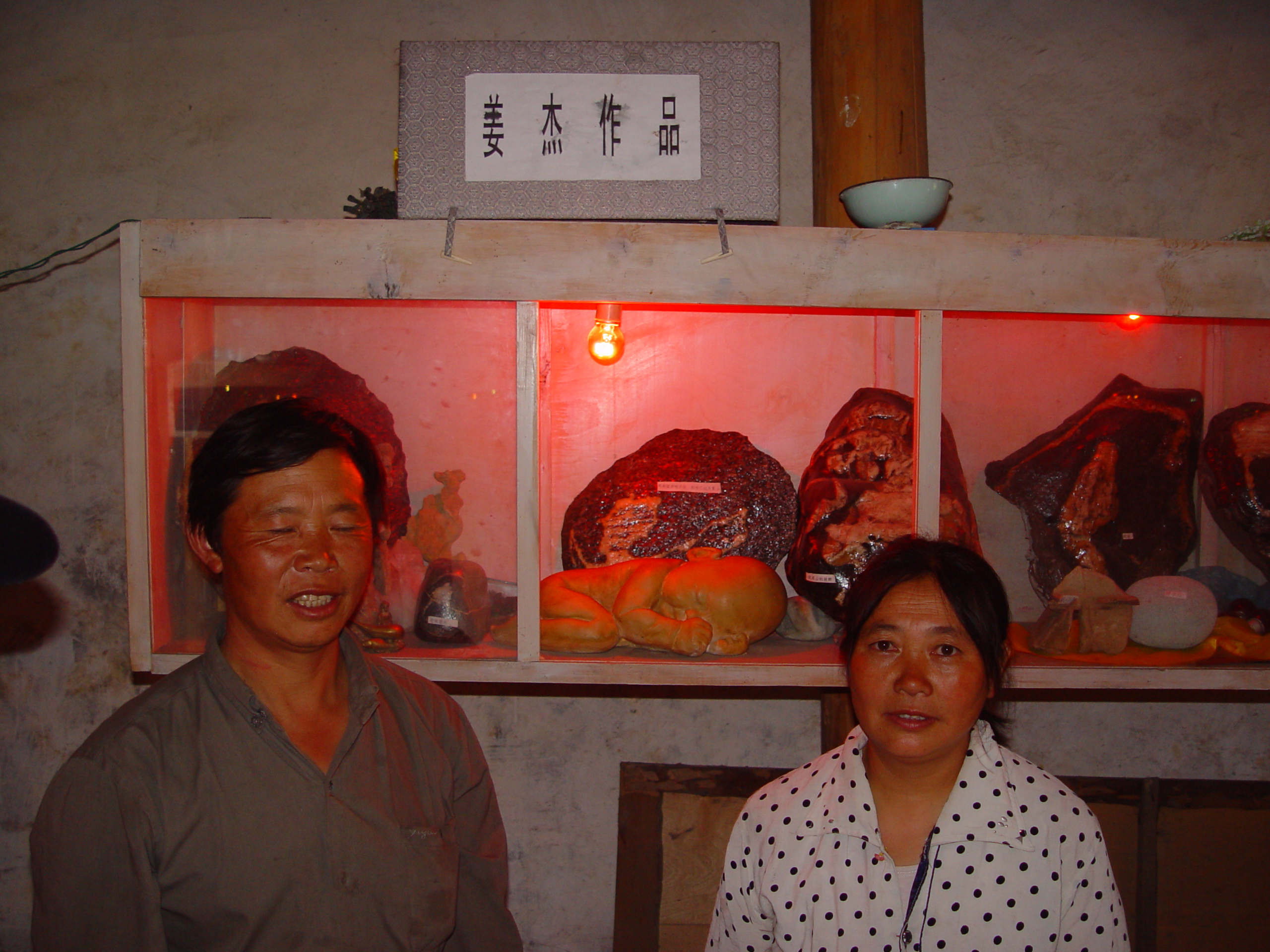
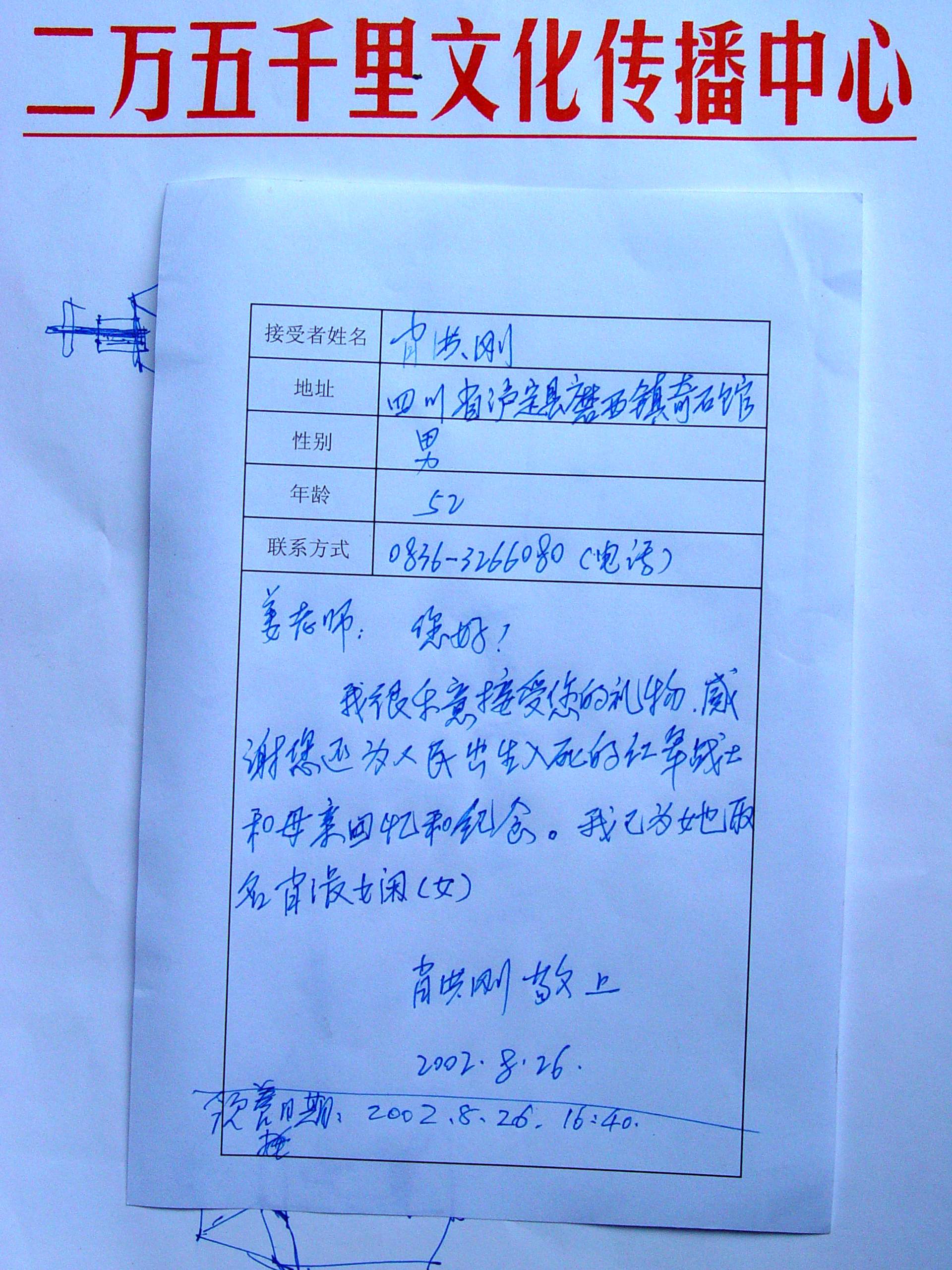
Qiu Zhijie
Left/Right implemented by Qiu Zhijie along the duration of the journey took the form of a custom-made pair of shoes worn throughout the entire Long March. On the sole of the left shoe the word “right” is carved, and on the sole of the right shoe the word “left”. This way he could leave the mark of the words “left” and “right” in his footprints along the way, for example after passing through puddles or over sandy ground.
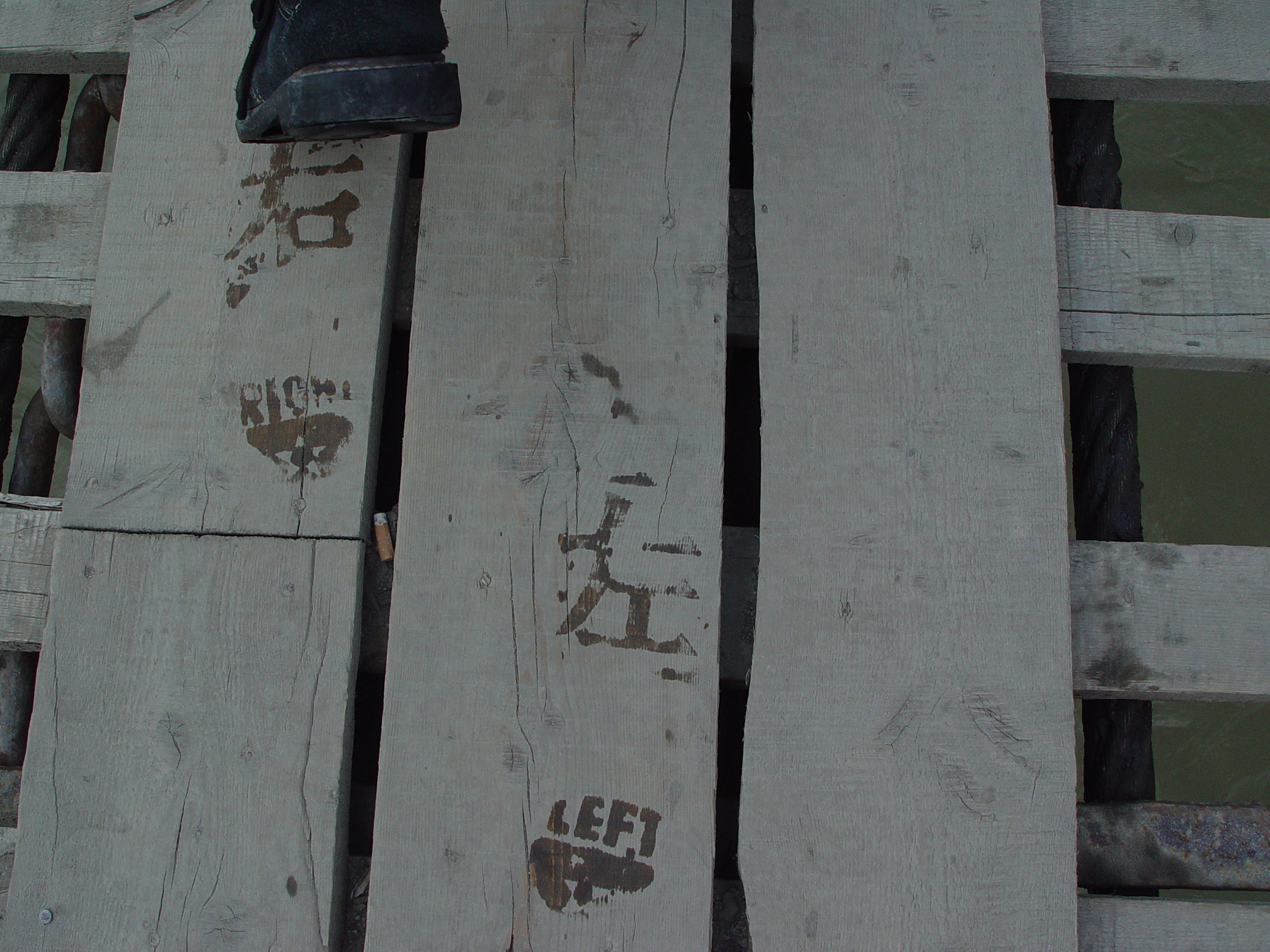 For most of the time, however, this work does not take shape. Qiu left his first footprint in Maoping village.
For most of the time, however, this work does not take shape. Qiu left his first footprint in Maoping village.
Qin Ga
28 June 2002. The Long March troops left Beijing and started the “Long March – A Walking Visual Display” beginning in Ruijin in Jiangxi Province. The artist Qin Ga stayed in Beijing and took part in the Long March from afar. First off, he tattooed a map of China onto his back, afterwards, at each new station the Long March troops reached a message would be relayed back to Qin Ga using modern communication tools and a tattoo artist would add to Qin Ga’s tattoo each day, leaving a record of every step and every stop along the Long March troops’ journey on his skin. All 25,000 miles of the march compressed in ink through the tattoo needle onto Qin Ga’s back. He thereby became an artwork and his body a Long March object, an agglomeration of history, collective memory and individual memory. In September 2002 at Luding Bridge, the twelfth out of twenty planned stops along the march, the continuation of Long March Project was announced. Upon returning to Beijing, Qin Ga’s tattoo work was placed on hold.
1 May 2005. Chief Curator of Long March Lu Jie brought the Long March workers to Beijing West Bus Station to send off Qin Ga. Three years before, when the Long March troops had been moving day by day along their journey, Qin Ga had stayed in Beijing; today the Long March troops were the ones staying in Beijing while Qin Ga would travel along the Long March route from Luding Bridge in Sichuan Province over the snowy peaks and grasslands to Yan’an. With him travelled a tattoo artist, and the the cameramen Gao Feng, Gao Xiang, Li Ding, and Mei Er who are responsible for tattooing the Long March route onto Qin Ga’s body out in the wilds in the mountains and steppe. Due to communication difficulties given the remote location in which Qin Ga will be travelling, it is up to the Long March troops to imagine what Qin Ga is experiencing on his journey, linking together Long March’s collective memory and their experience undertaking the same journey some years before to the individual march. In June 2005, Qin Ga returned to Beijing, thereby completing his own personal Long March.
Qin Ga carrying out the second component of The Miniature Long March, walking towards Jiajin Mountain, 2005.






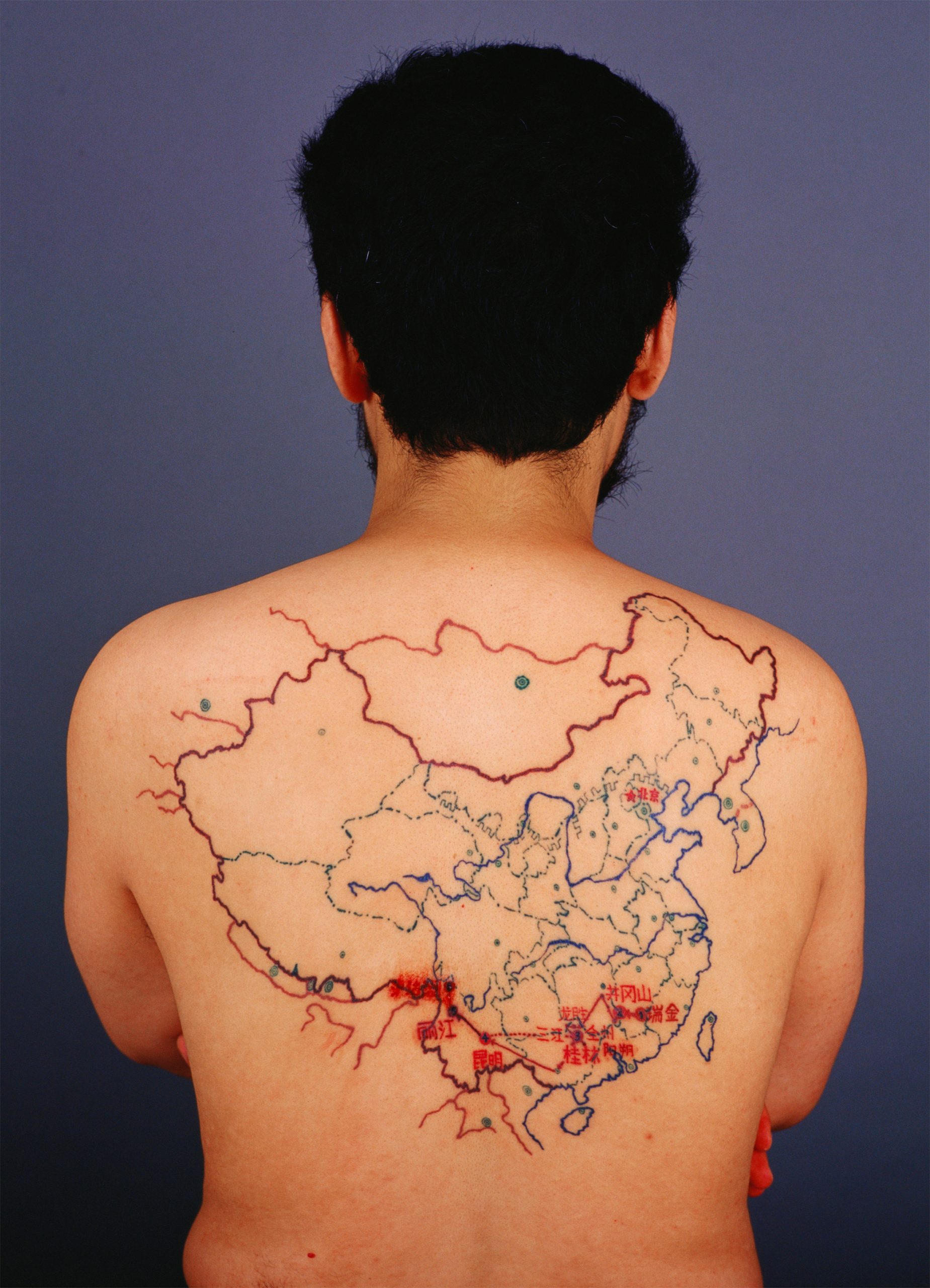

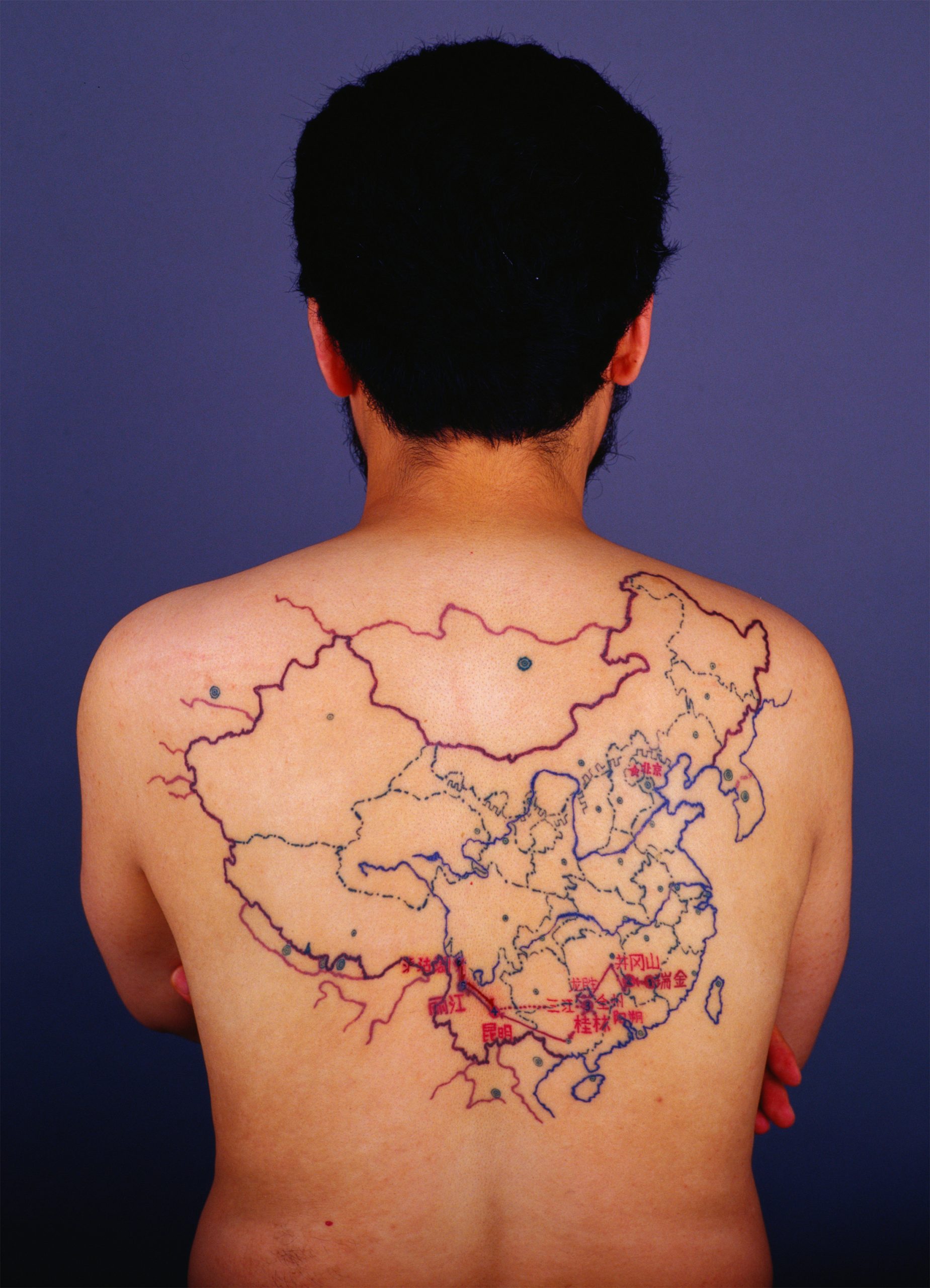




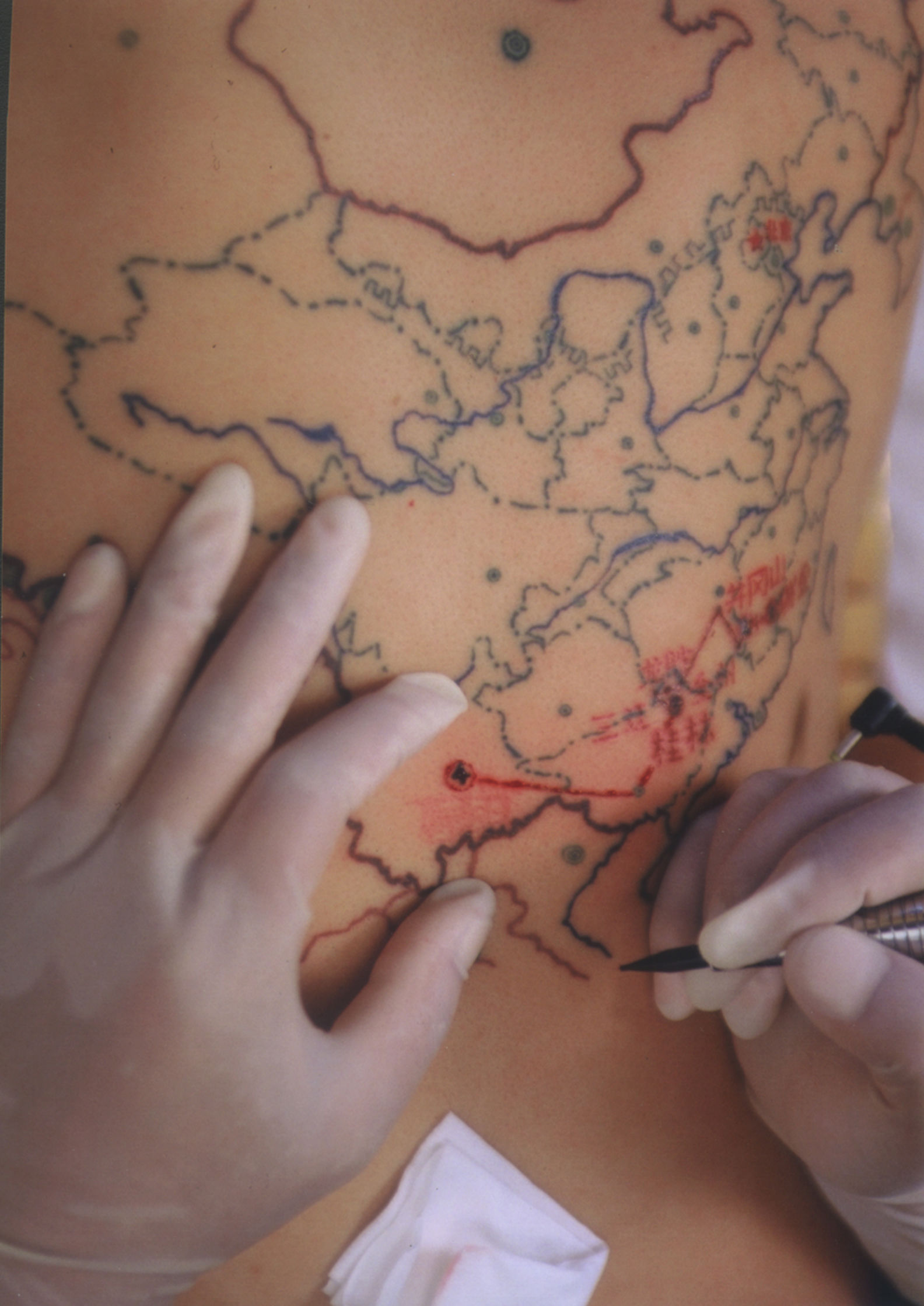
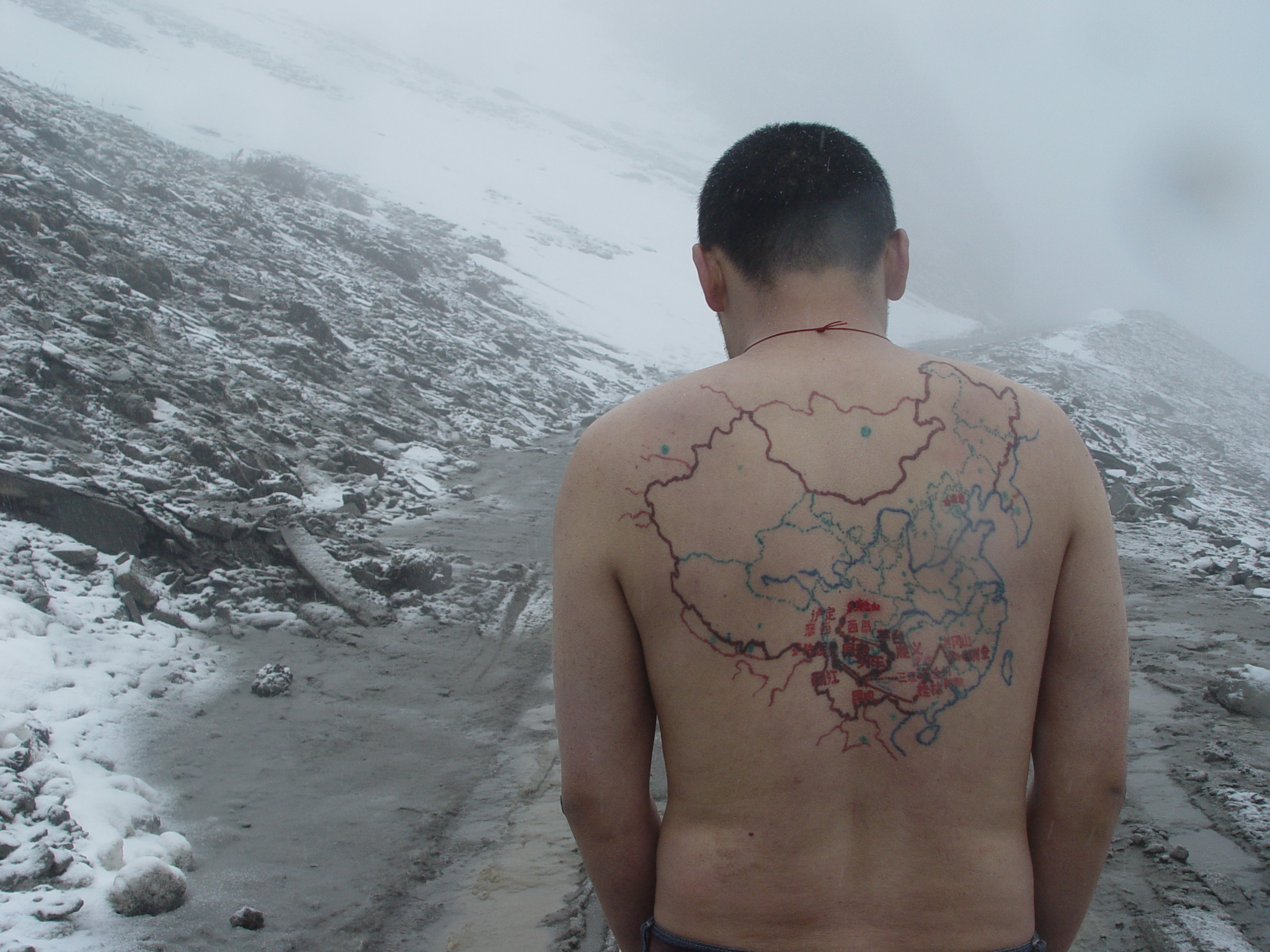
Qin Ga carrying out the second component of The Miniature Long March, walking towards Jiajin Mountain, 2005.
Qiu Zhenzhong
Qiu Zhenzhong, Signature, 2002
Yin Xiuzhen
Yin Xiuzhen, Untitled, 2002


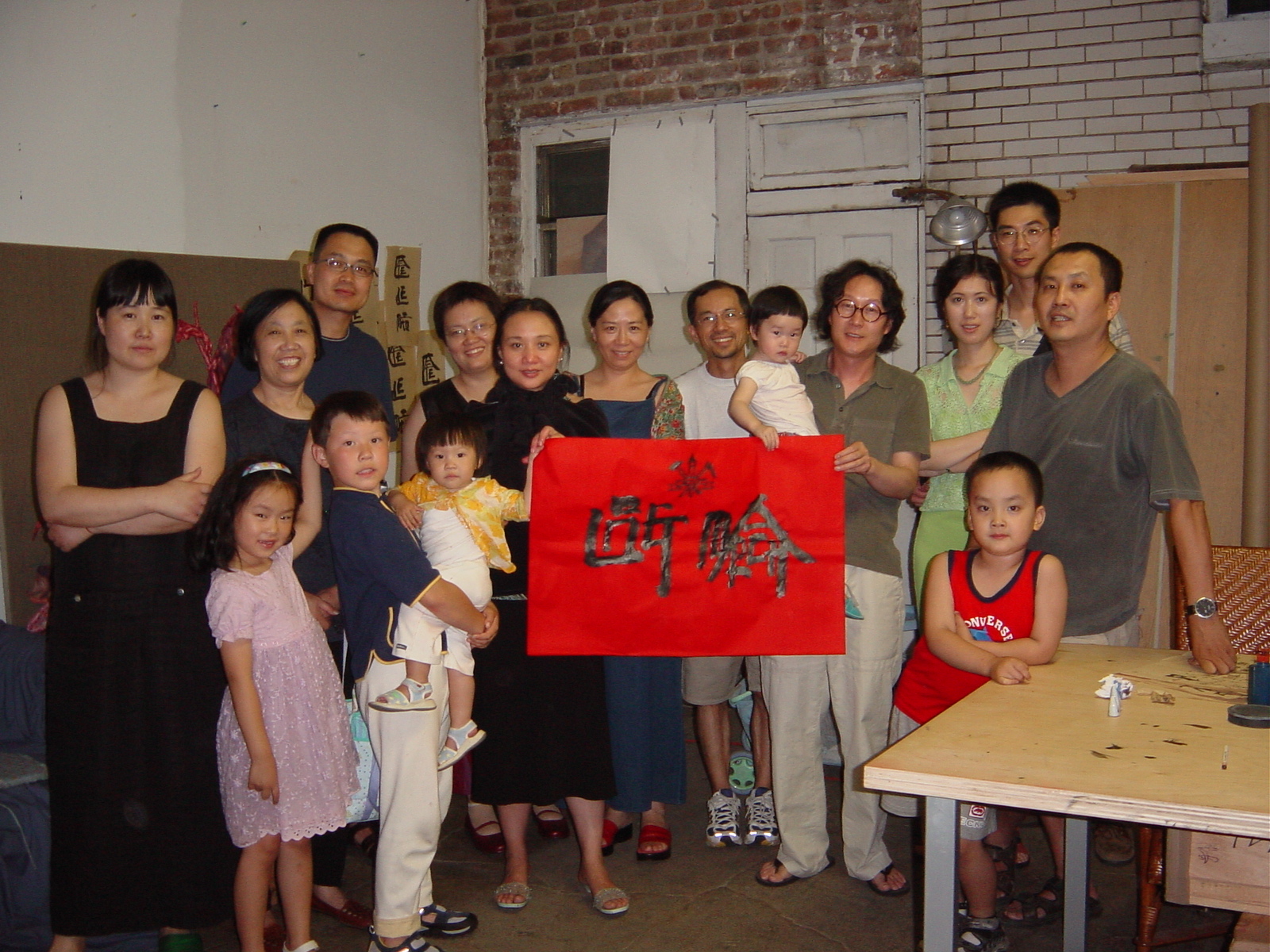
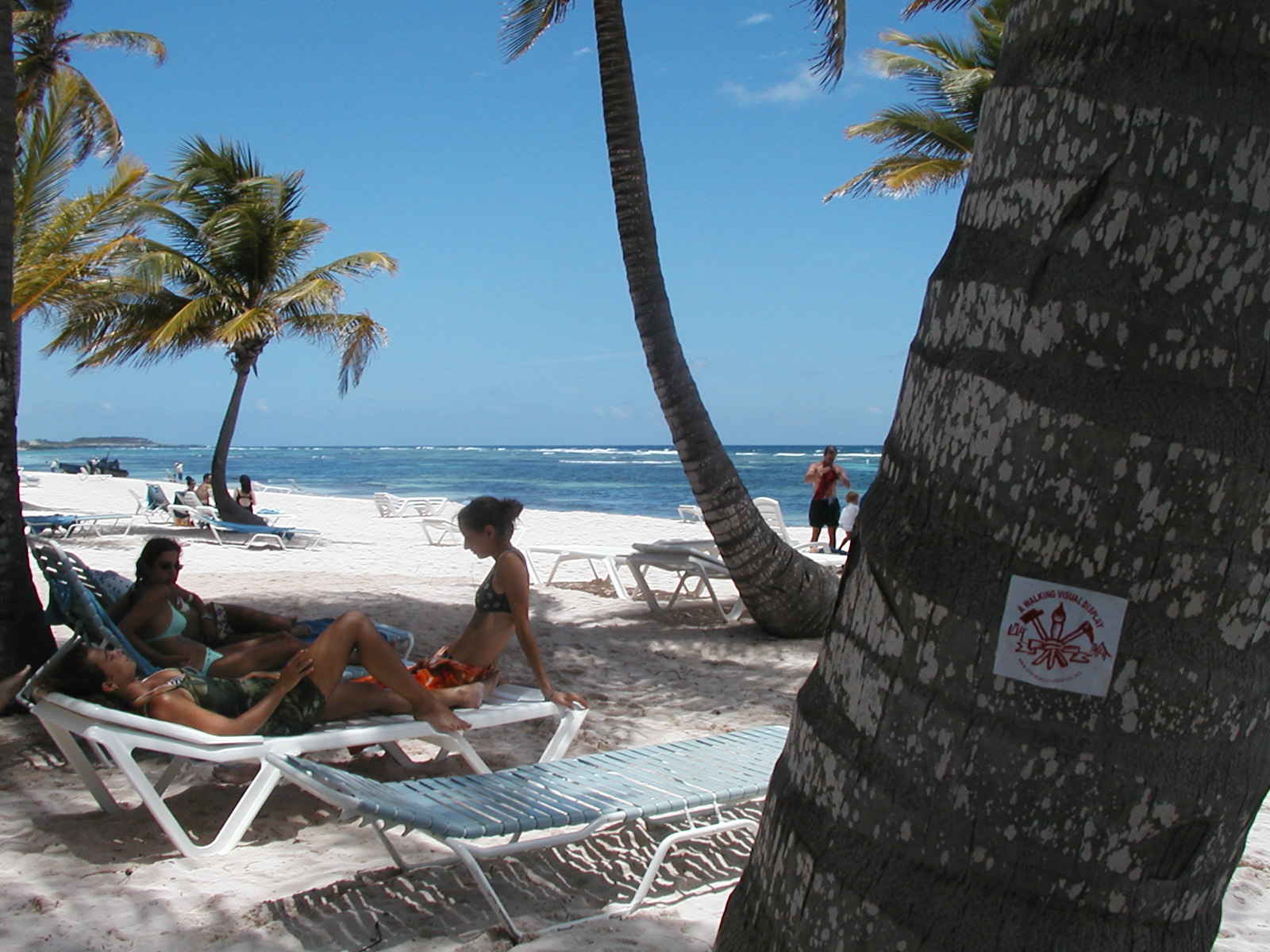
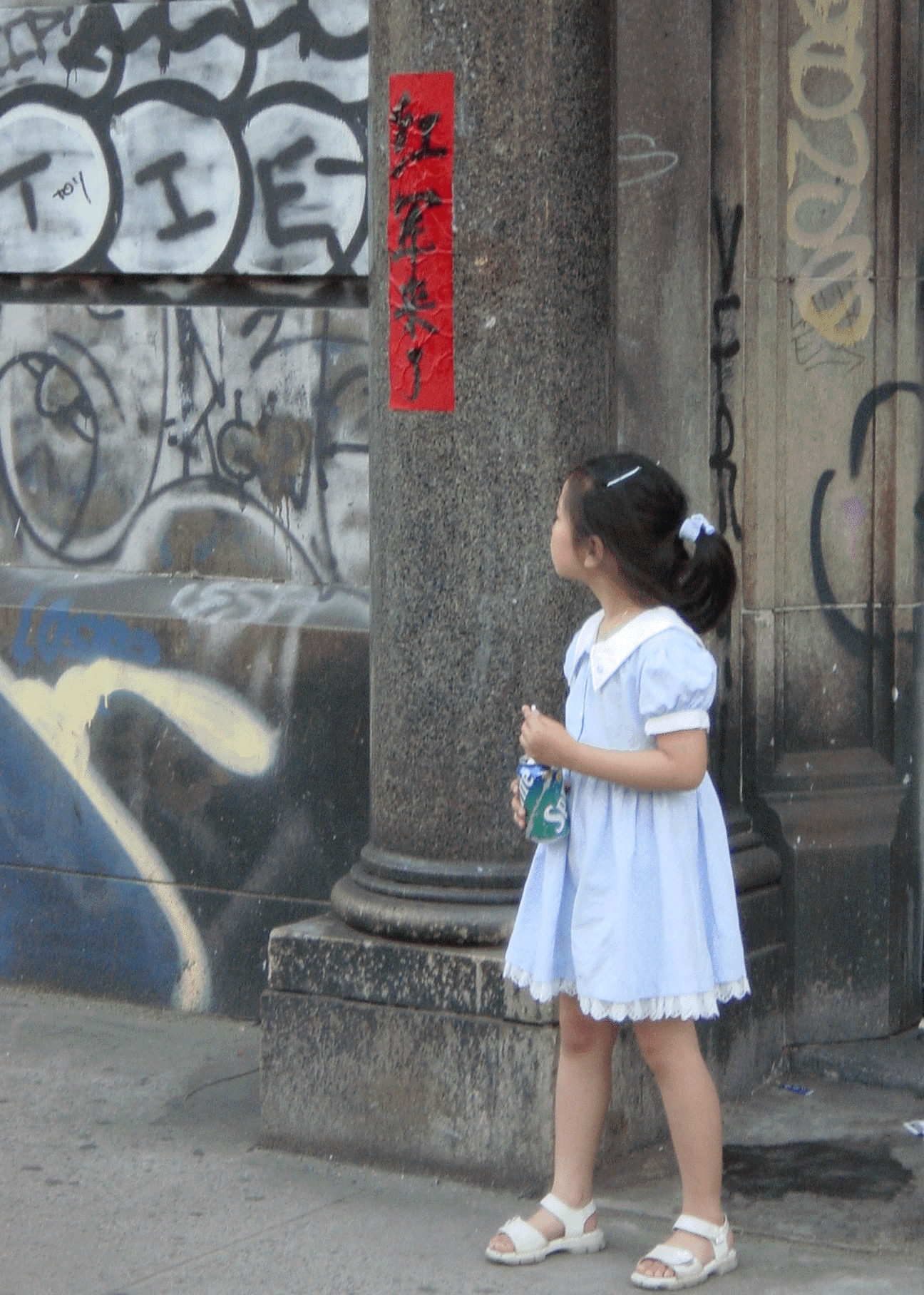
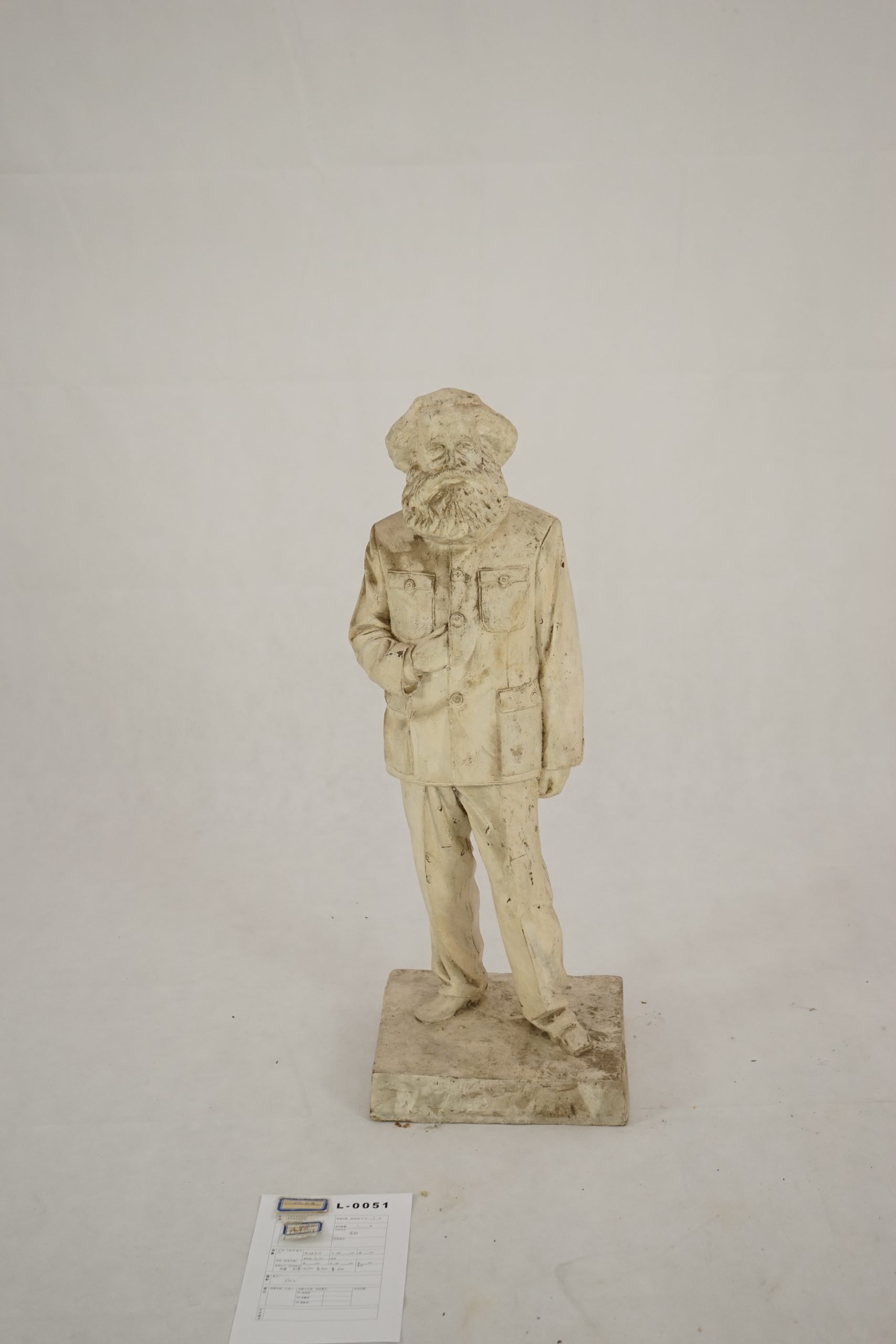 Sui Jianguo, Marx in China, 2002
Sui Jianguo, Marx in China, 2002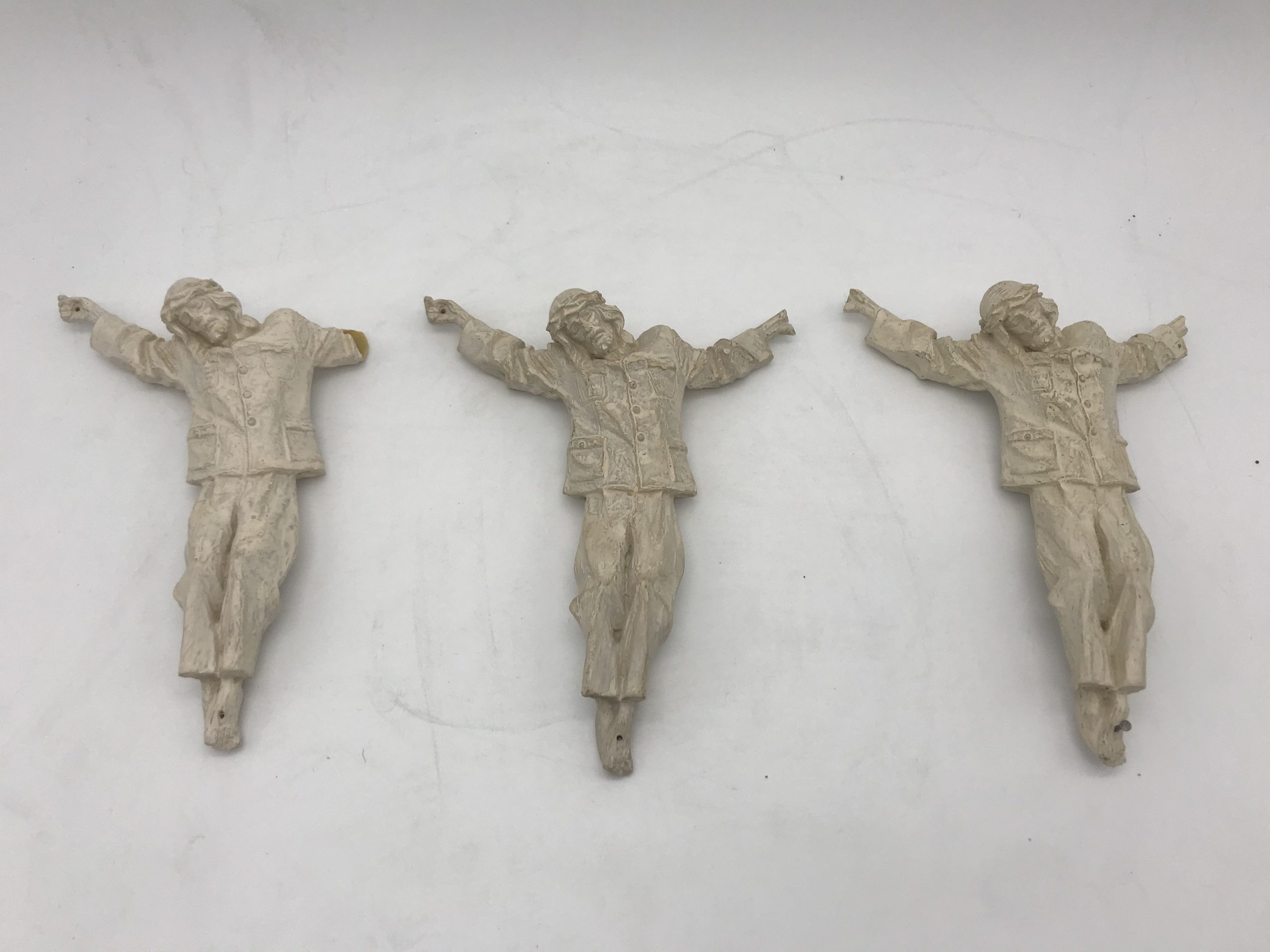 Sui Jianguo, Jesus in China, 2002
Sui Jianguo, Jesus in China, 2002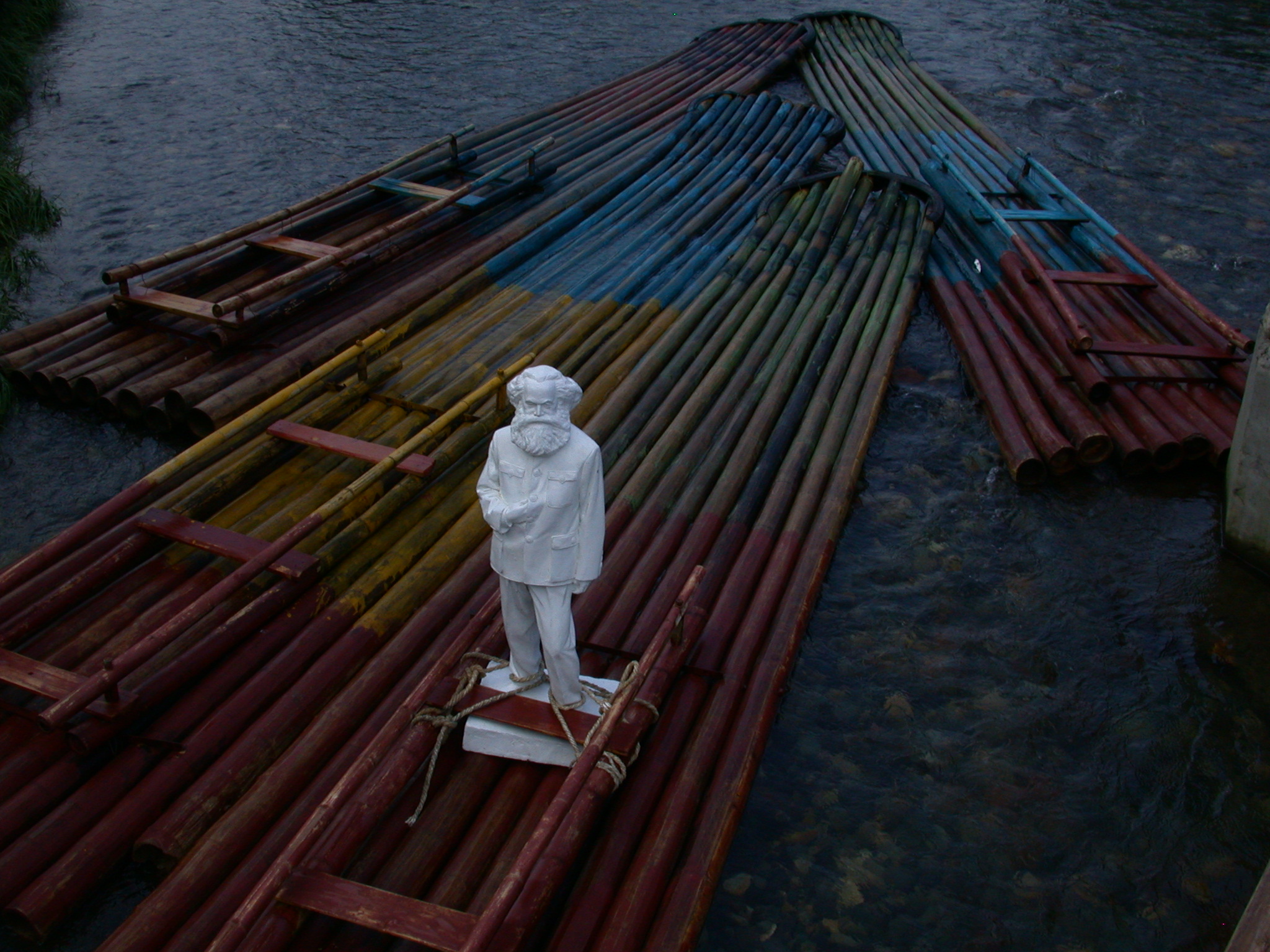
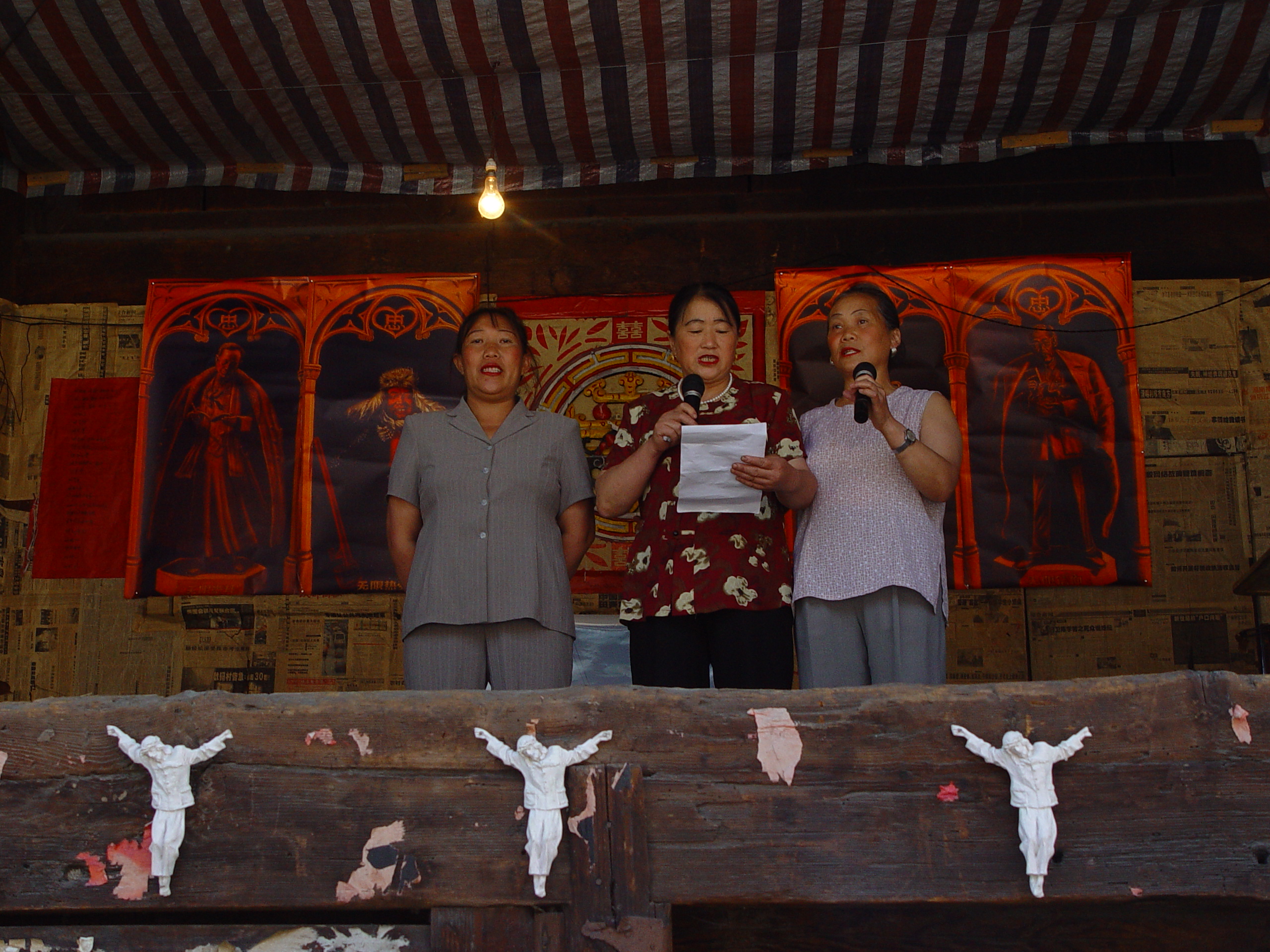

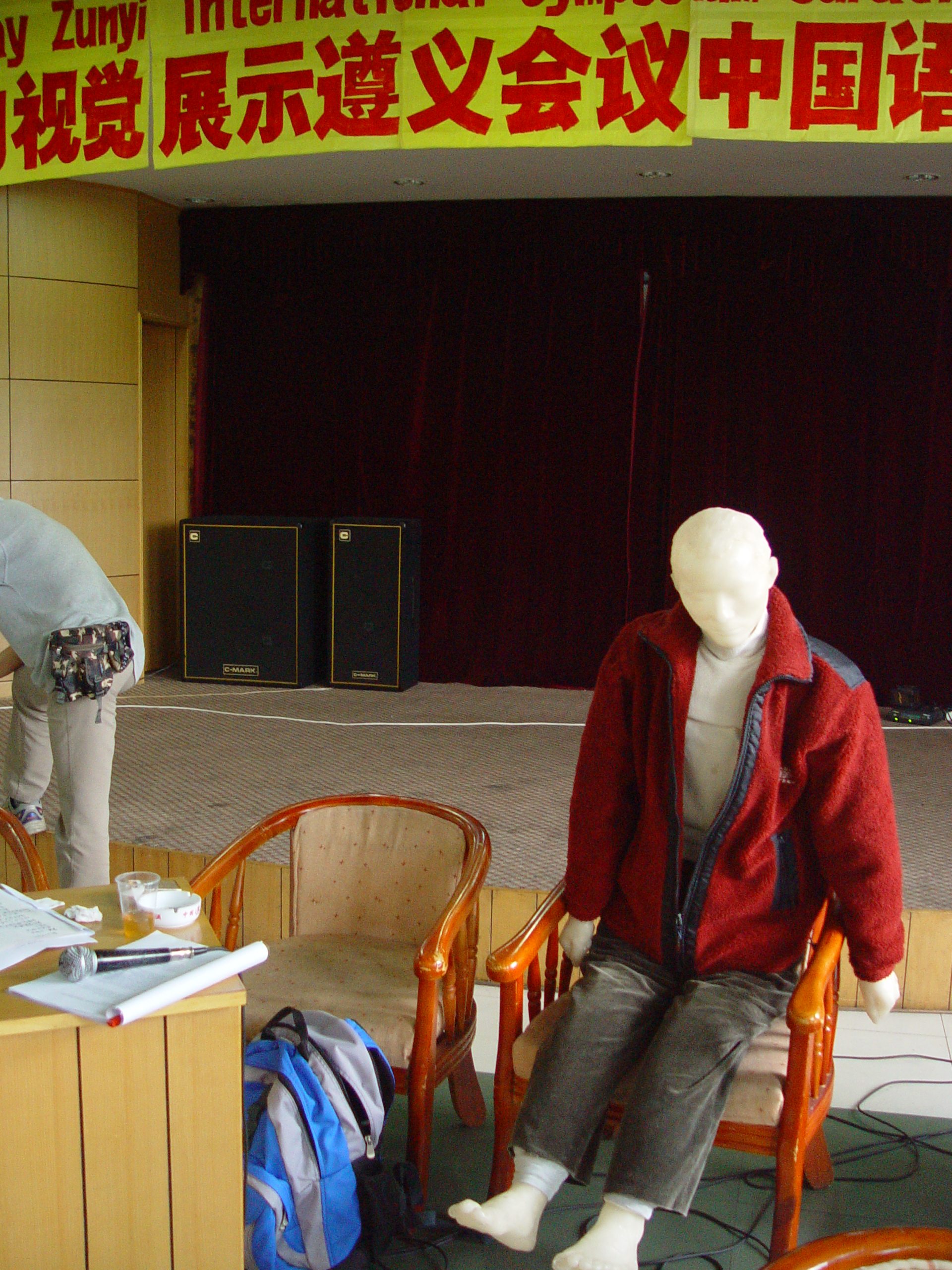
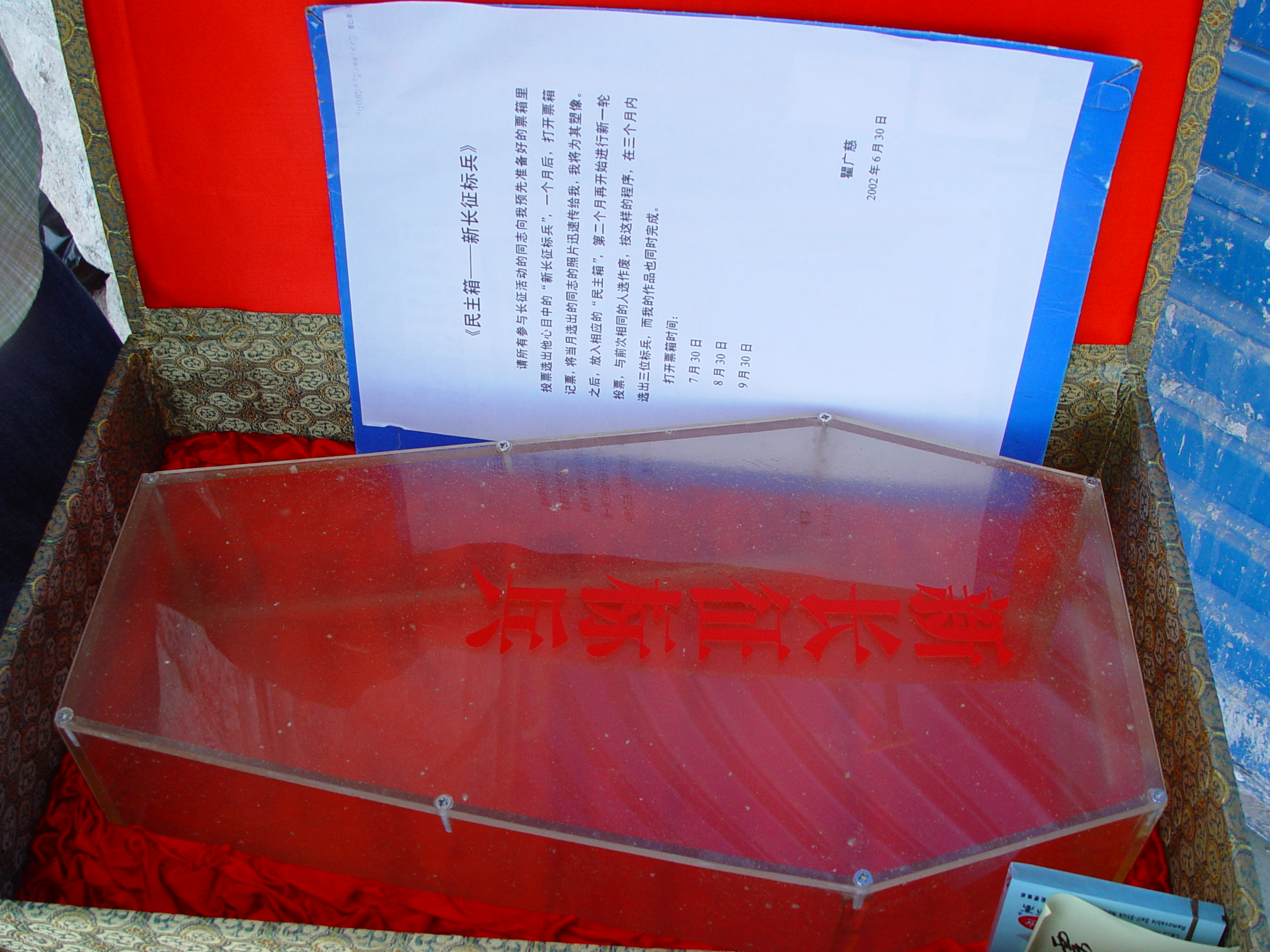
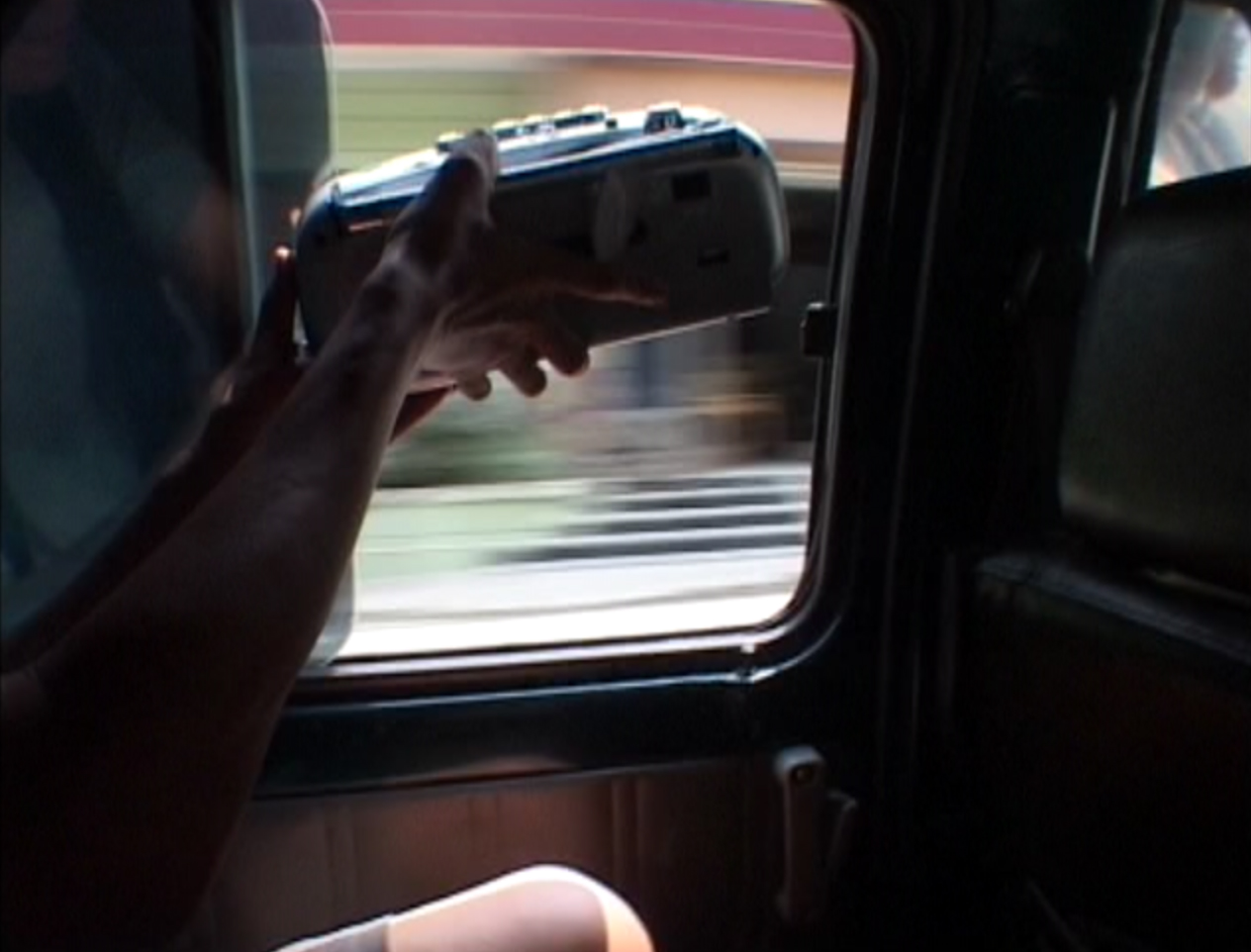 Wang Jingsong, Long March Manifesto, 2002.
Wang Jingsong, Long March Manifesto, 2002.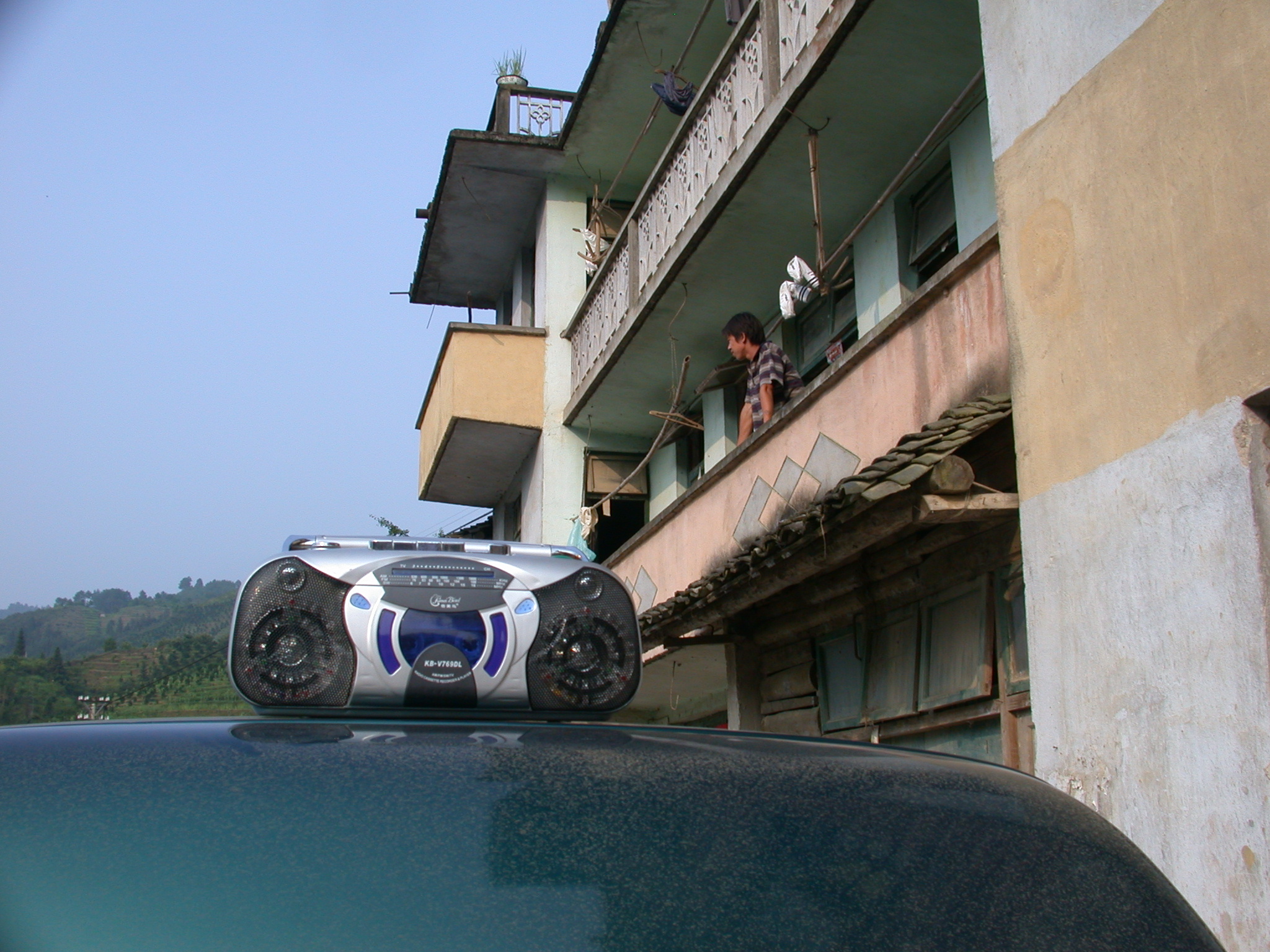
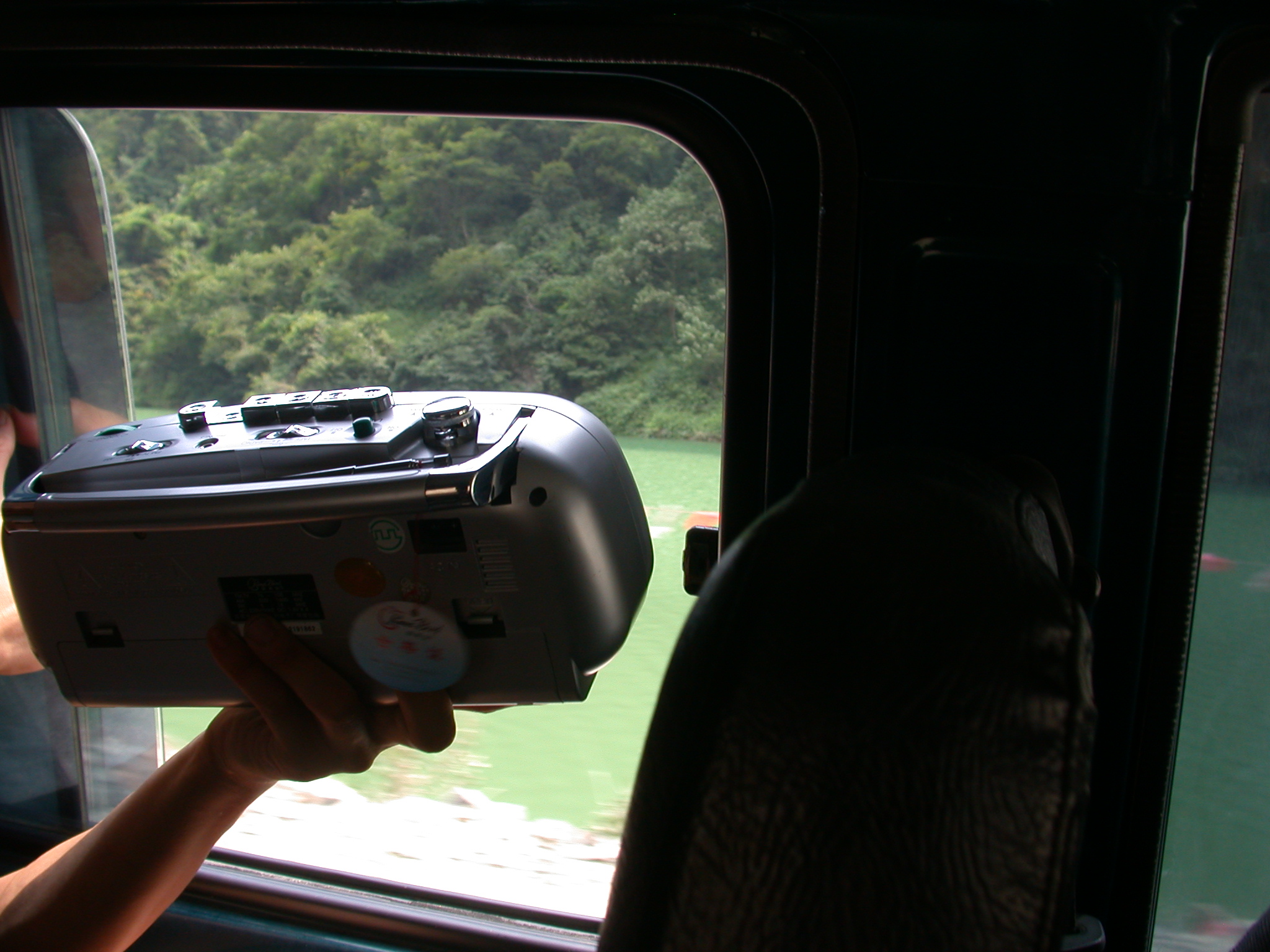
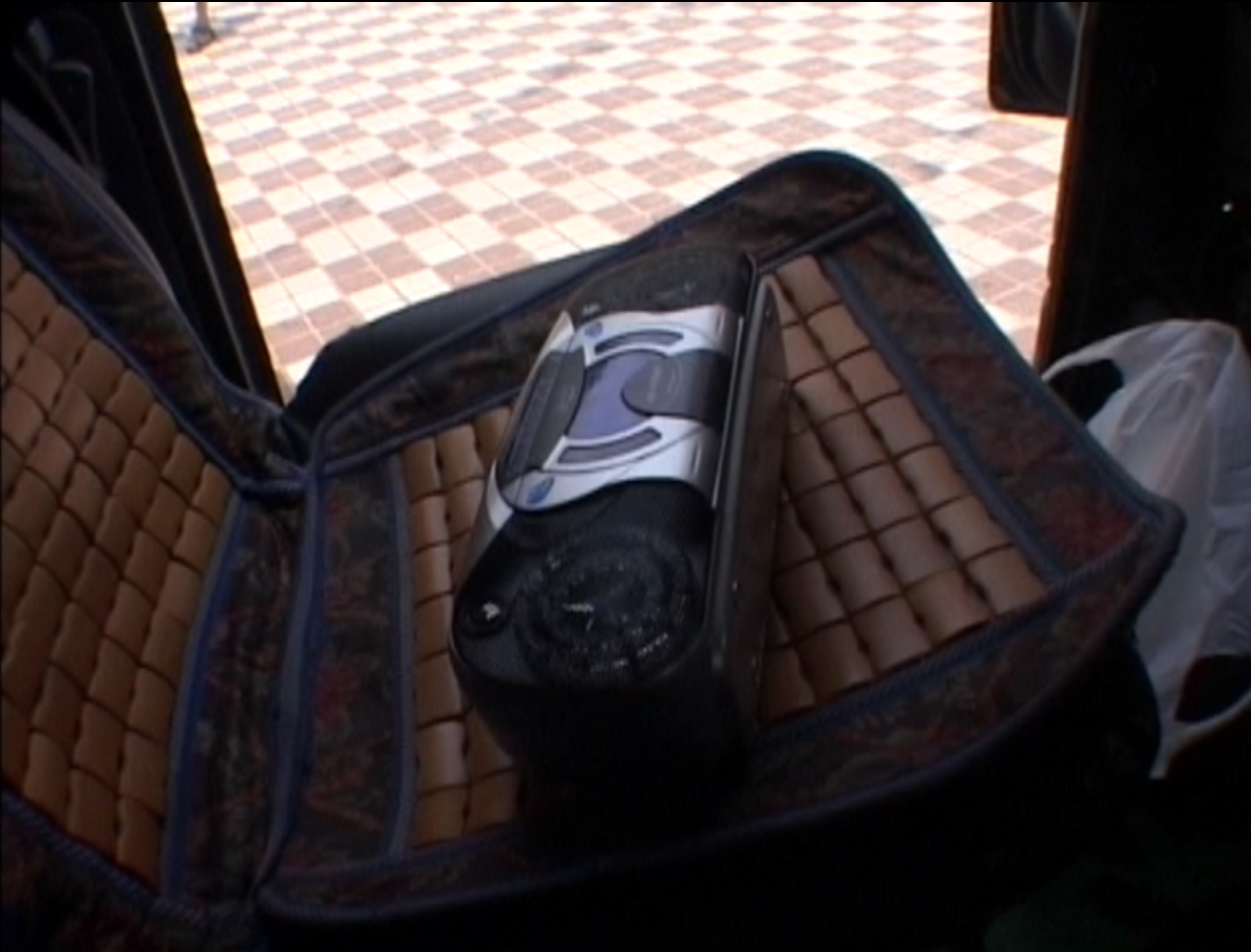

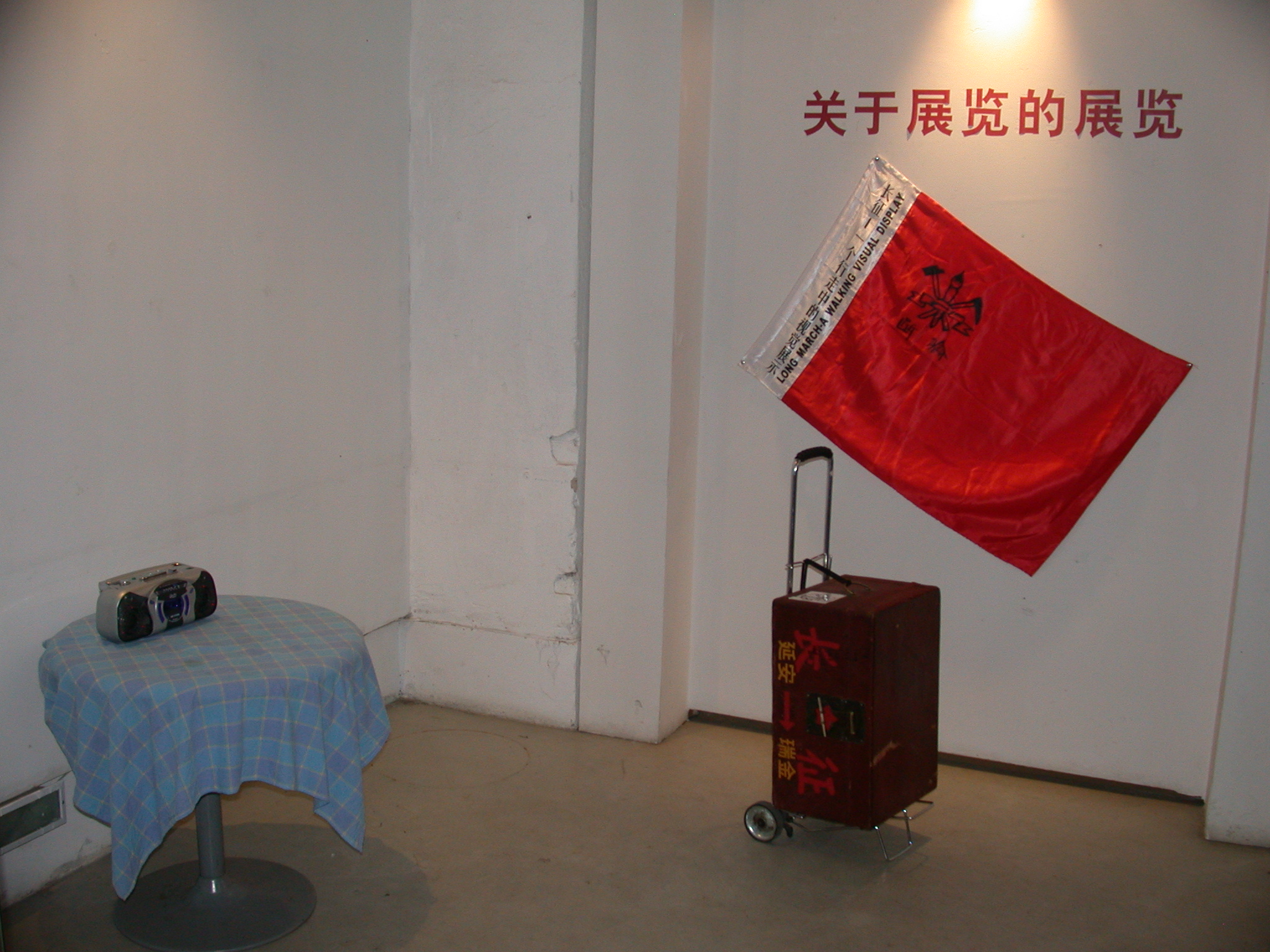
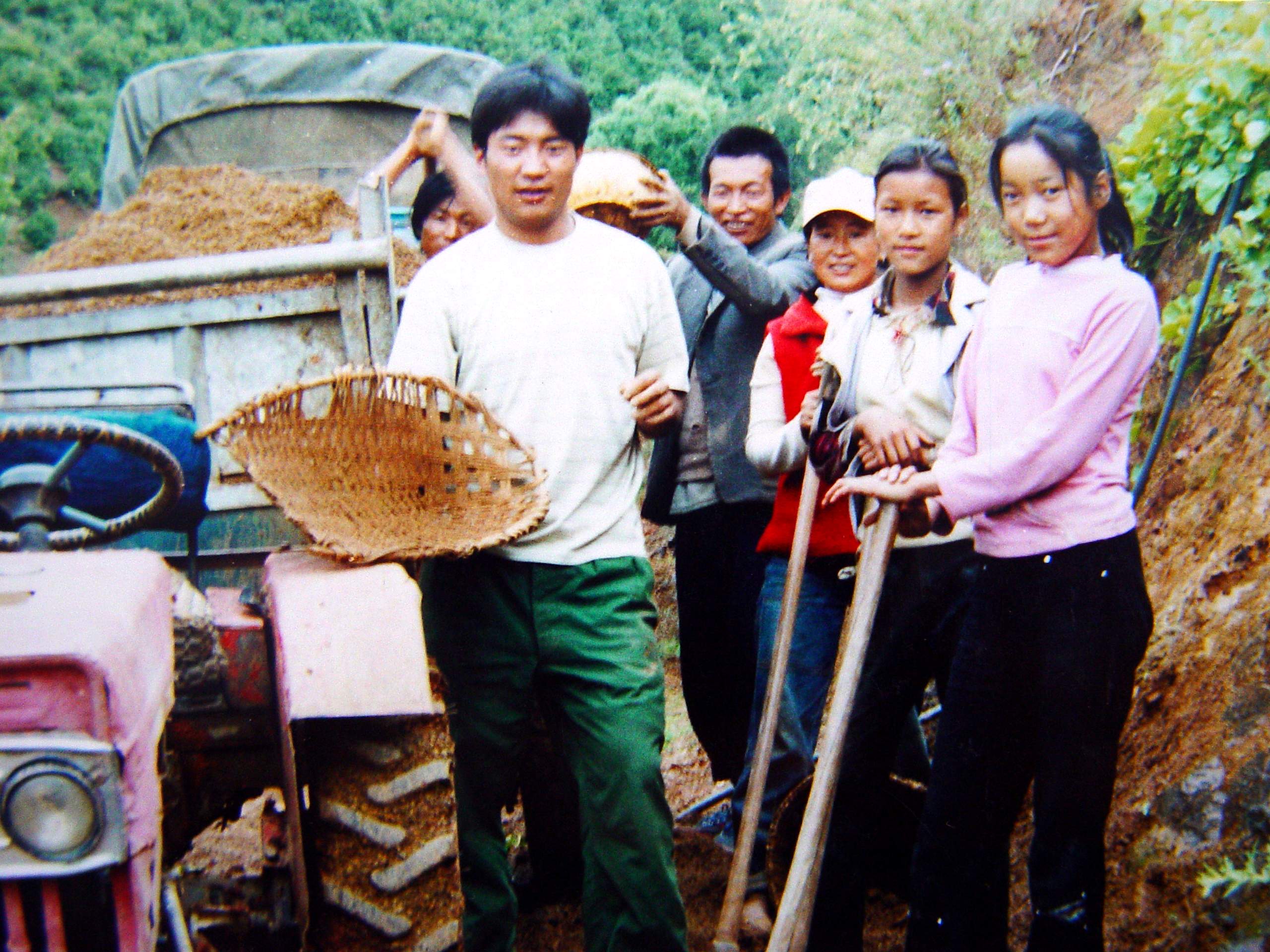
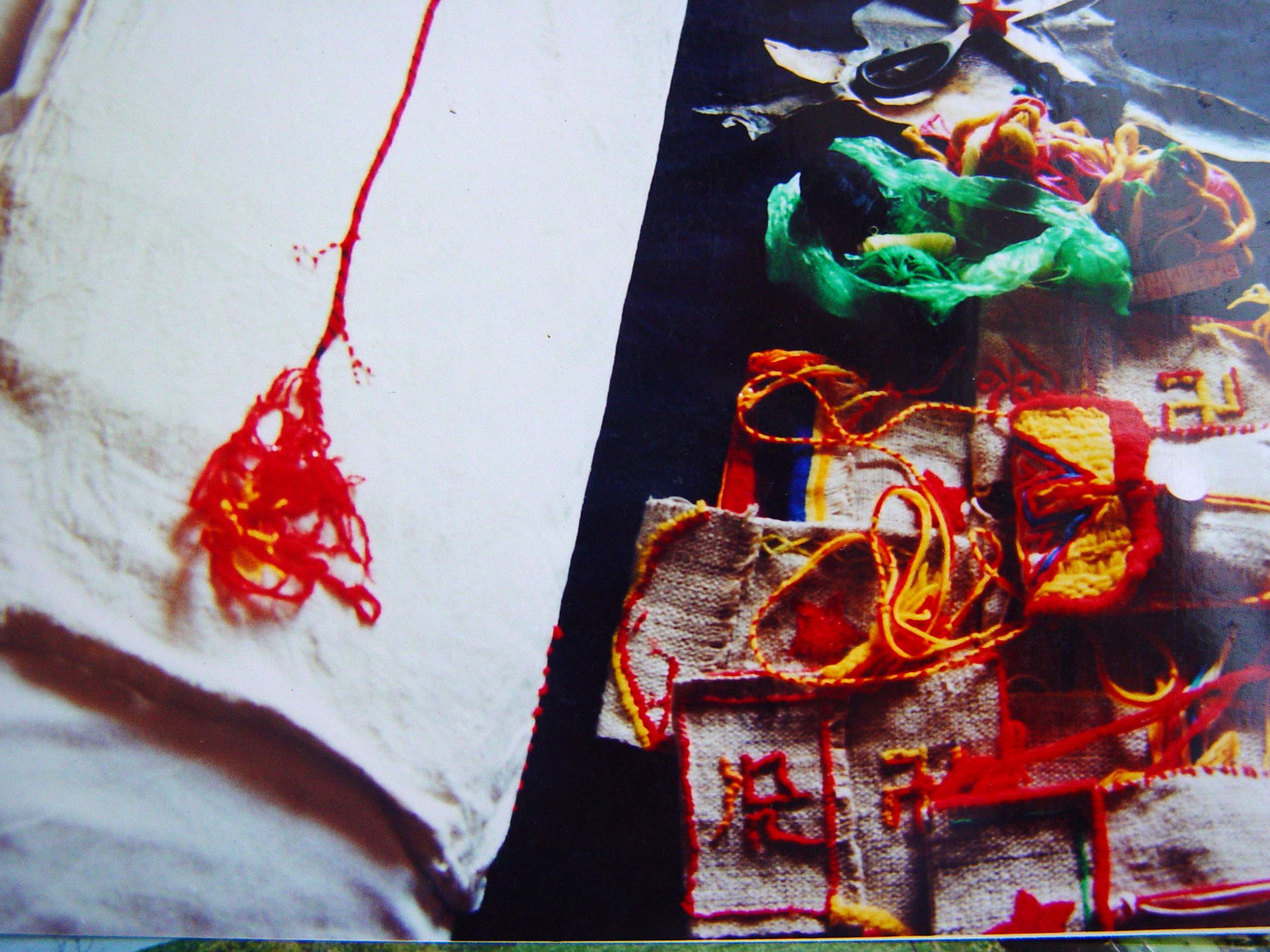
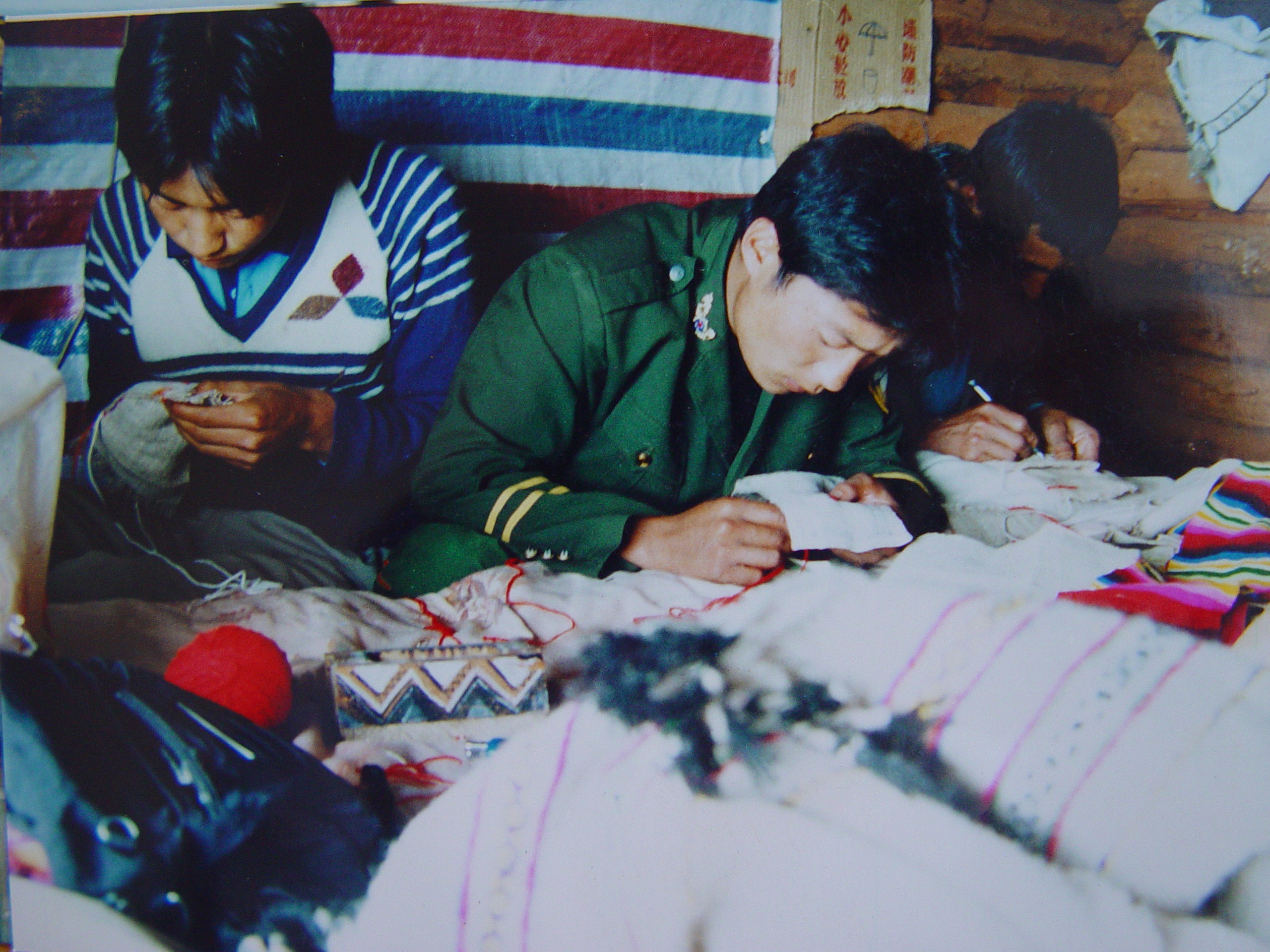
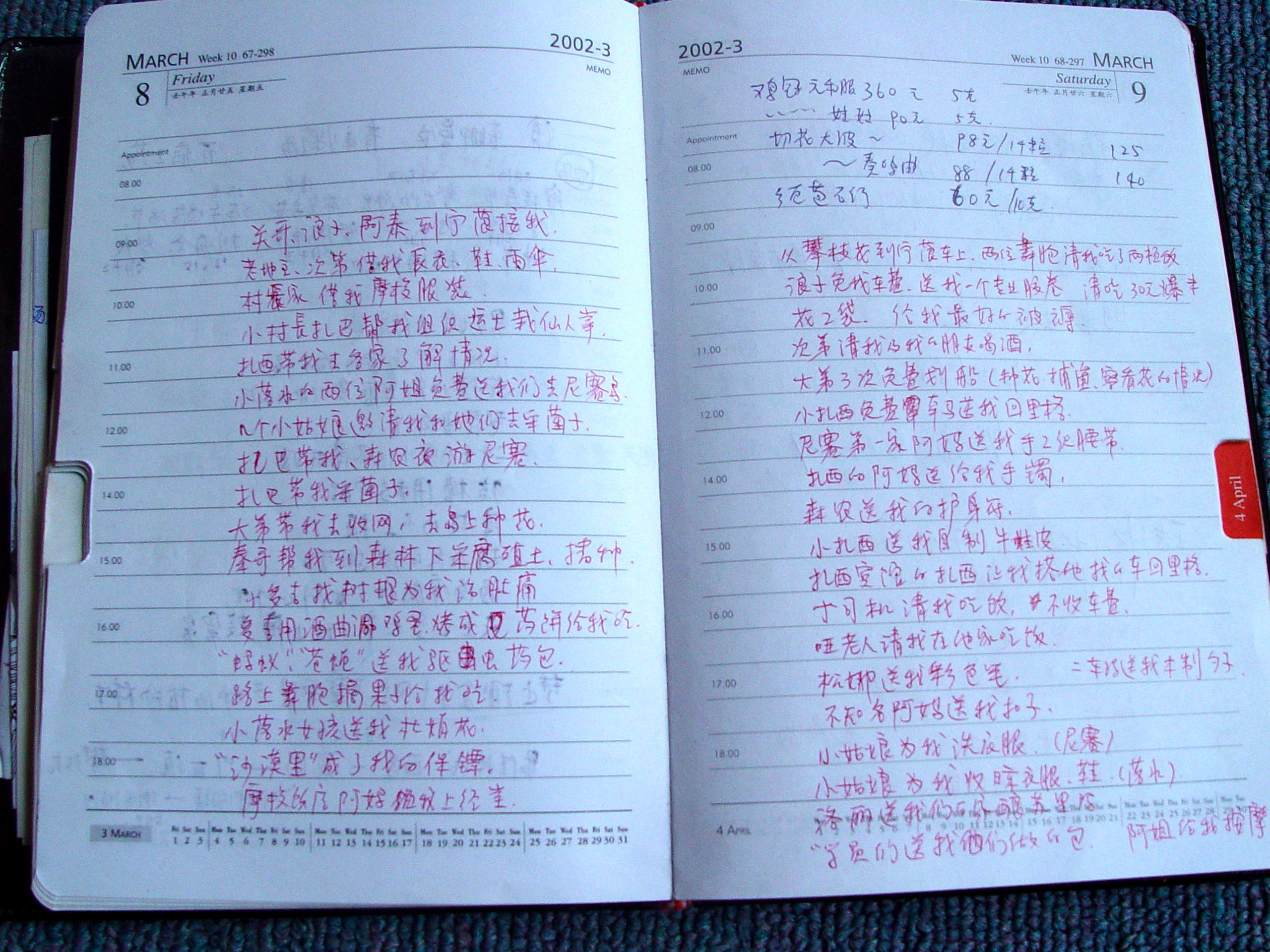
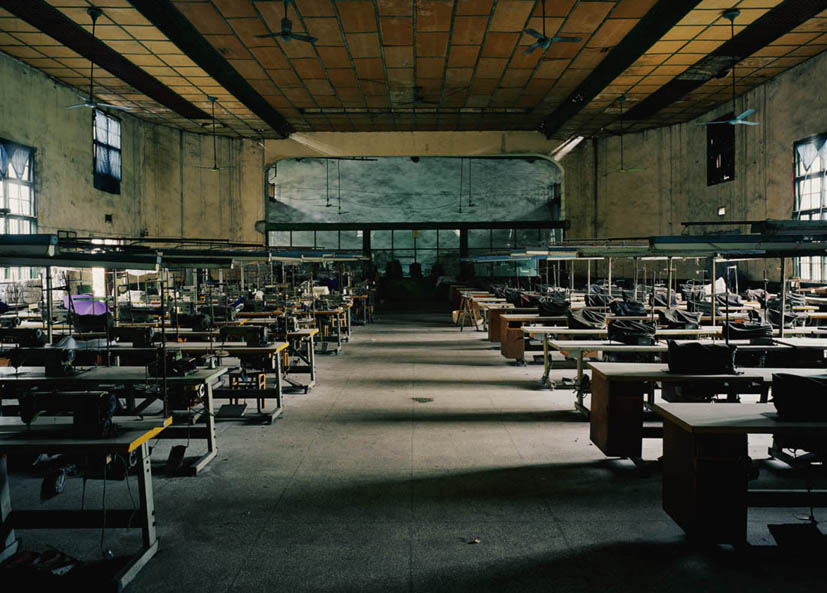 Shao Yinong & Mu Chen, Auditorium, 2002-2006
Shao Yinong & Mu Chen, Auditorium, 2002-2006